Articles

Beer and desserts
26 December 2025
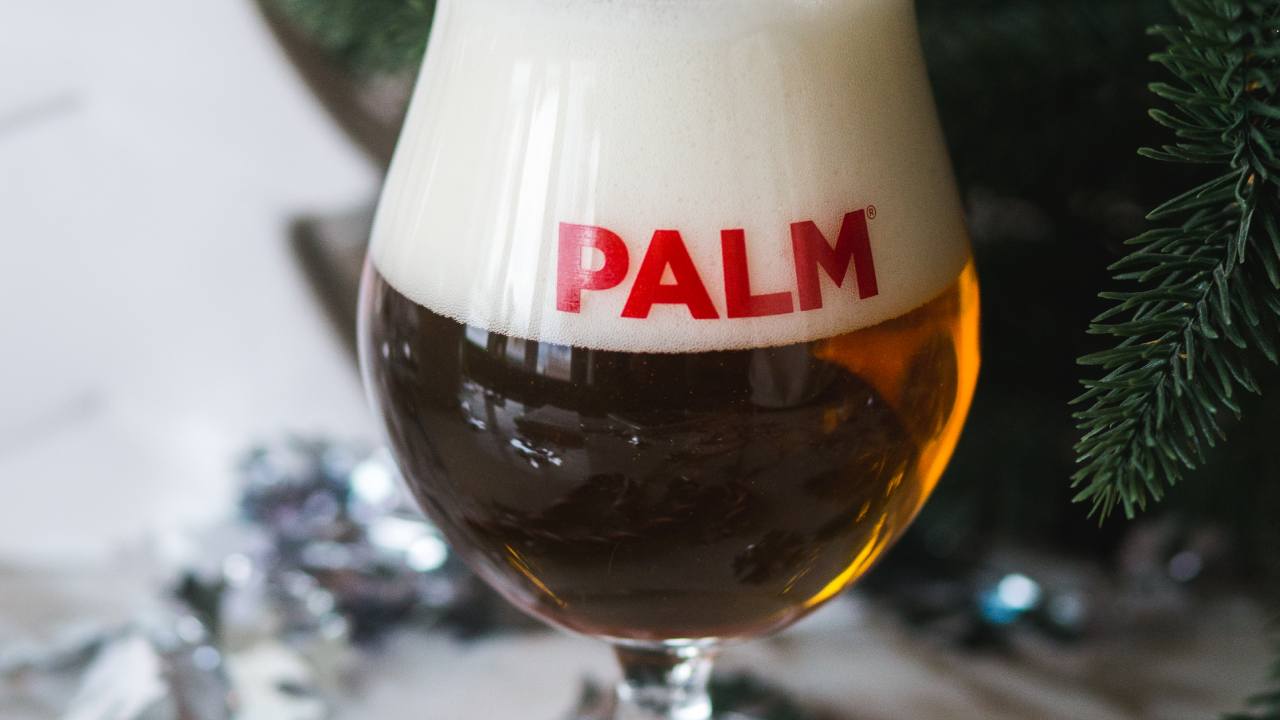
Autumn and winter styles of Belgian beer: what to drink when it's cold outside
26 December 2025
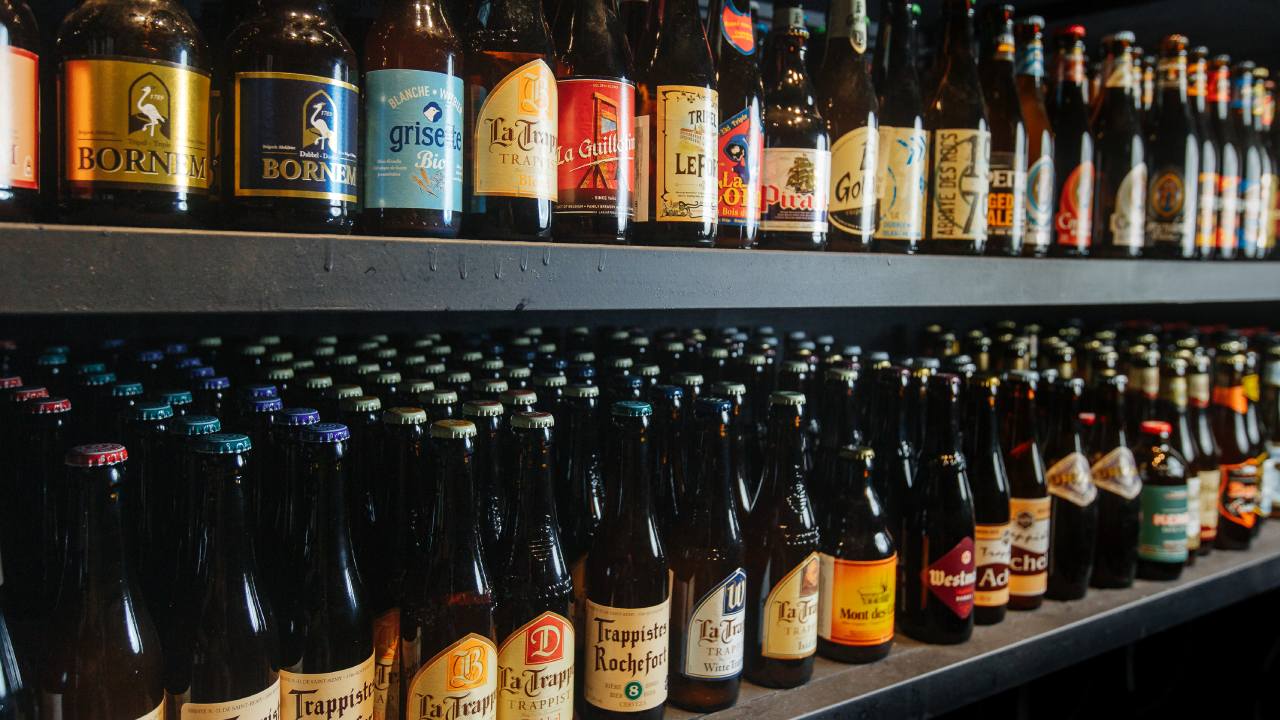
Which Belgian beer to try for the first time: a guide for beginners
26 December 2025
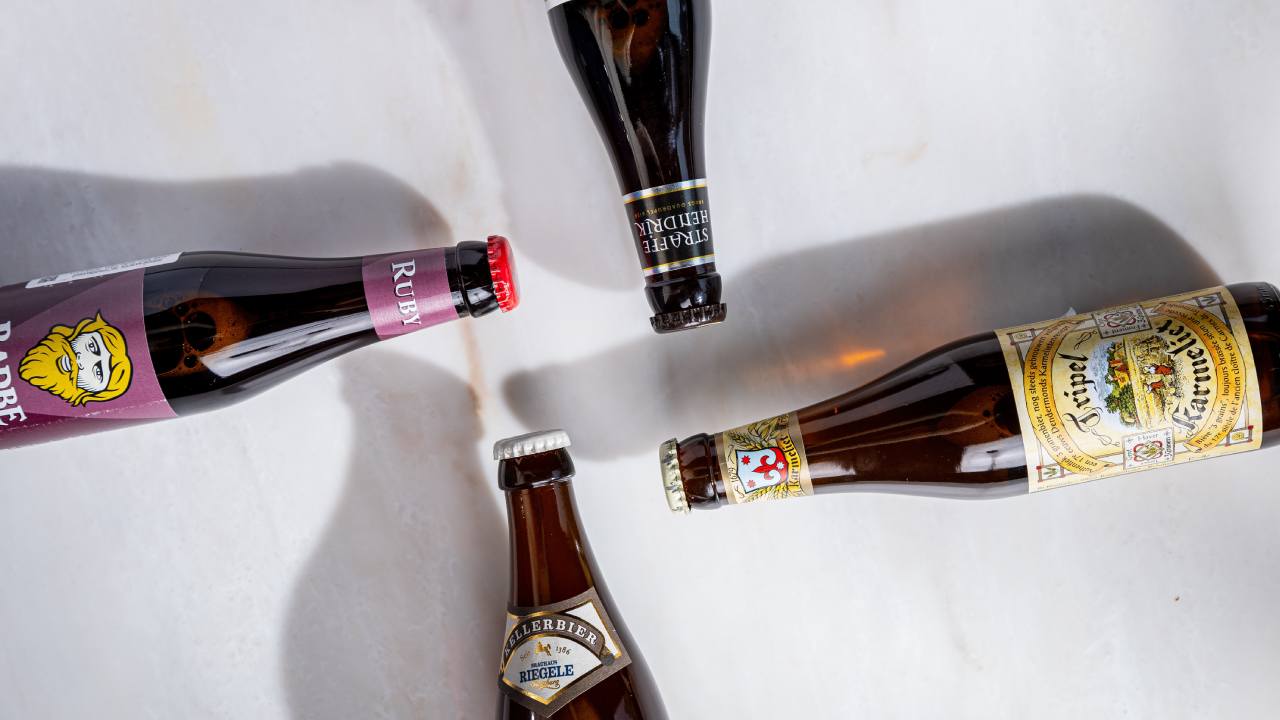
Light and not too strong beer: what to drink after the New Year holidays
26 December 2025

Belgian beer instead of champagne: ideas for a New Year's toast
26 December 2025

Sour beer: what is this style and why is it chosen at Lambic?
26 December 2025
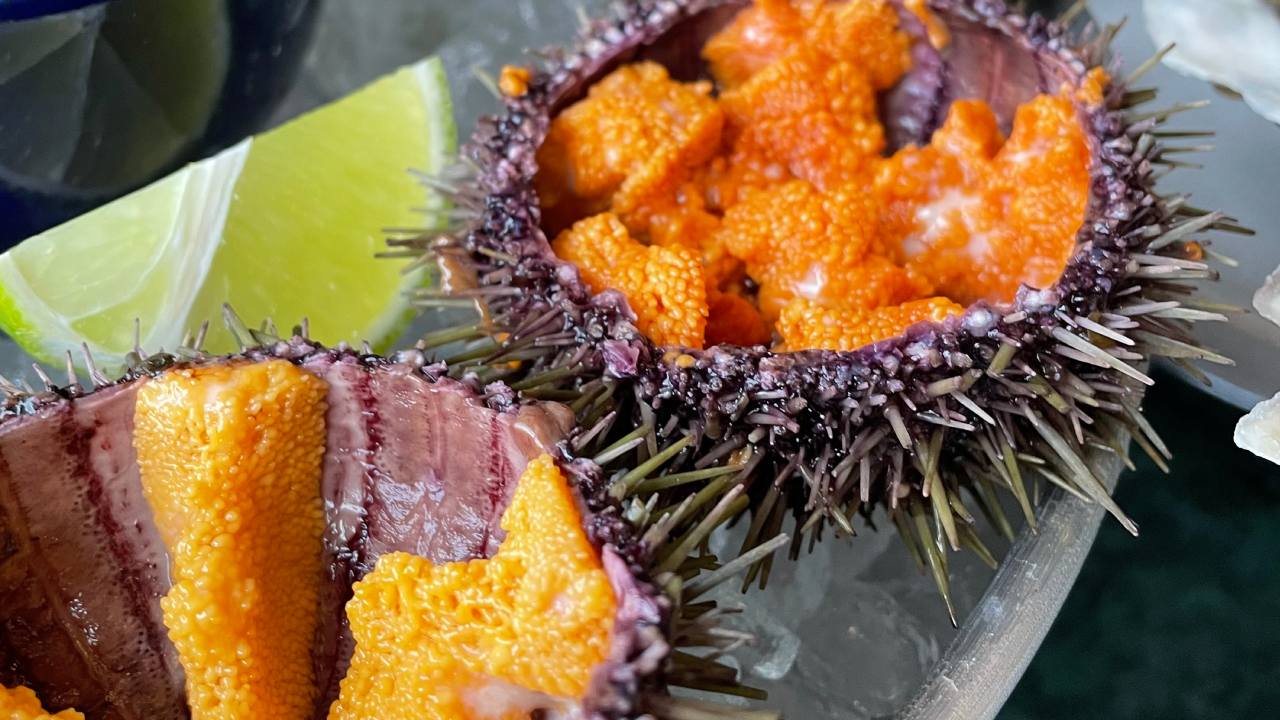
A prickly delicacy: how sea urchins conquered the world
01 December 2025
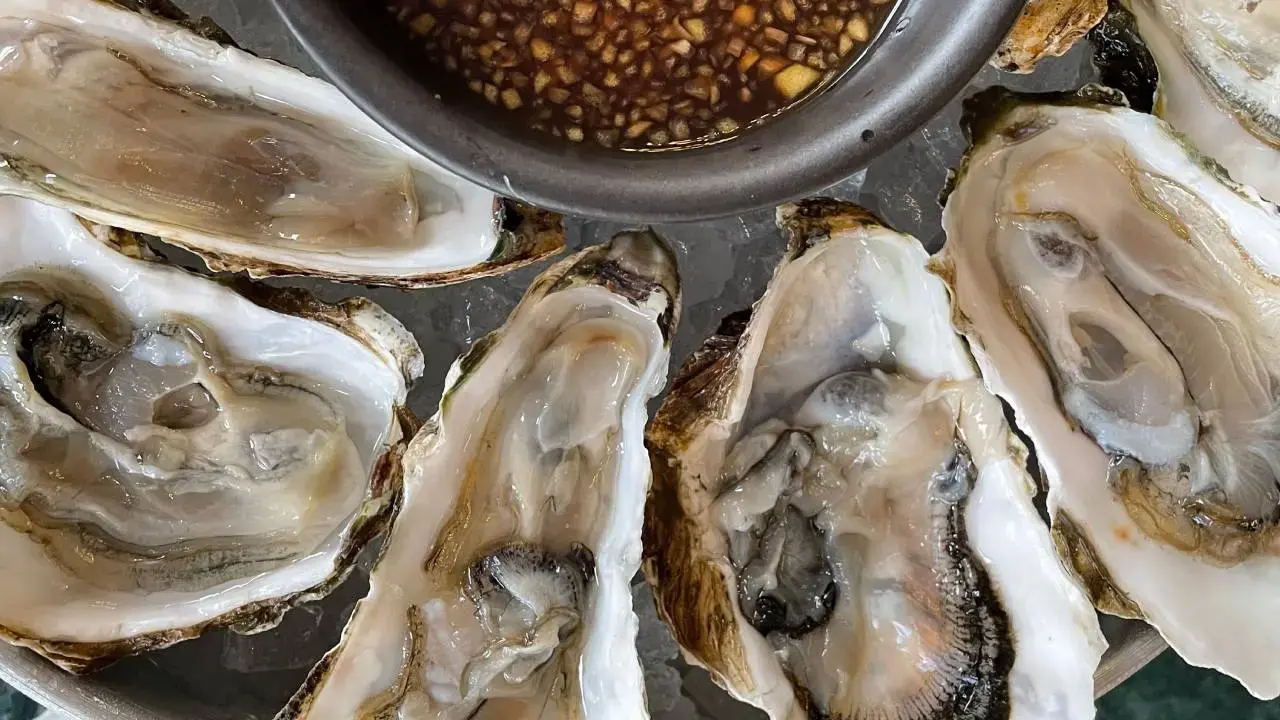
The food of the poor that became a delicacy: how oysters achieved success and why they are so loved
01 December 2025
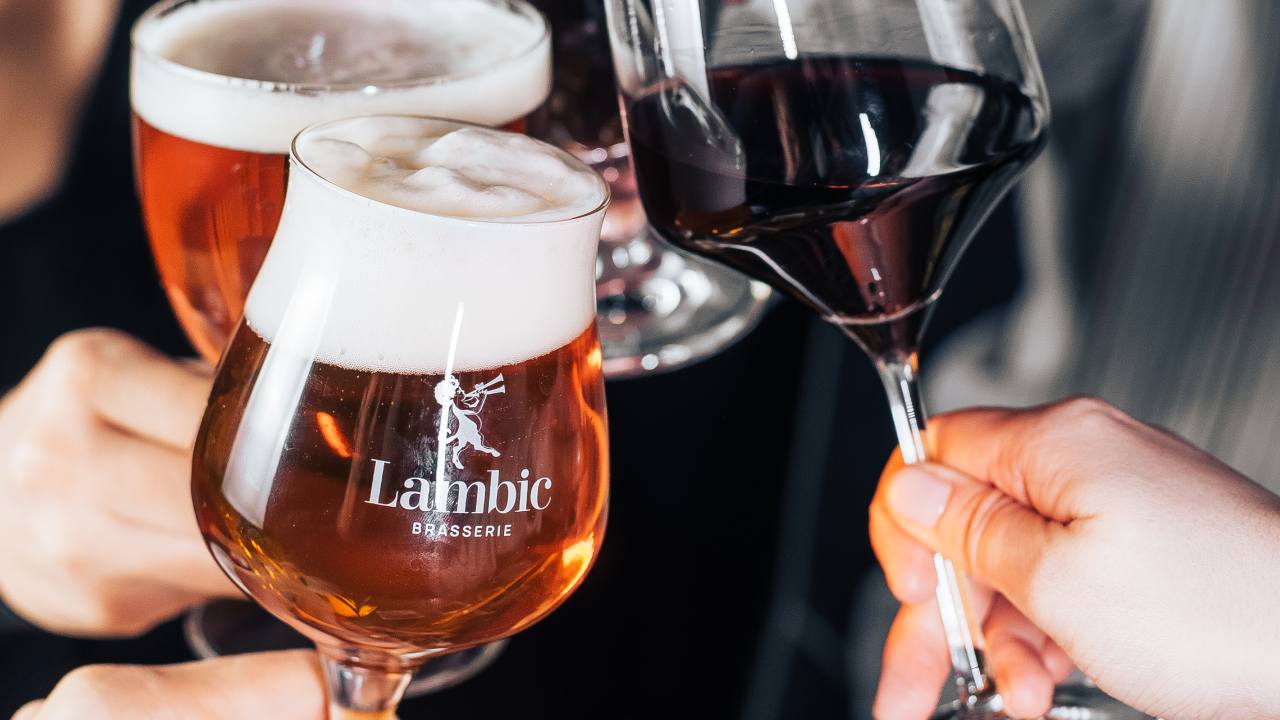
Where to celebrate your birthday in Moscow: the best options for an unforgettable party
01 November 2025
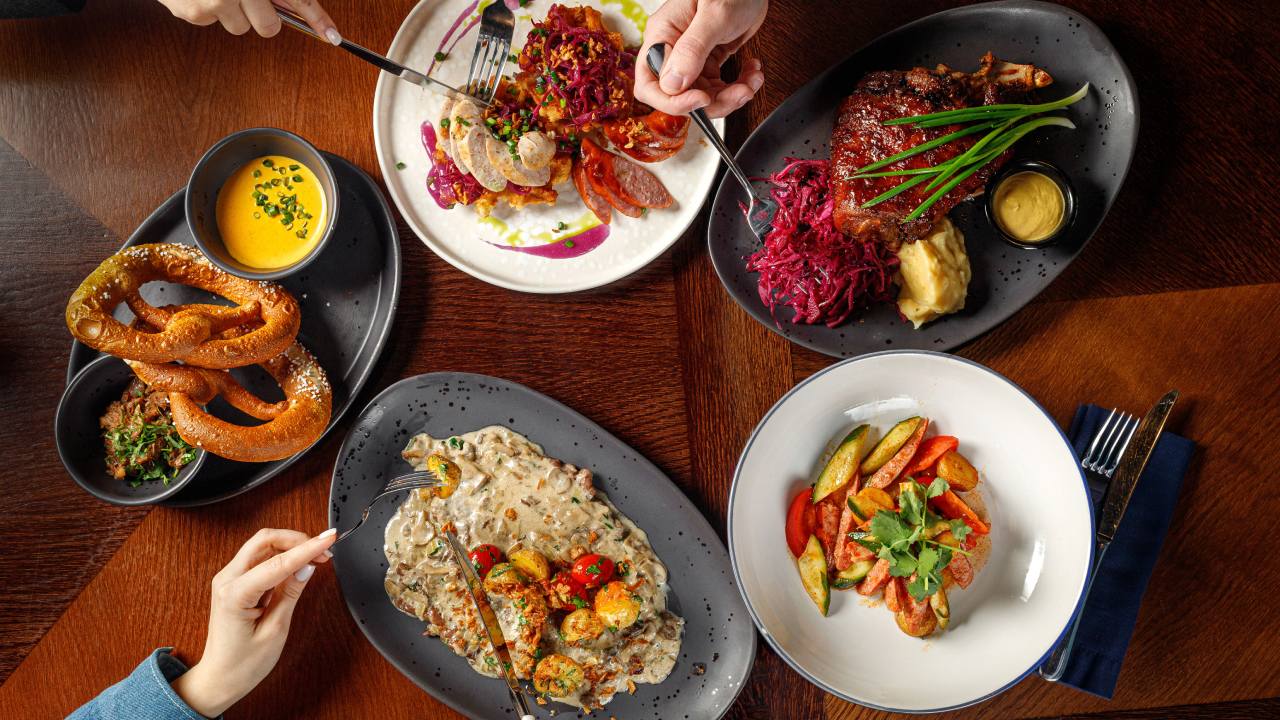
European cuisine: history, characteristics, and popular dishes
01 November 2025
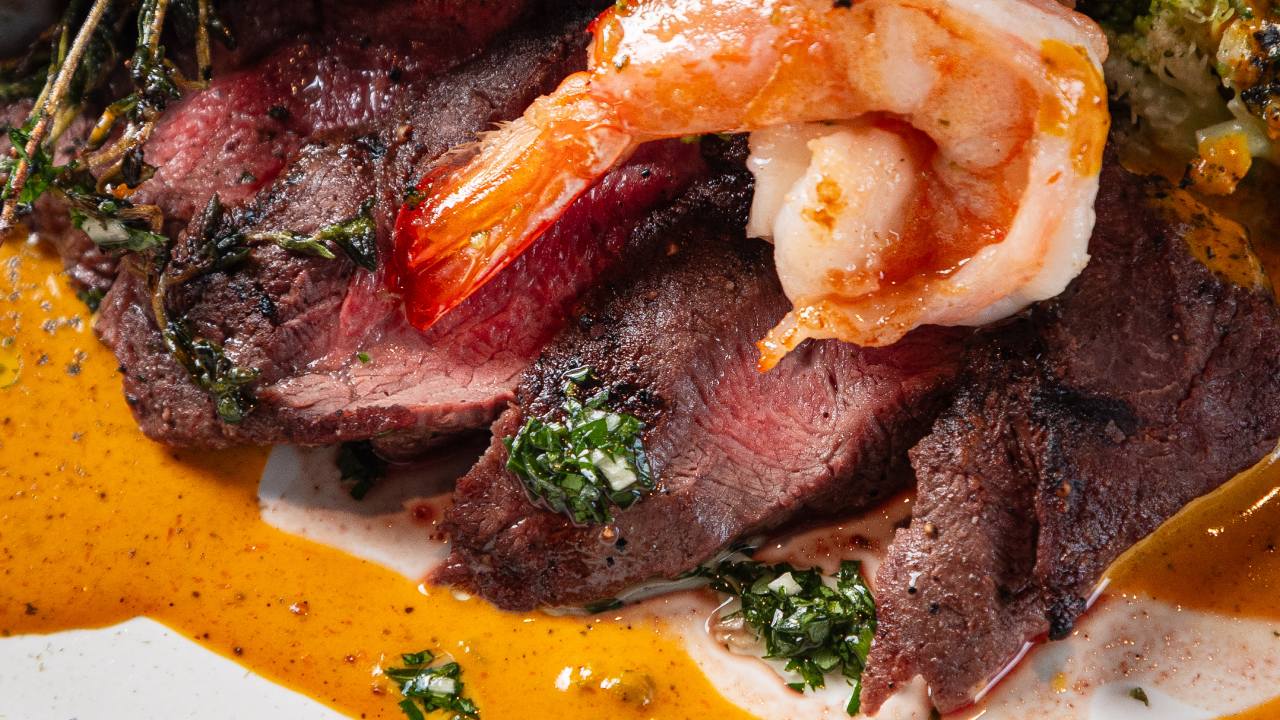
A delicacy from the past: who came up with the idea of eating mussels
01 November 2025
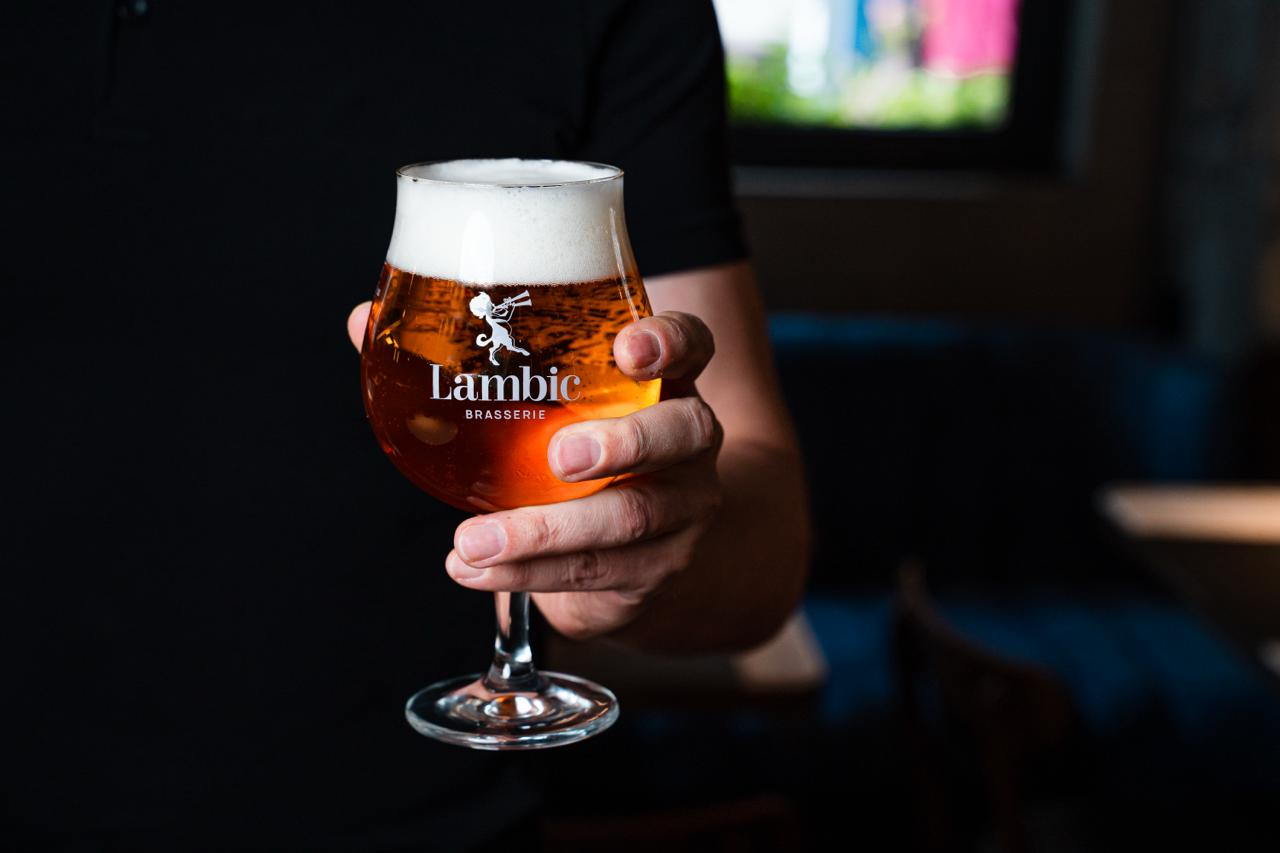
How to choose beer yourself: a detailed guide for beginners
30 September 2025
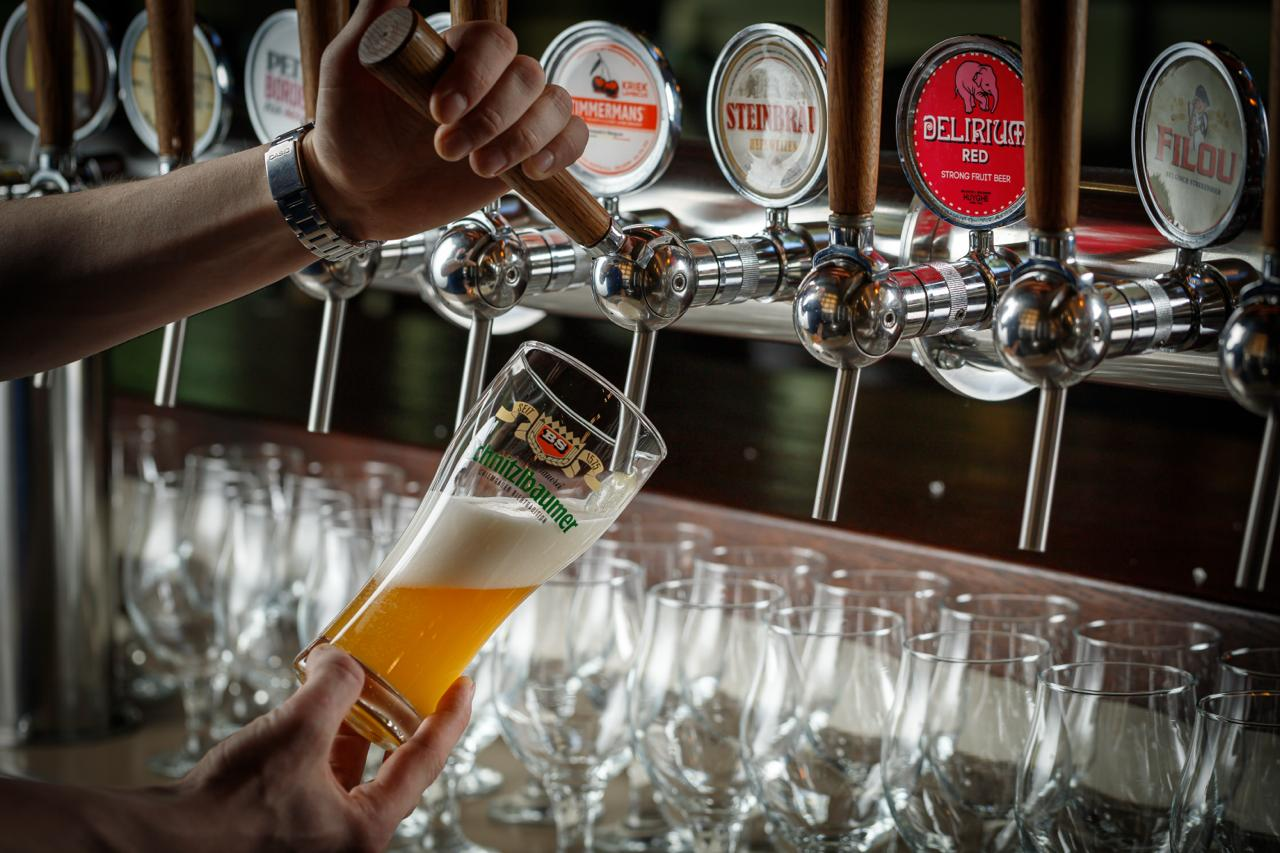
Start the new season with taste: what beers to drink in autumn
30 September 2025
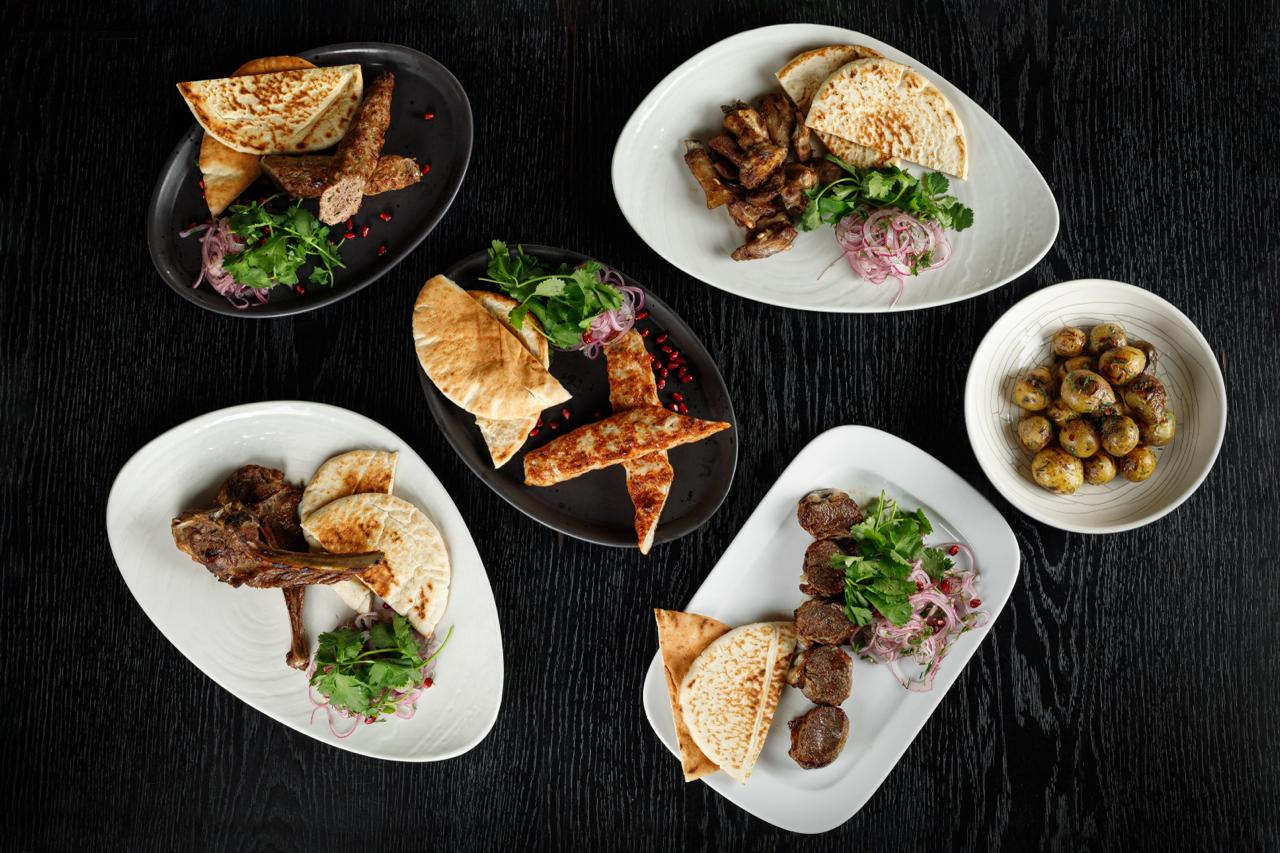
Belgian cuisine: food for connoisseurs
30 September 2025
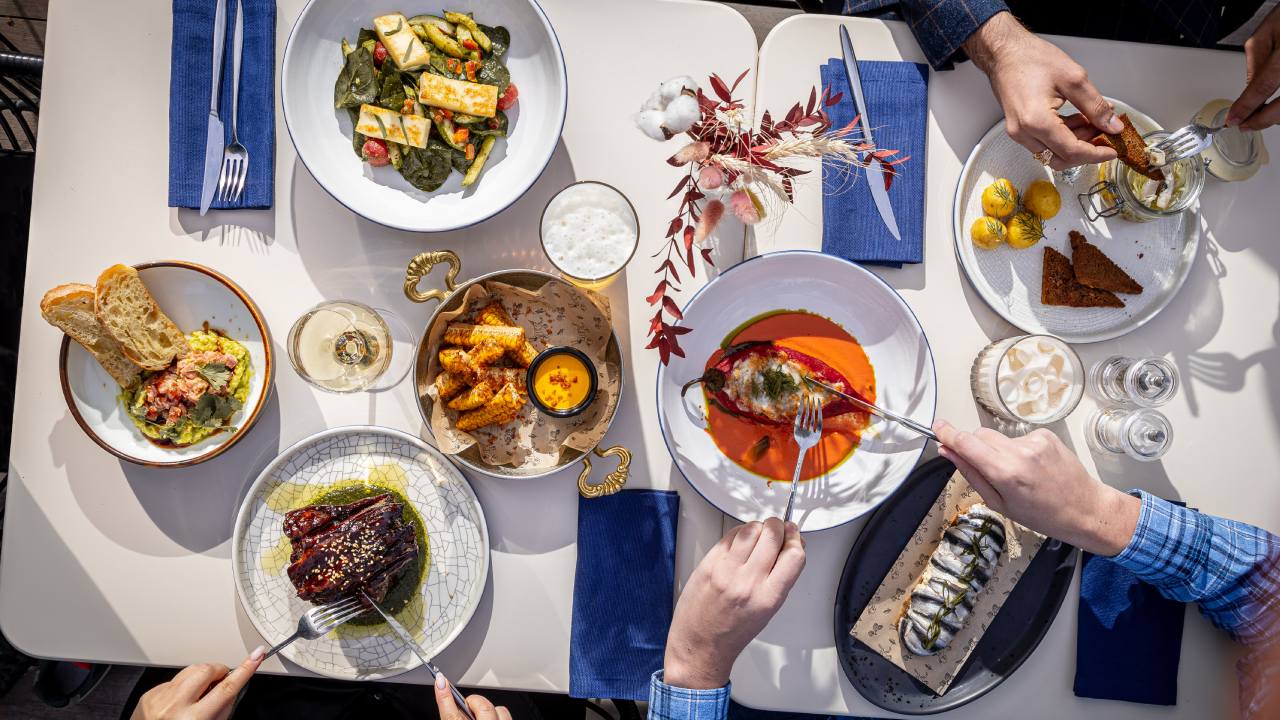
Summer appetizers for Belgian beer: from seafood to desserts
21 June 2025

Eggenberg Weisse: German classics from Austria
21 June 2025
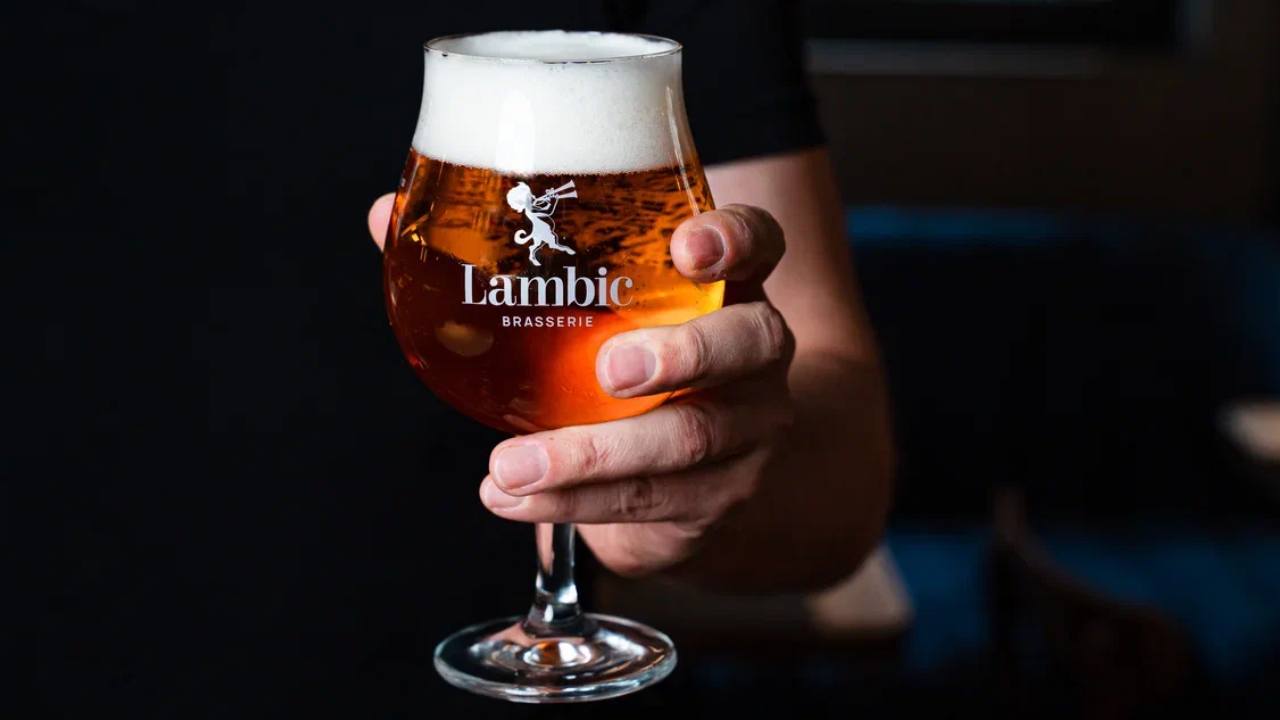
Belgian wheat beer: uniqueness and difference from German varieties
20 May 2025

Bitter! Let's understand what IBU is and how bitterness affects the taste of beer
20 May 2025
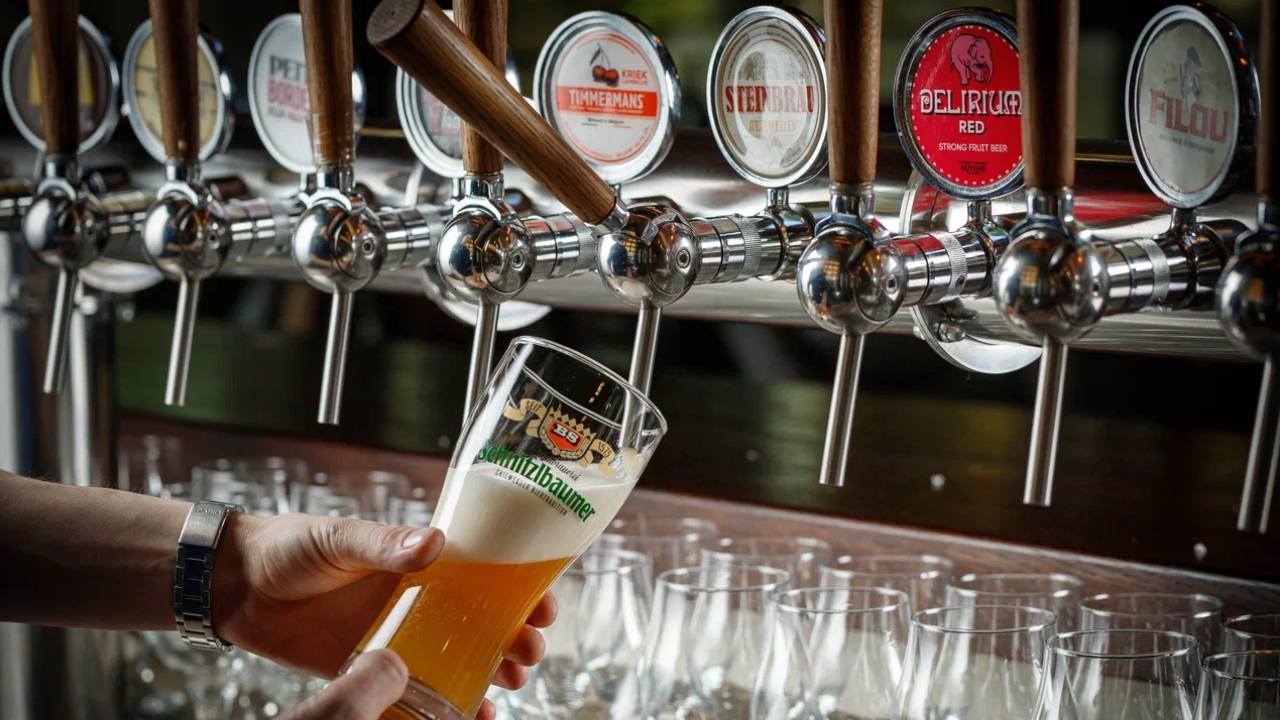
Coffee and beer - a match or a flop? Exploring the myths about the famous combination
20 May 2025
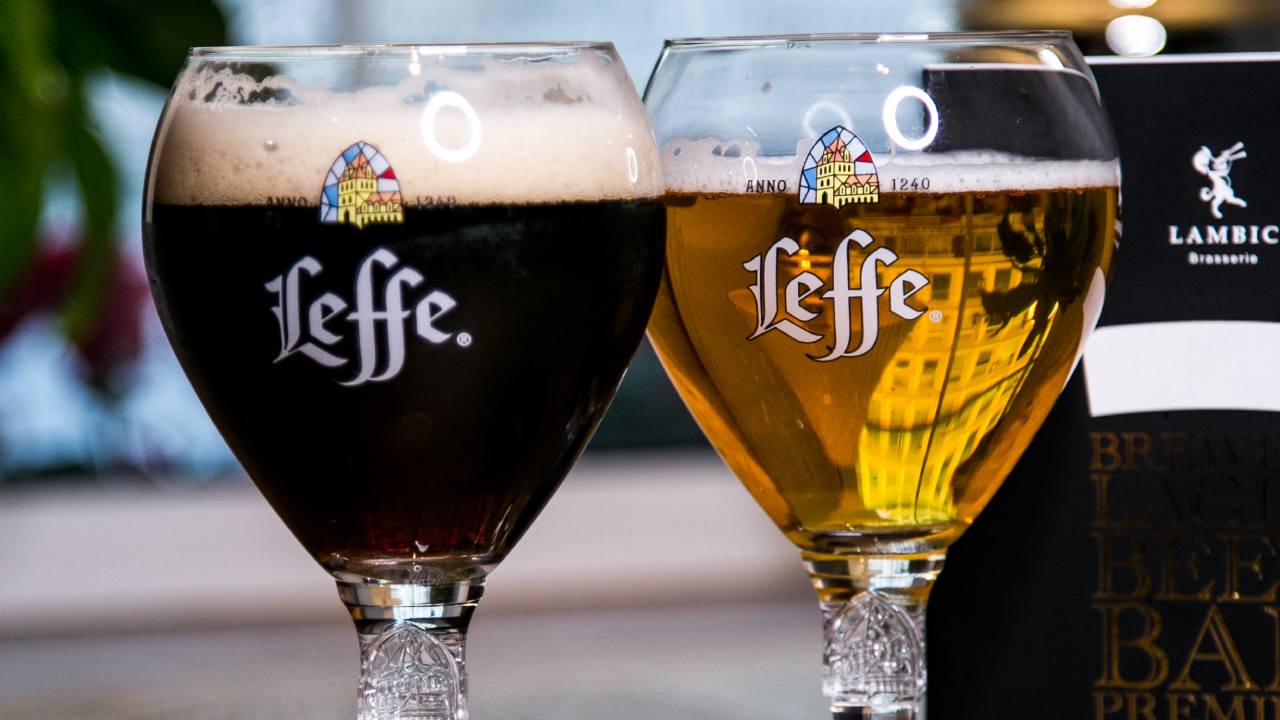
The strongest beers: what to try
23 April 2025
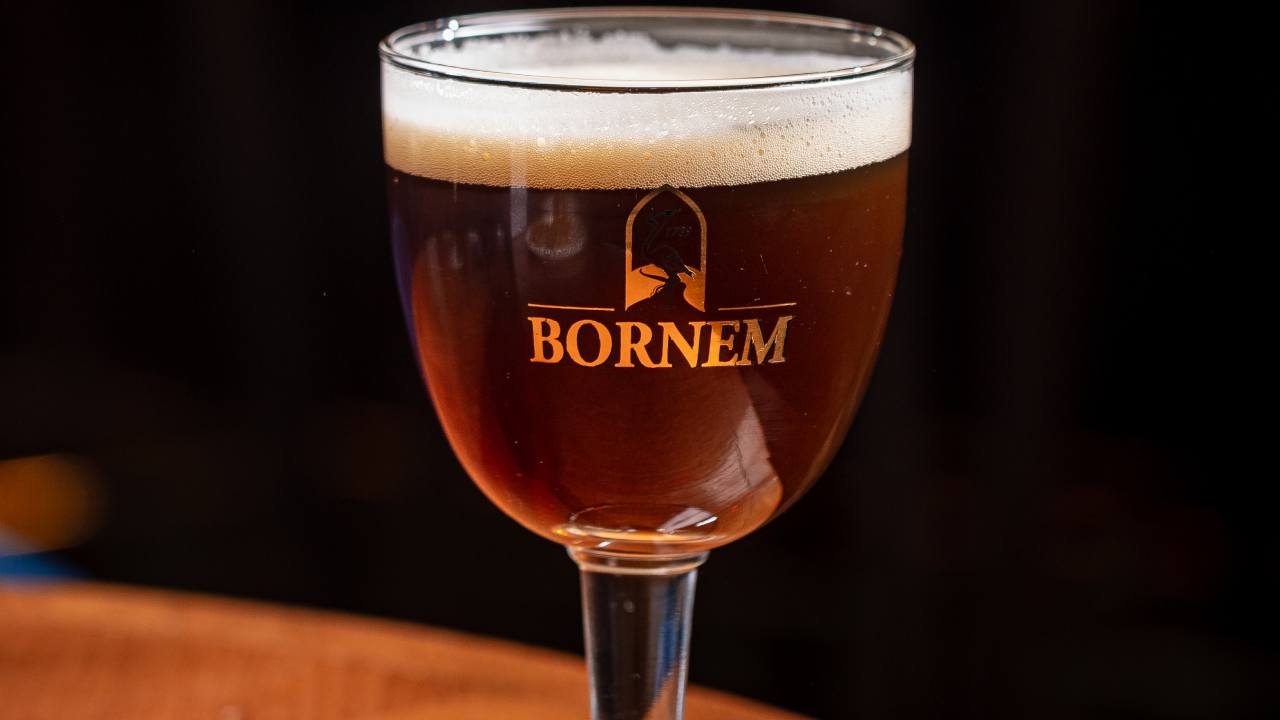
Bornem Double beer: a taste with a history
23 April 2025
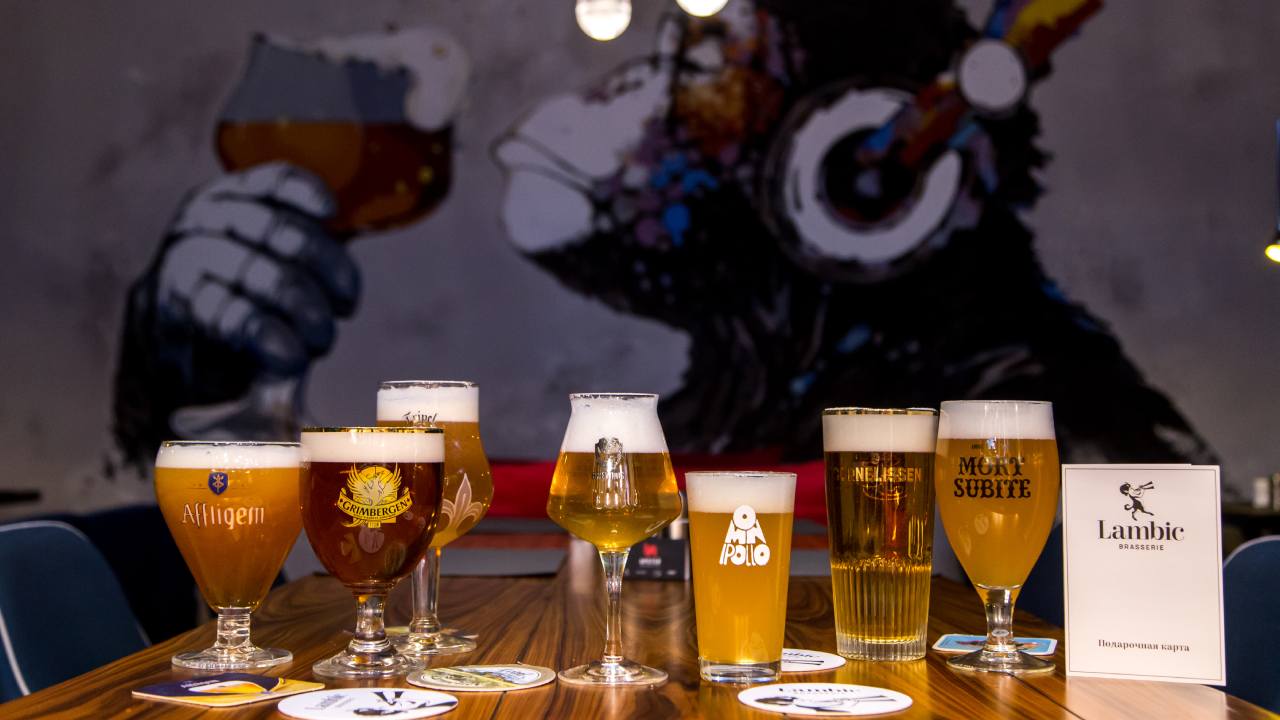
Belgian beers: 7 brews that will turn your perception of flavor upside down
23 April 2025
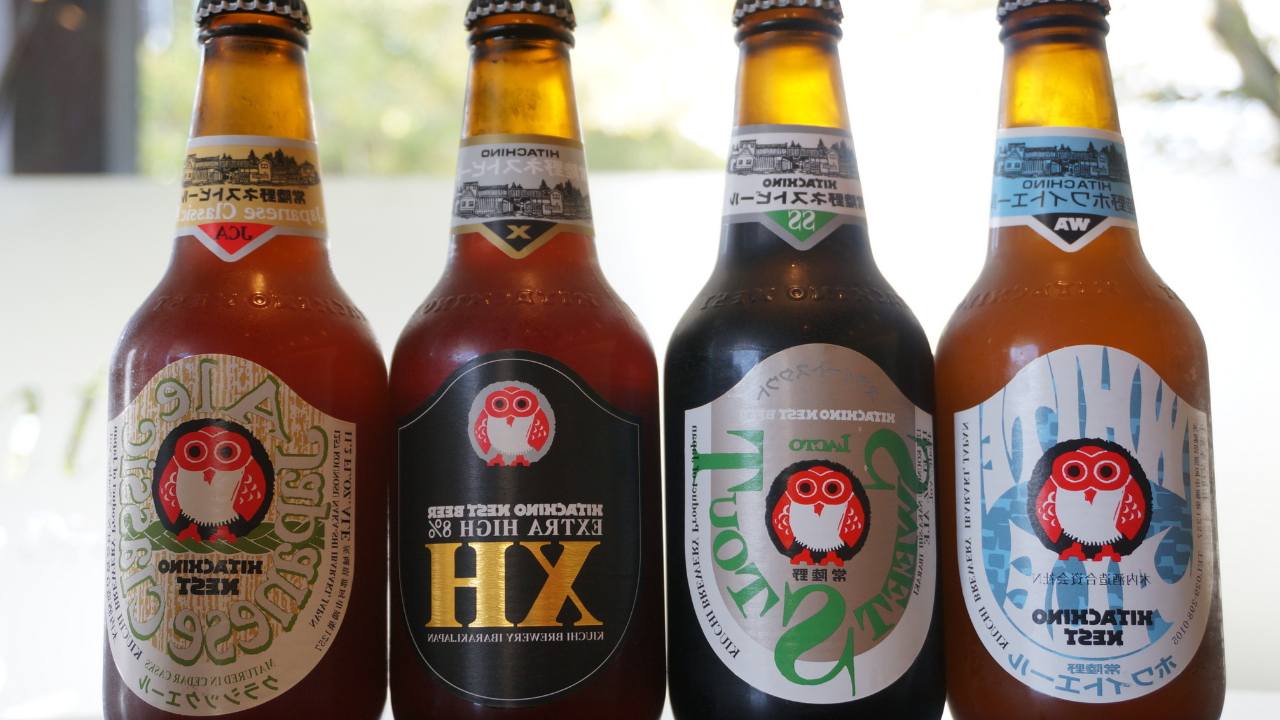
Japanese beer Hitachino Nest Yuzu Lager
24 March 2025
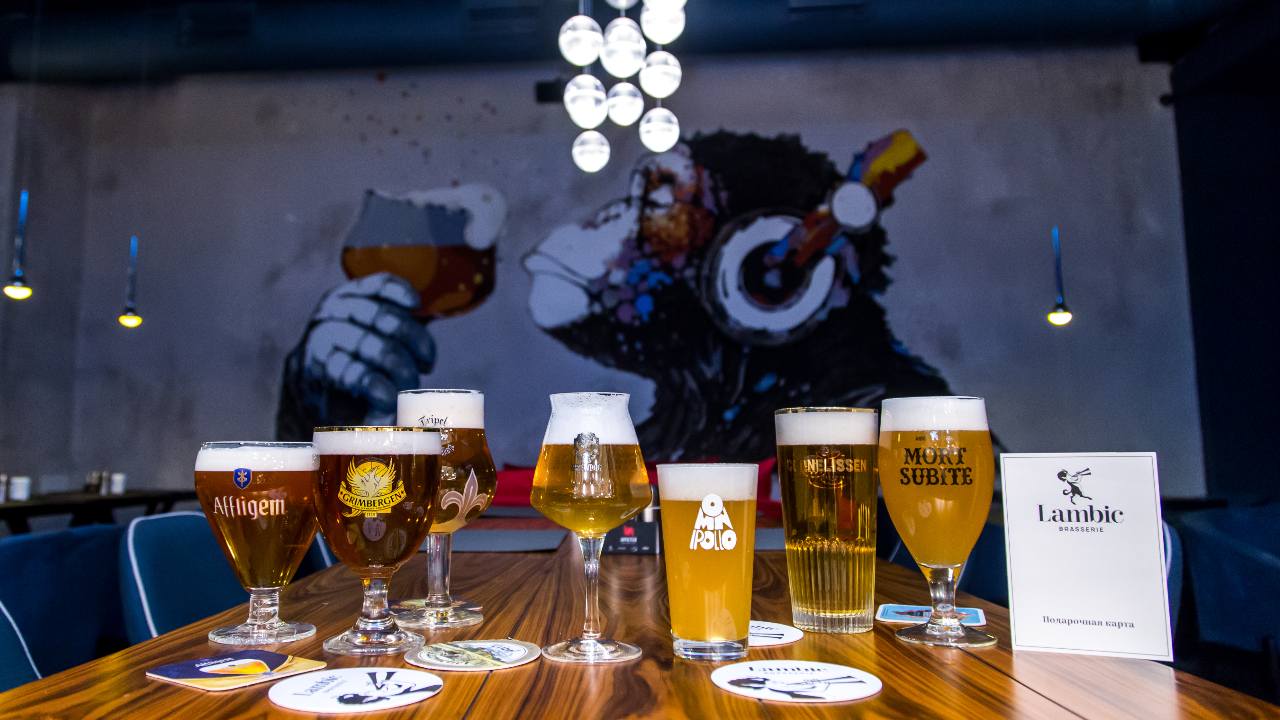
Top beer trends. What's in store for beer drinkers in 2025?
24 March 2025
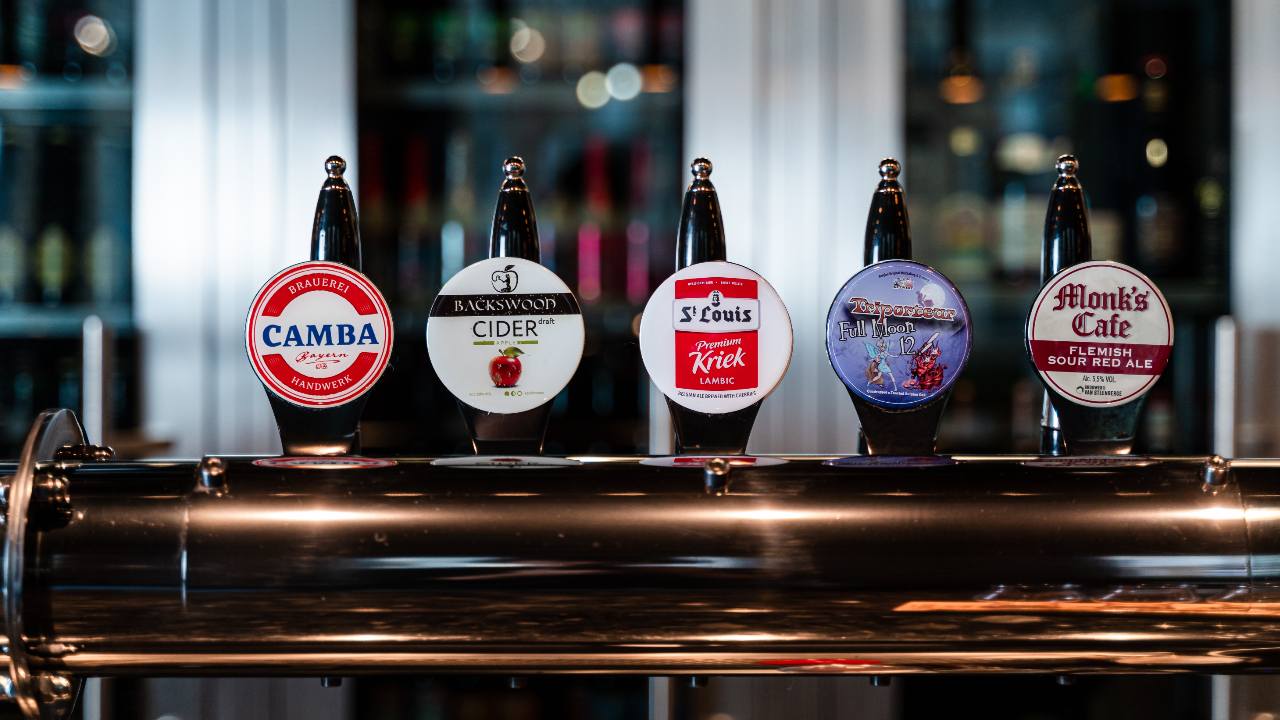
National flavor: how beer is drunk in different countries
24 March 2025
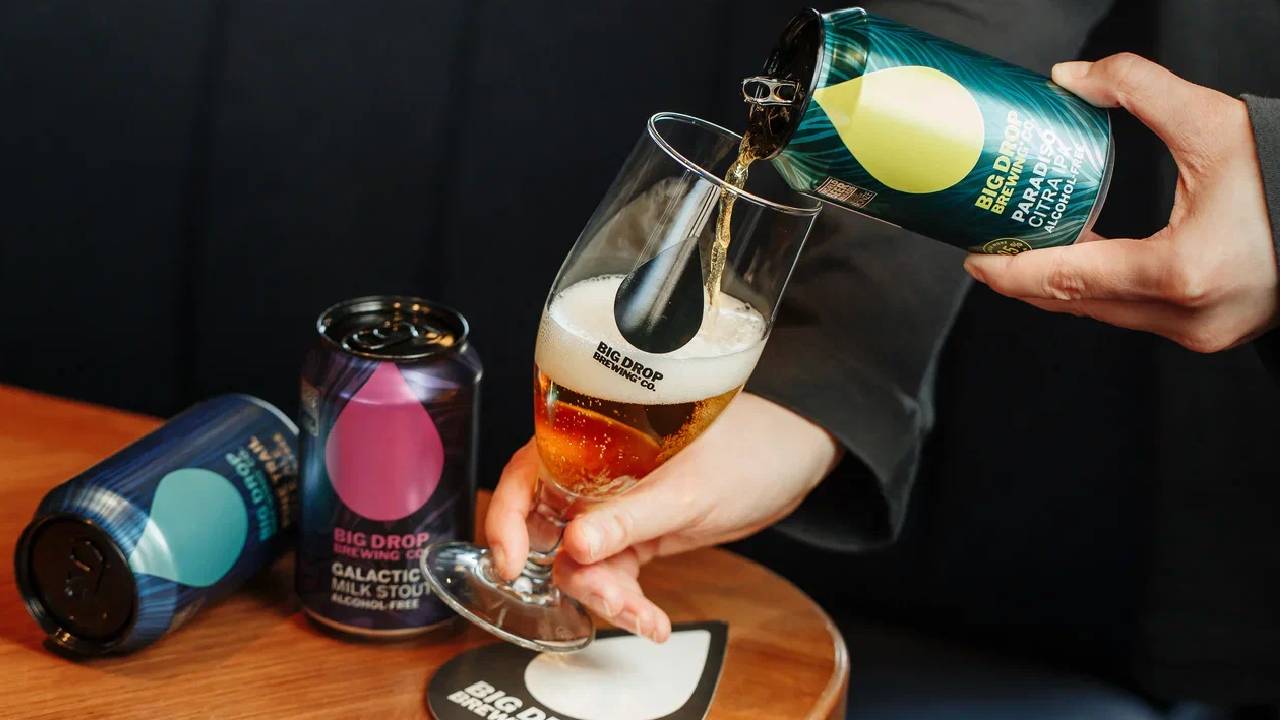
Canned, Foamy, Yours. The Untold Story of the Beer Can
24 March 2025
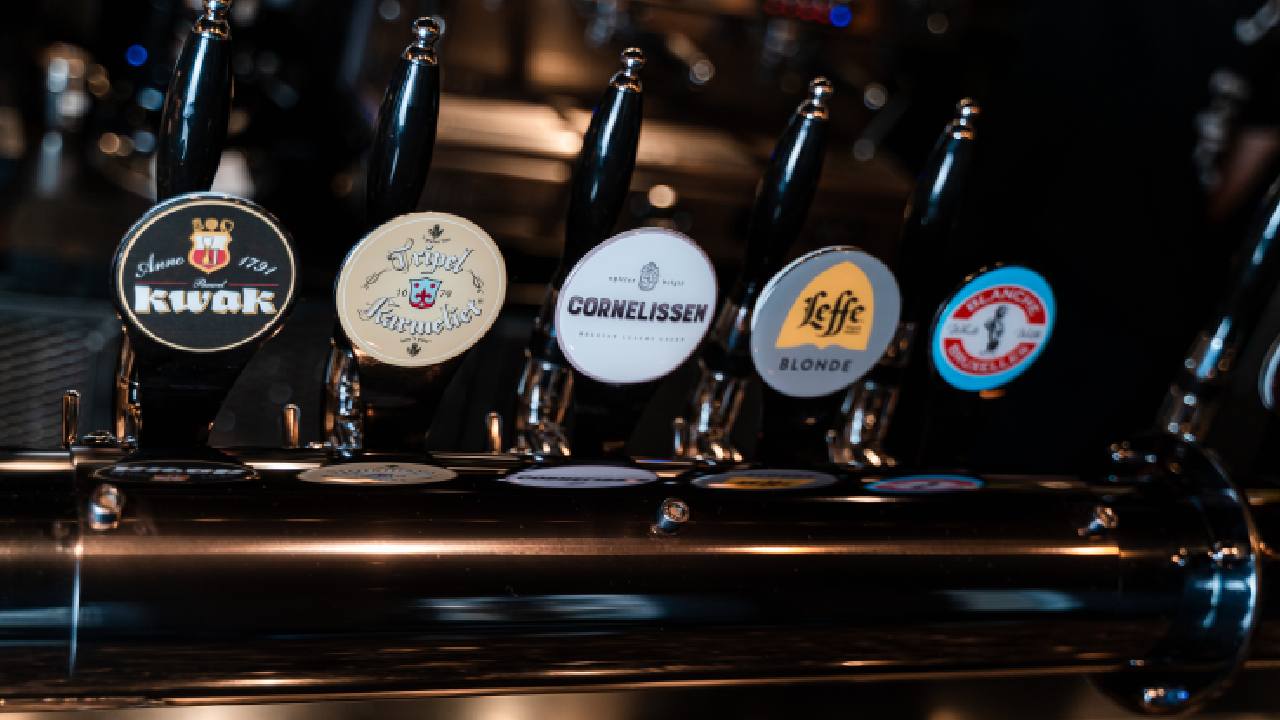
Fourchette Blonde beer: created by the best
24 March 2025
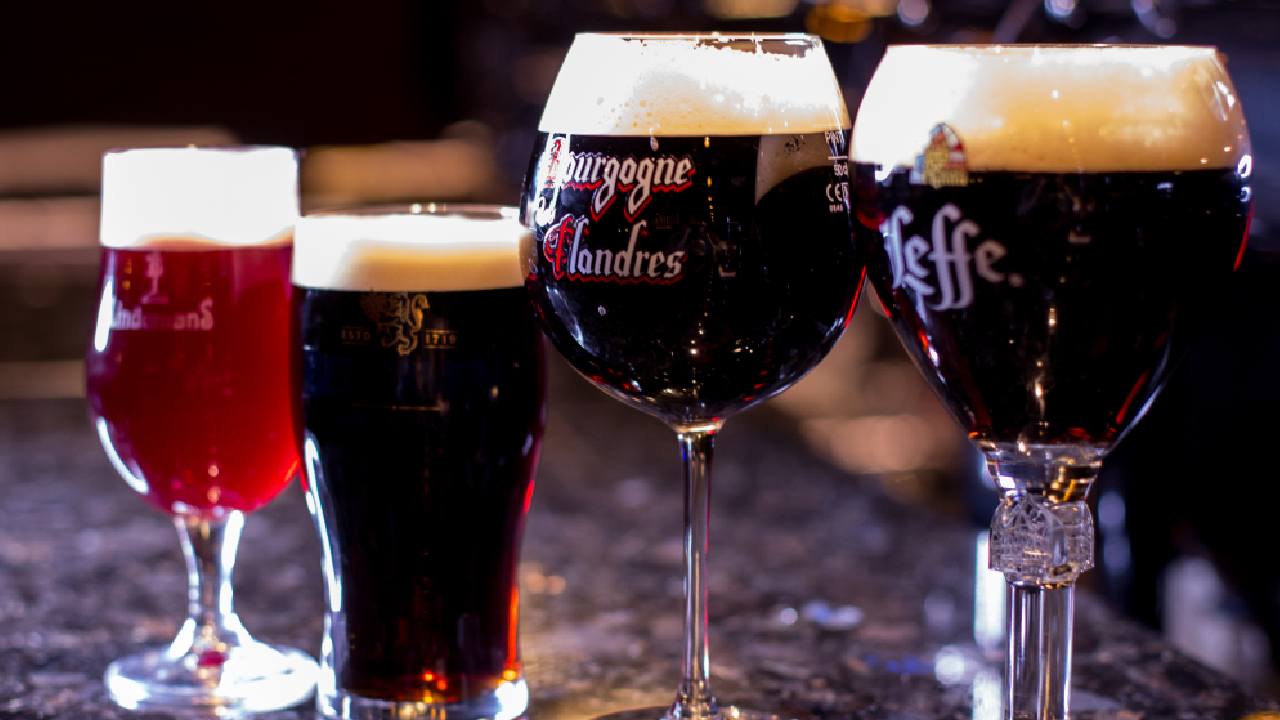
Winter flavor: A Winter Carol spiced cider
24 March 2025
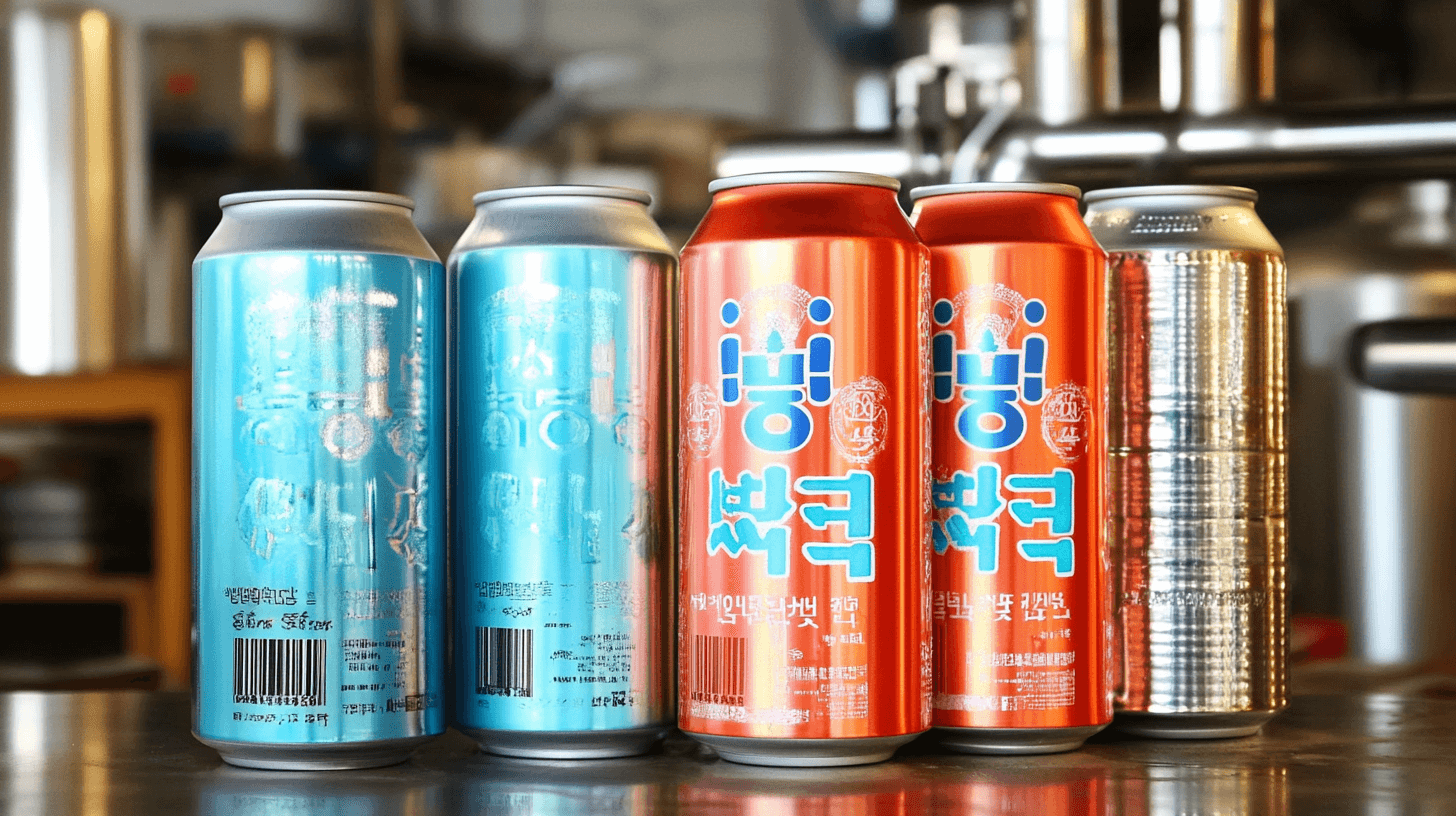
Jeju Beer Company: legendary craft from South Korea
23 January 2025

Belgian waffles: history of origin and interesting facts
23 January 2025
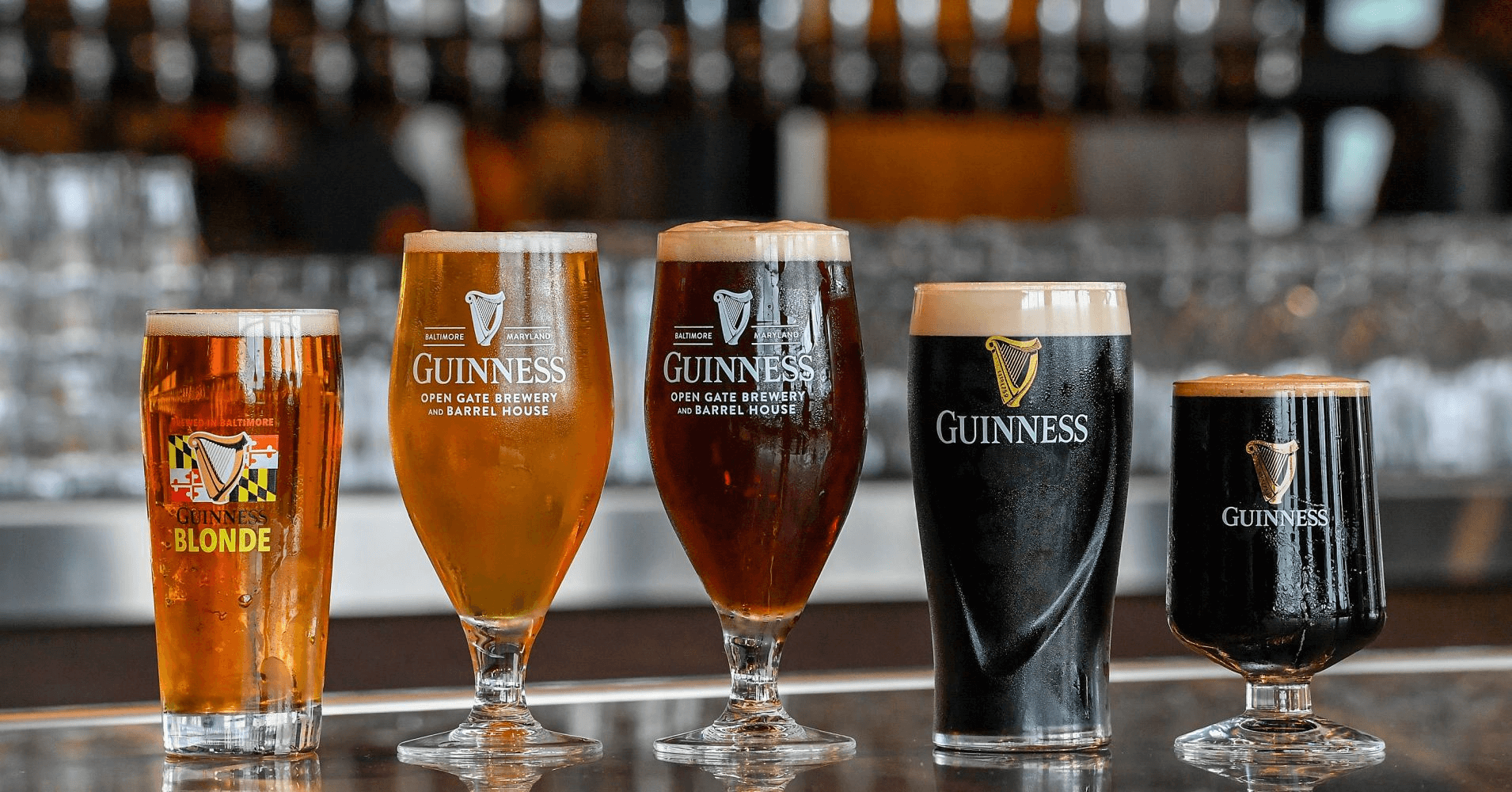
Guinness beer: the history of the brand and the most popular Irish stout
23 January 2025
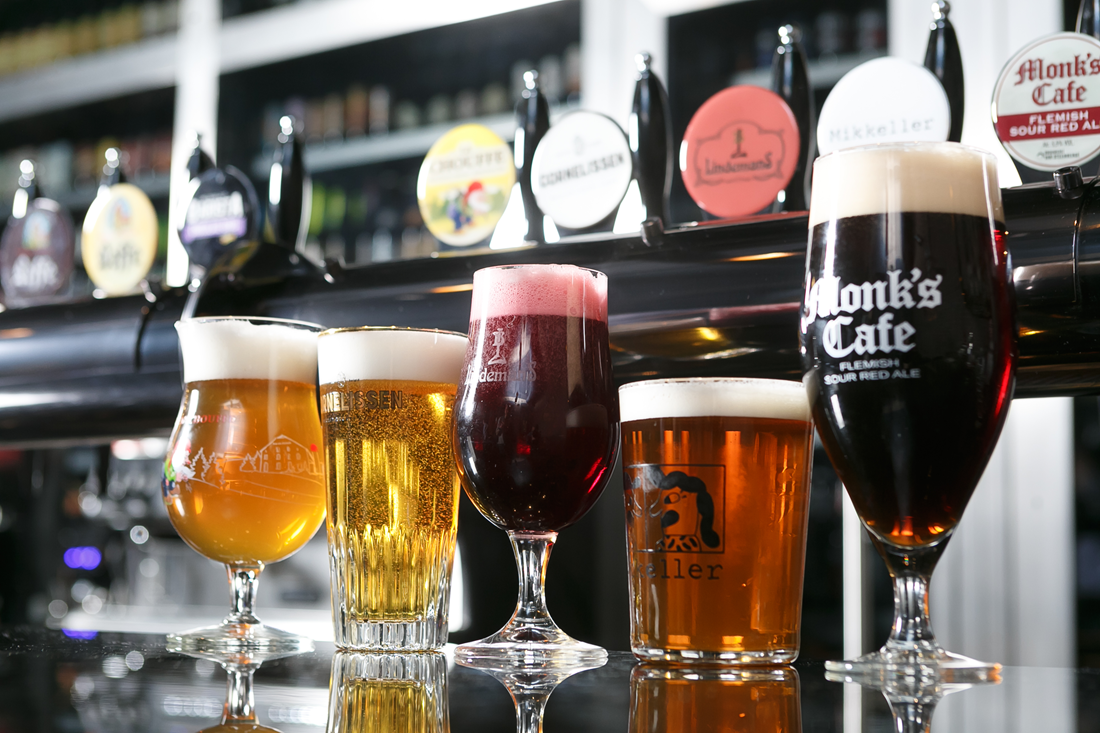
That's the base: what kind of beer the zoomers drink and what Kraft has to do with it
20 December 2024
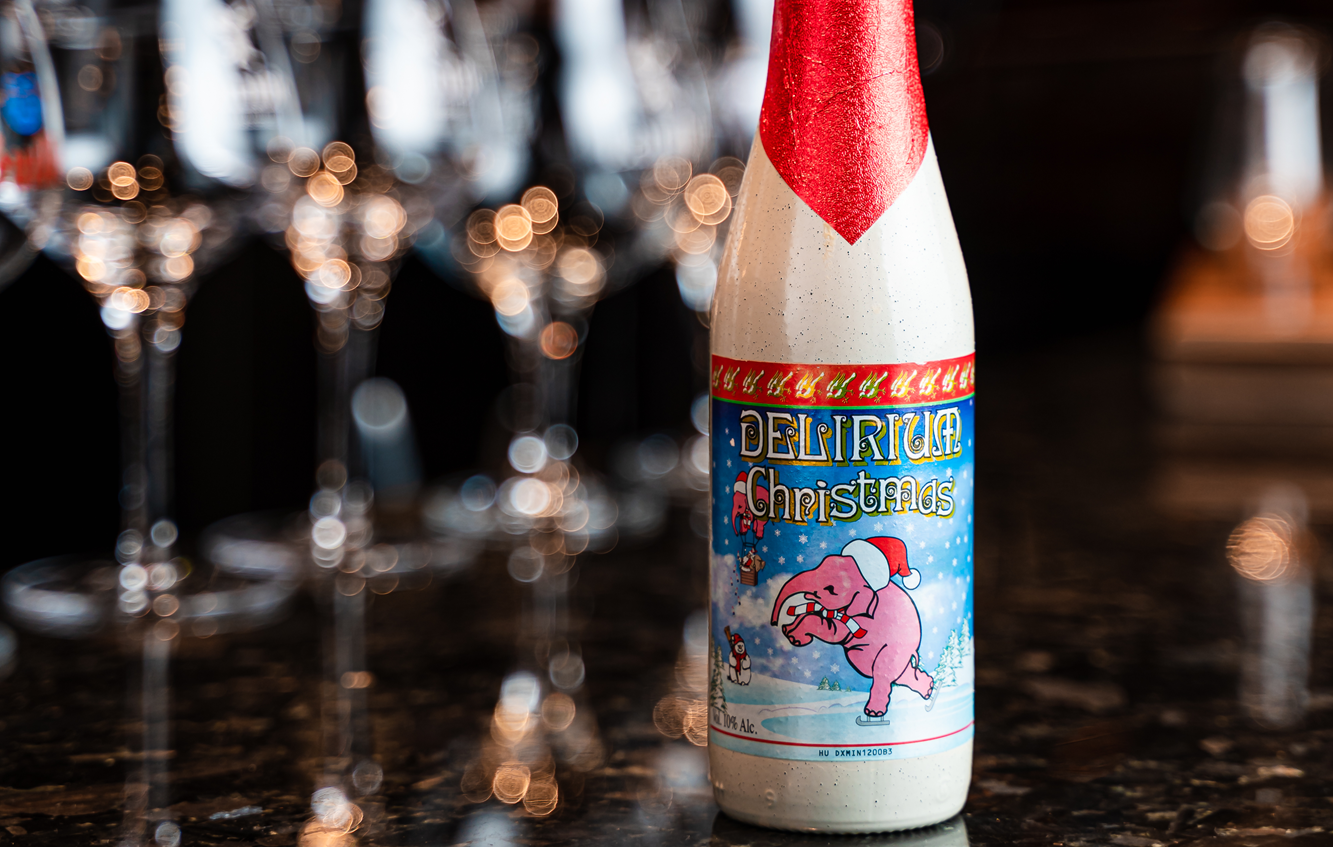
Holiday with Christmas beer flavor: we tell you what is Christmas beer
20 December 2024
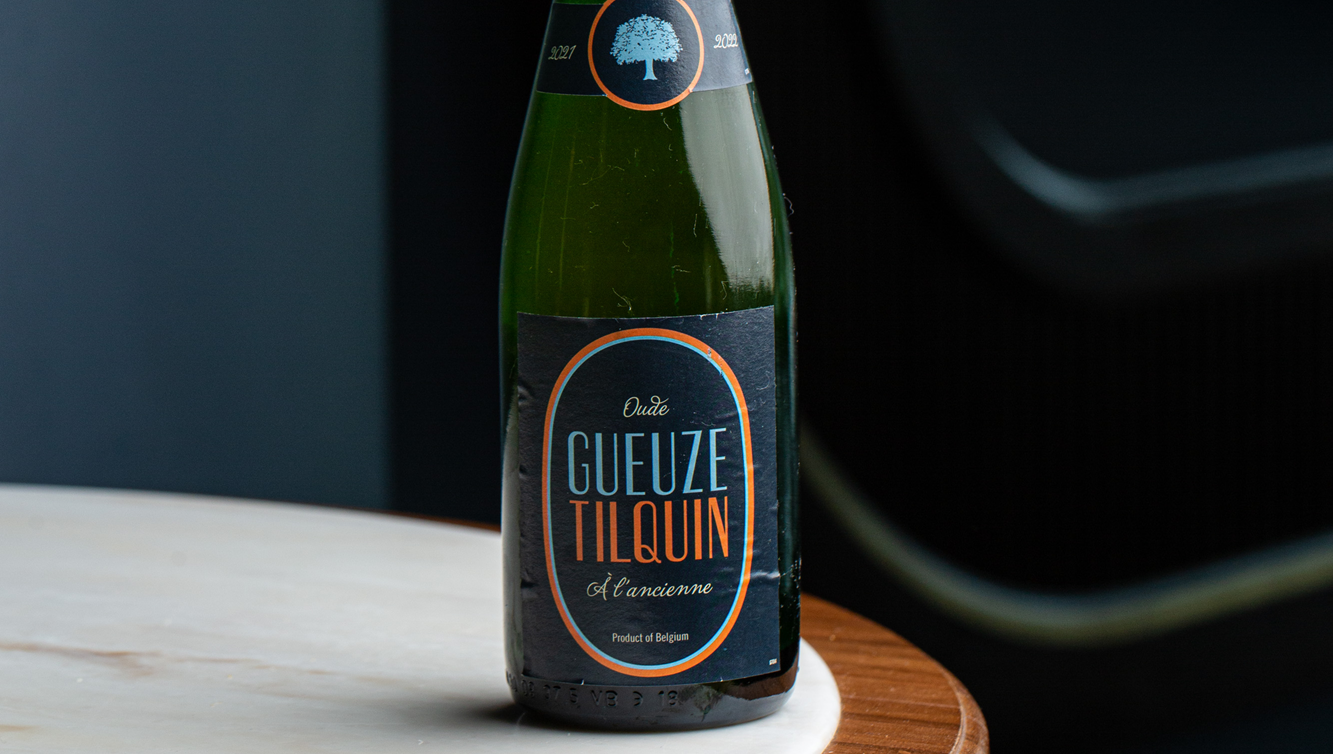
Instead of sparkling: how to choose beer for the New Year's table
20 December 2024

Autumnal, hot, yours: top 5 drinks that will keep you warm in cold weather
19 November 2024
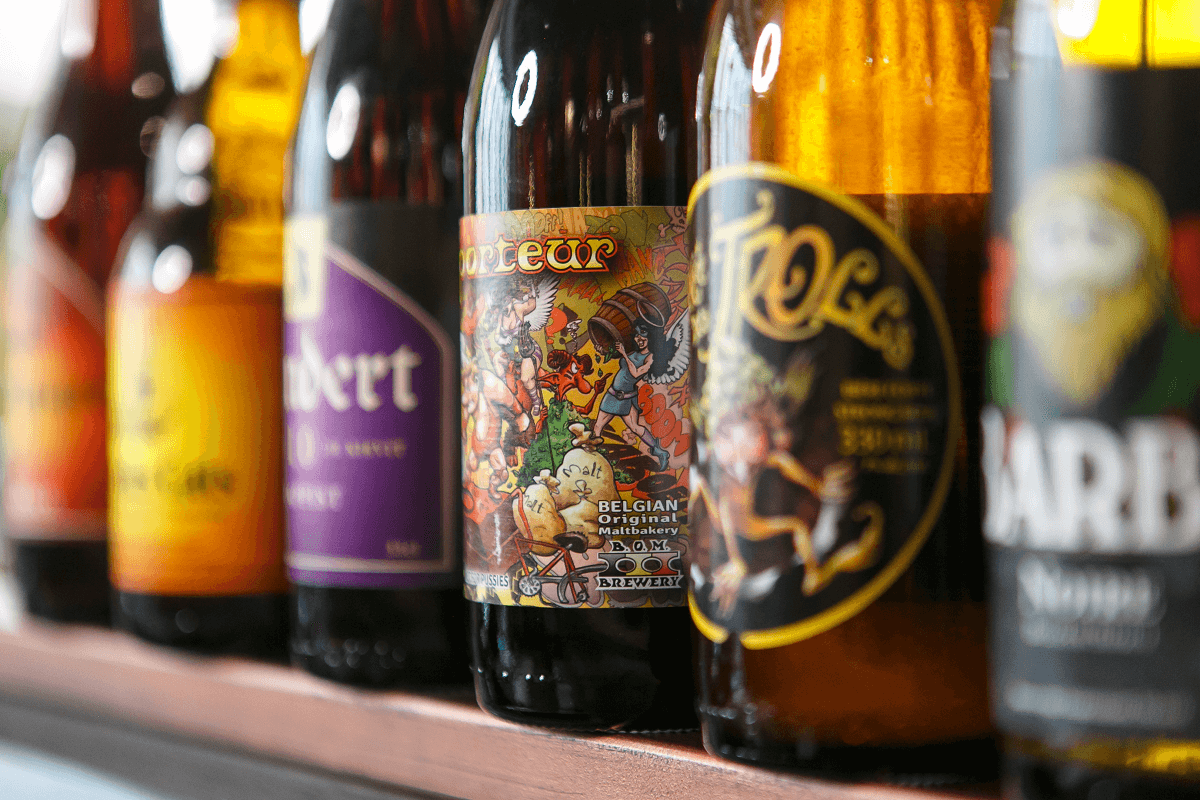
I come from Germany: about the kölsch beer style
19 November 2024
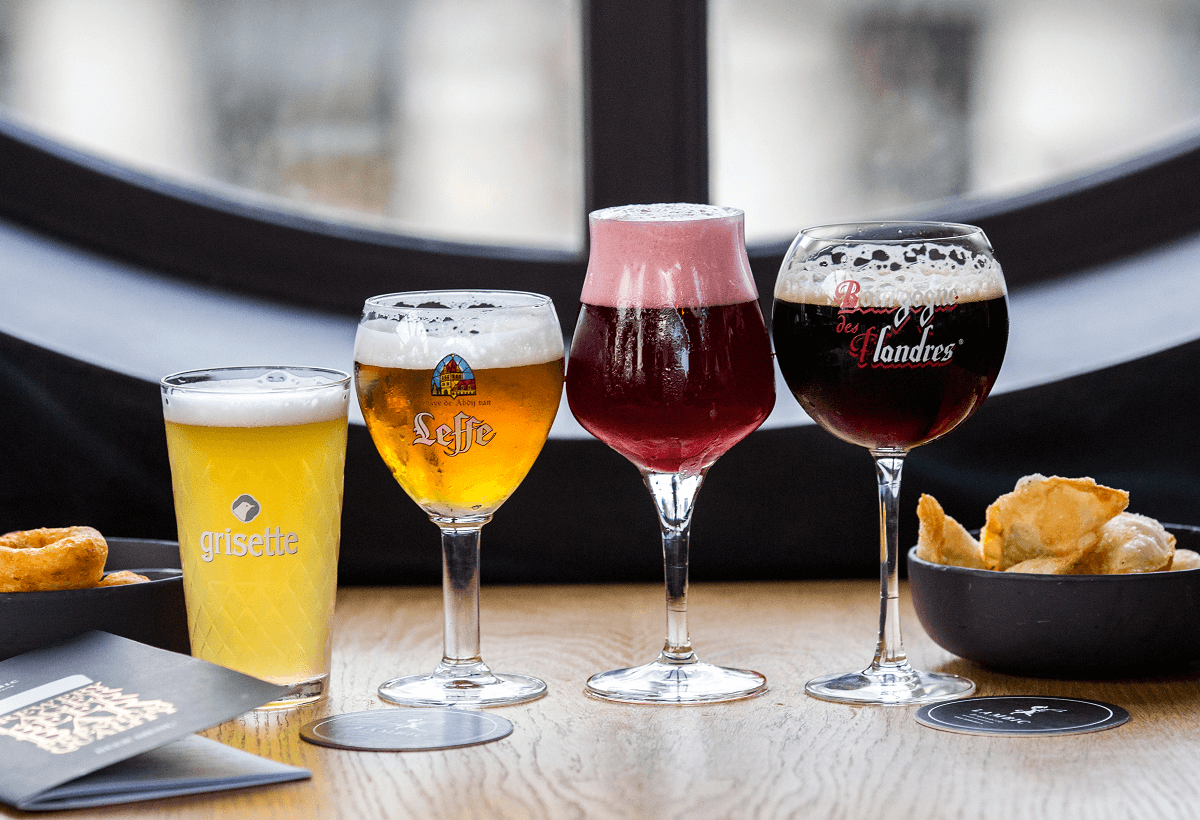
Beautiful season, enchanted eyes: what beers to drink in the fall
19 November 2024
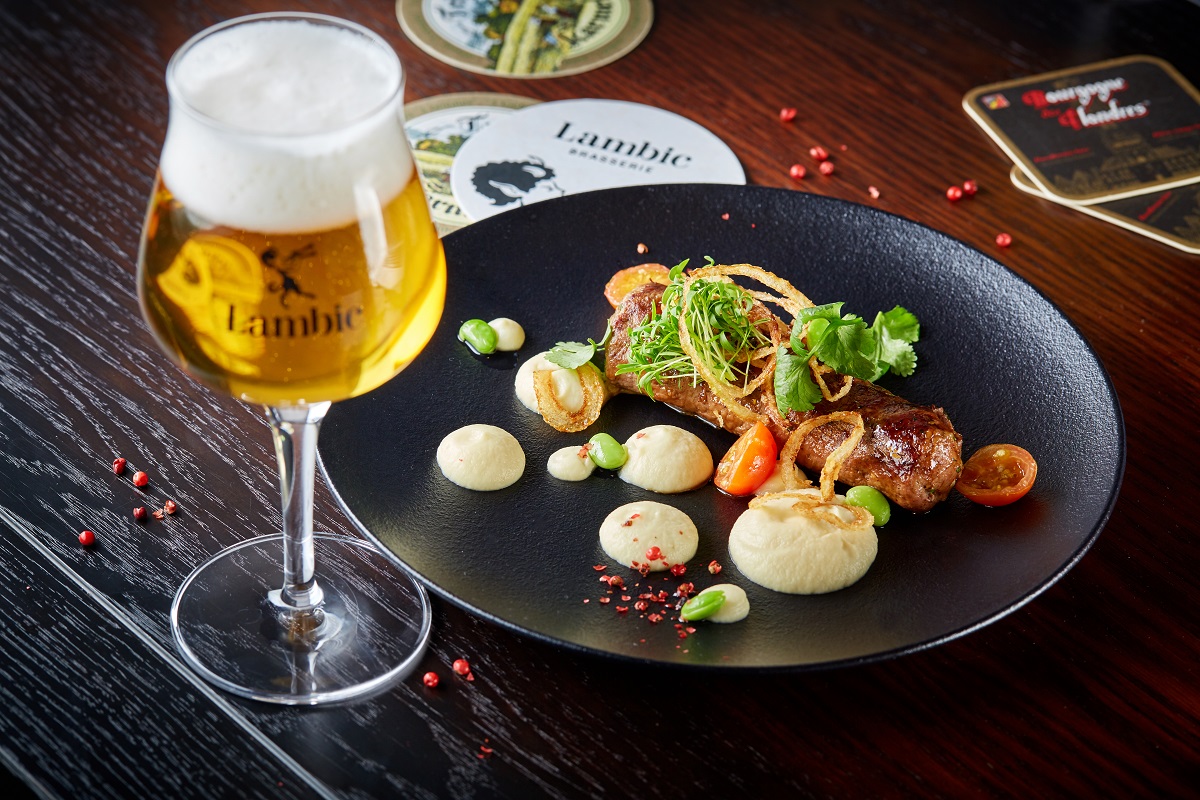
Myth or reality: can beer make you fat?
26 October 2024
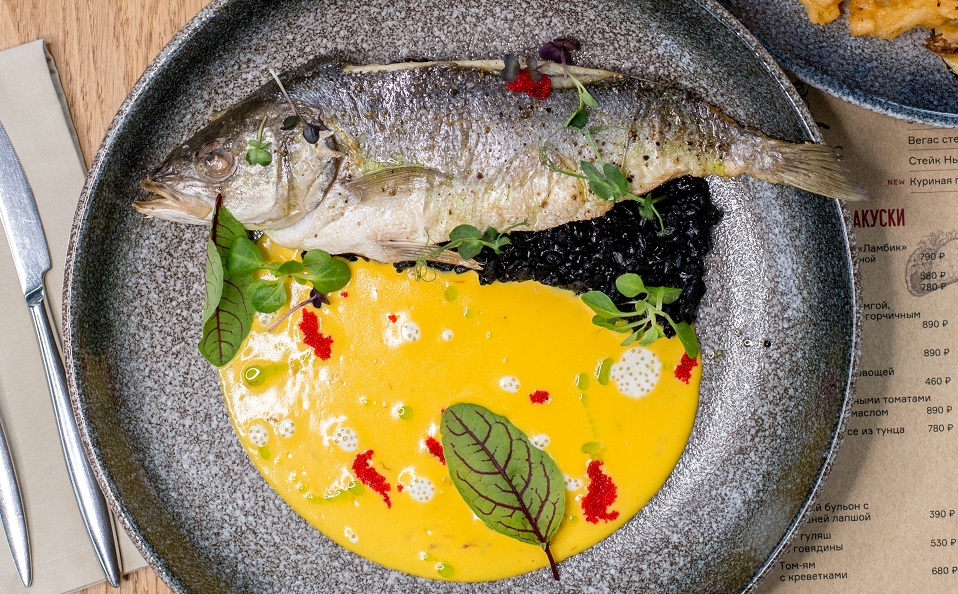
Catch, fish: which beer goes best with fish dishes?
26 October 2024
Russian-made cider Eden Sin: from the Volga region with love!
26 October 2024
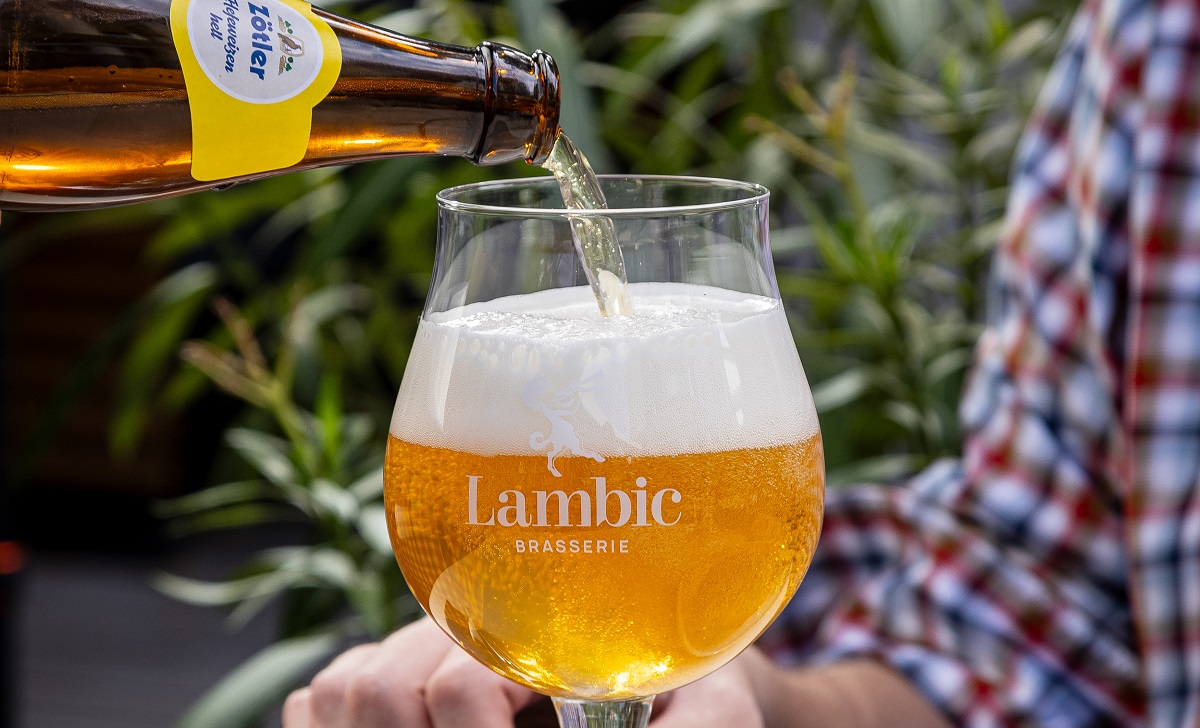
Taste without degrees: how non-alcoholic beer is made
19 September 2024
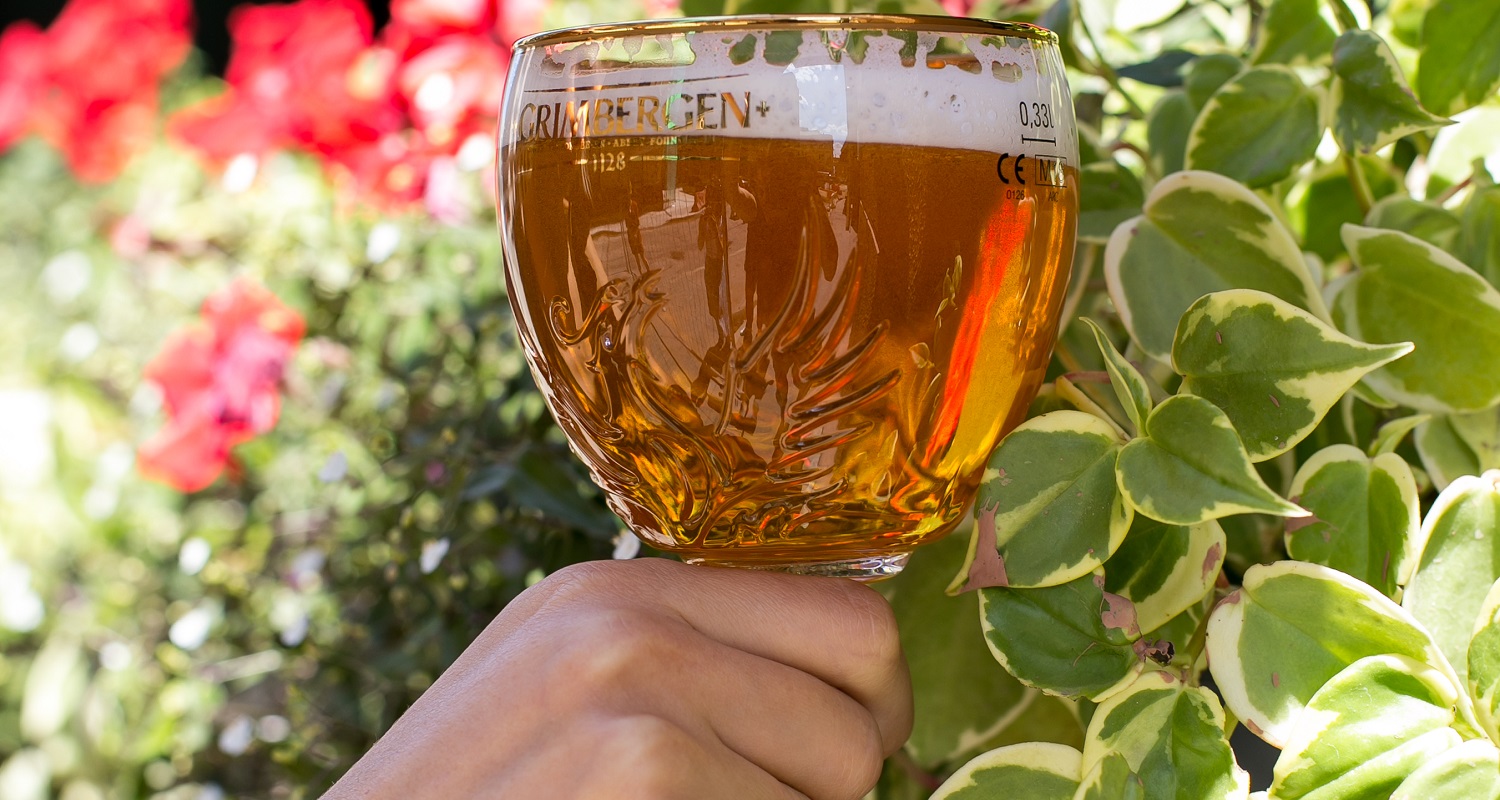
Summer with flavor: how to drink beer without harming your health in hot weather
19 September 2024
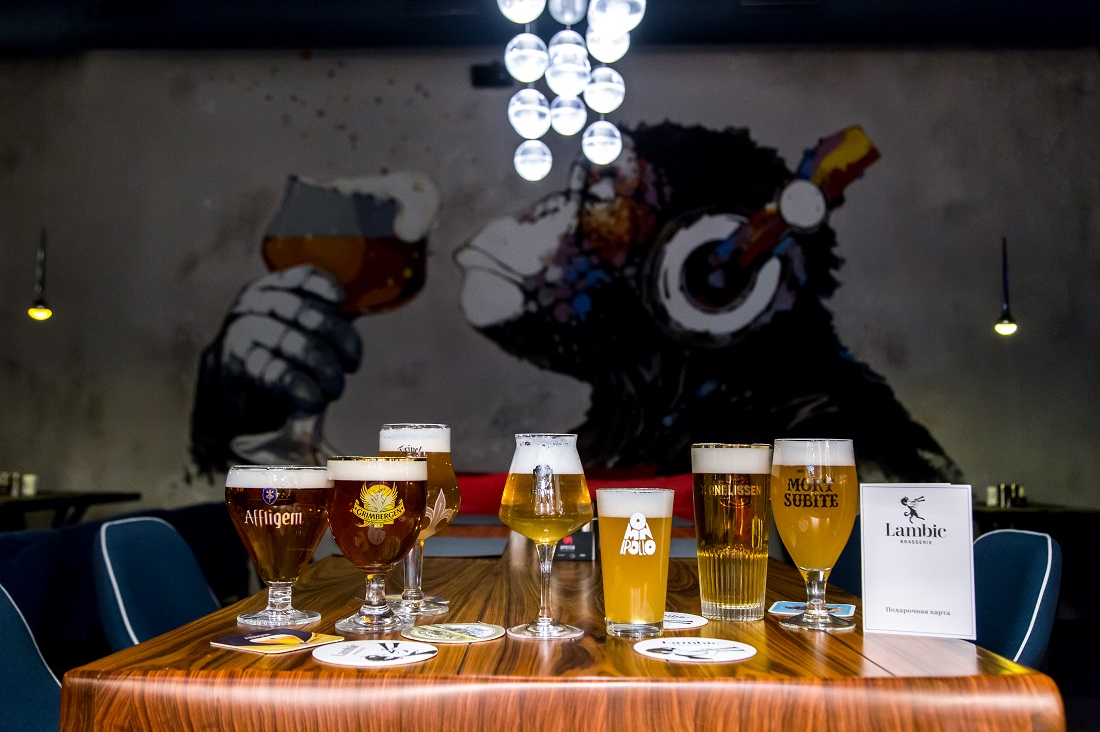
Gluten-free beer: what kind it is and how it differs from gluten-containing beer
19 September 2024
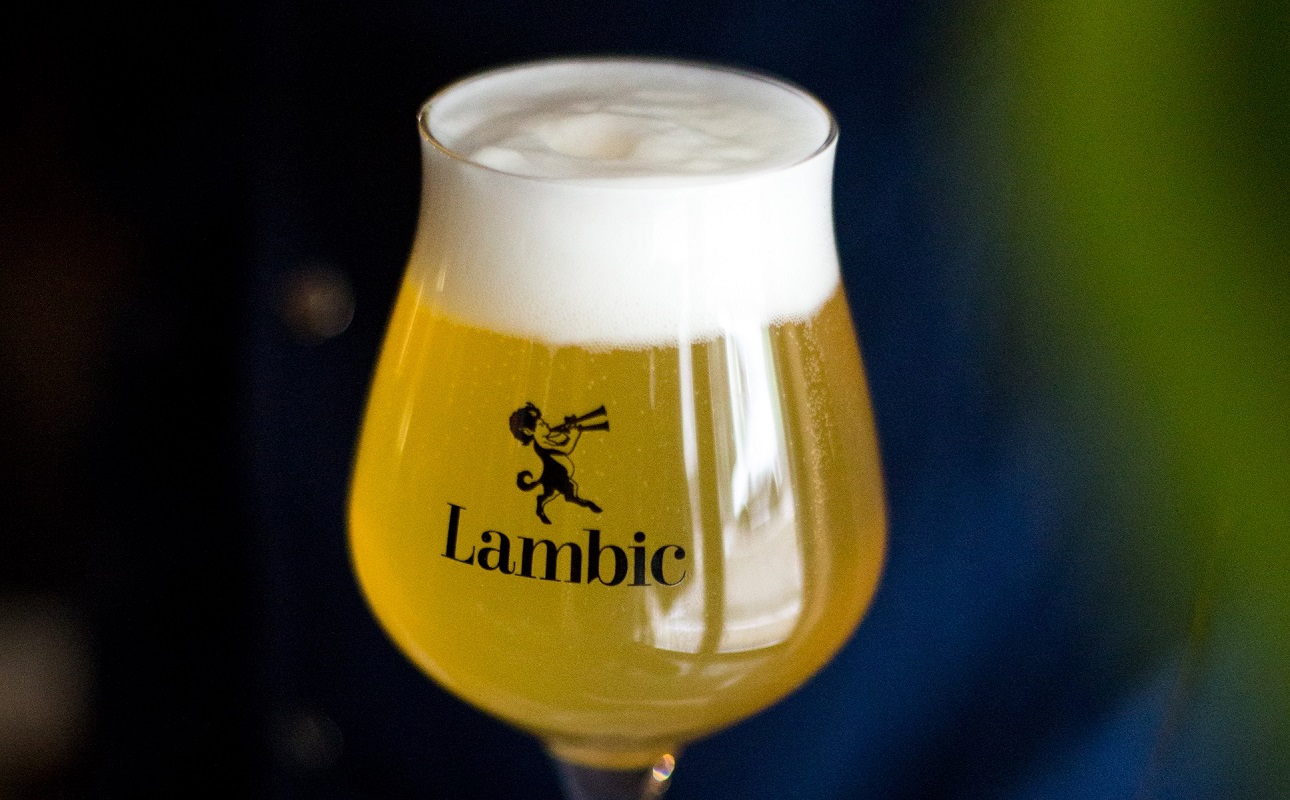
Porter beer: from the working class to the aristocrats
09 August 2024
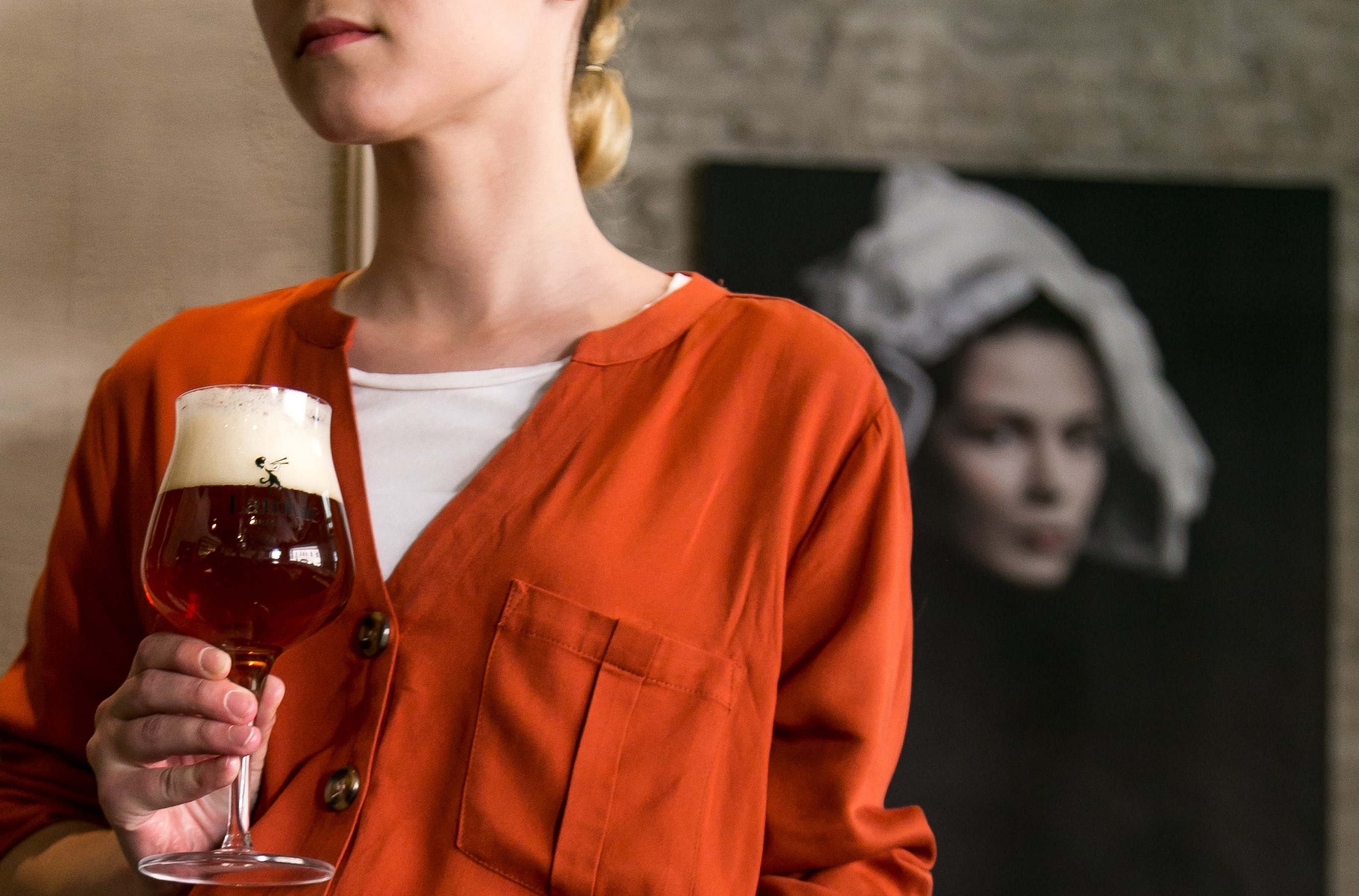
Hook Norton Double Stout beer: twice the fun
09 August 2024
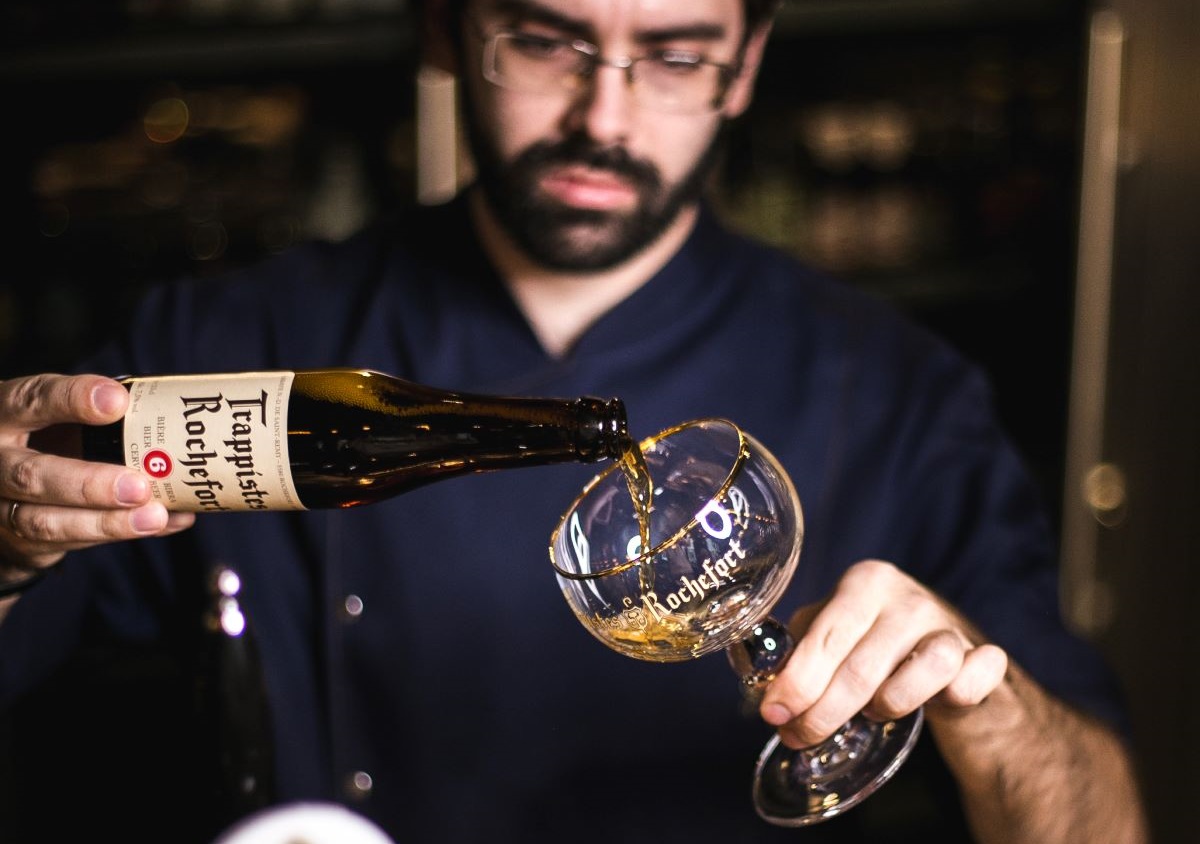
How to pour beer properly
09 August 2024
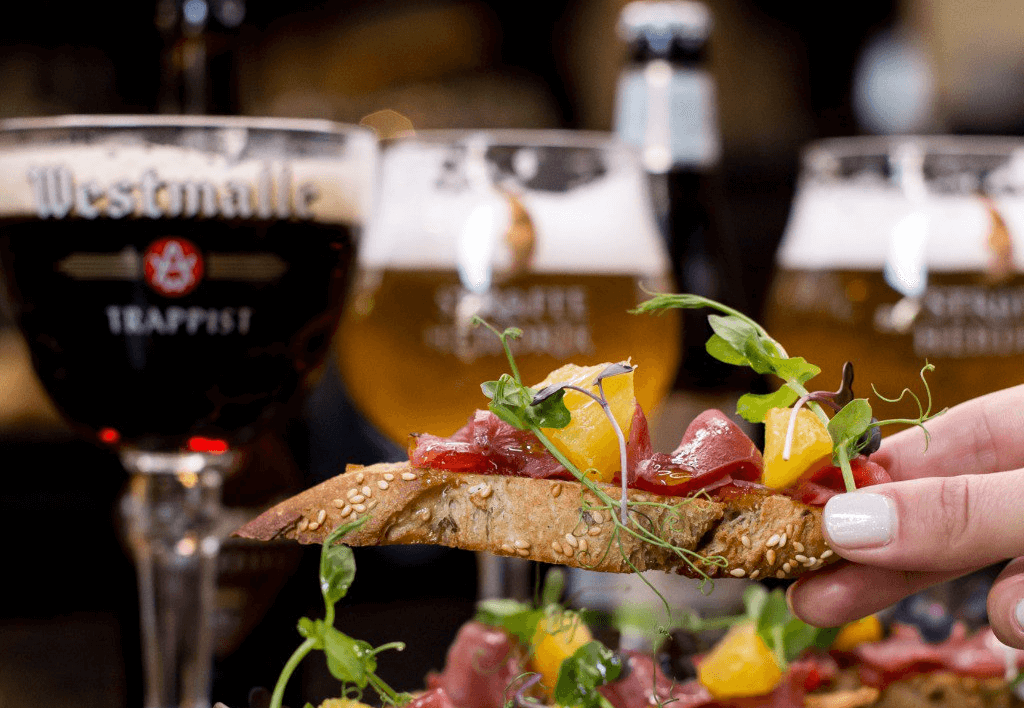
Harmony of flavors: seven best beer snacks
14 June 2024
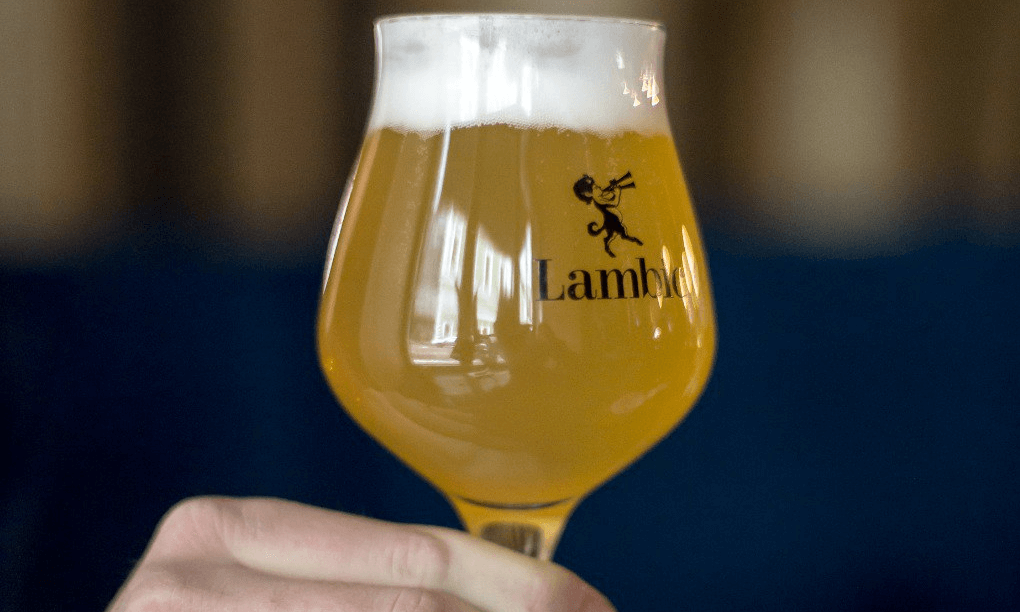
A review of new beers at Lambic restaurants: a must try
14 June 2024
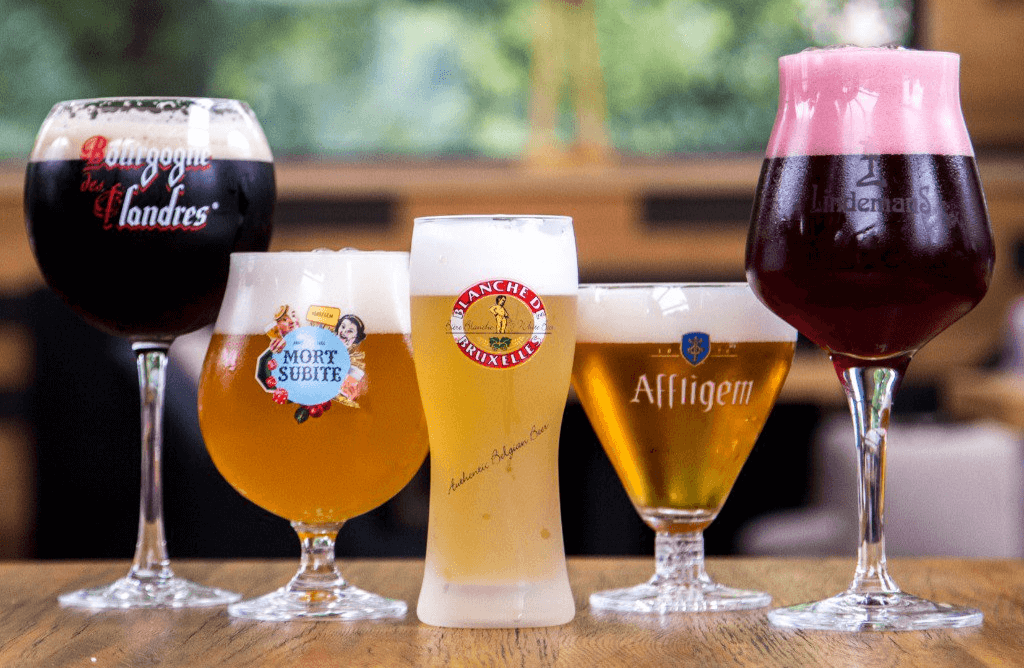
All about beer tasting: from preparation to evaluation
14 June 2024
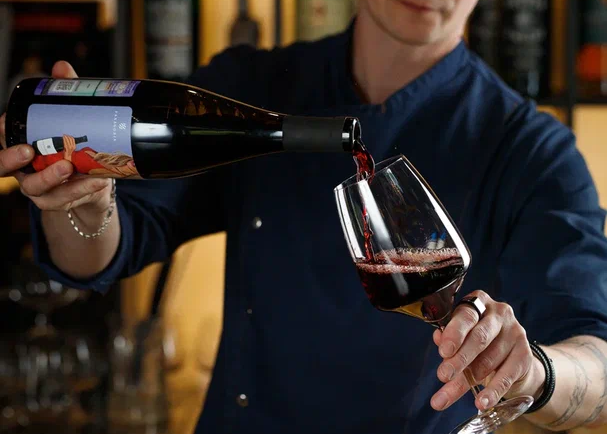
Rise of the machines: can artificial intelligence replace tastemakers
16 May 2024
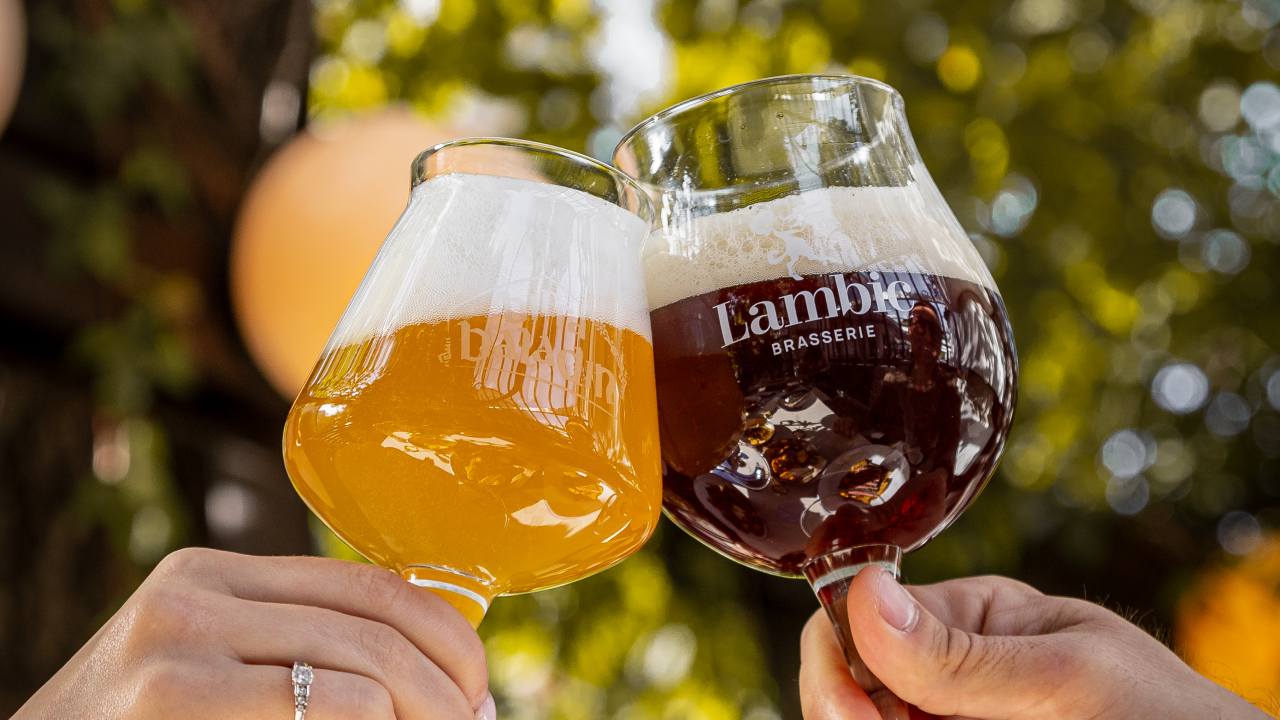
Summer lambics: refresh yourself with a fruity beer from Belgium
21 June 2025
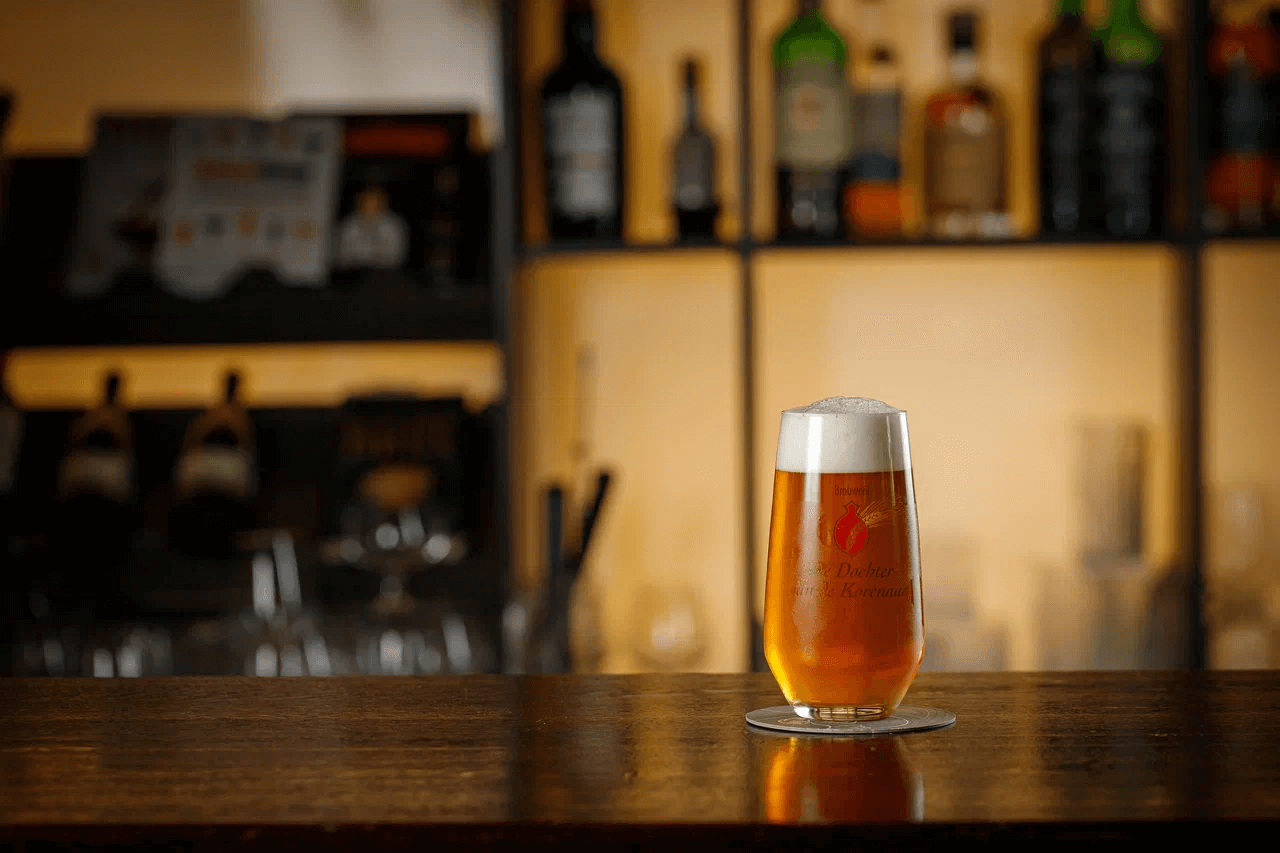
Secrets of production: what beer is made of and how it is brewed
16 May 2024
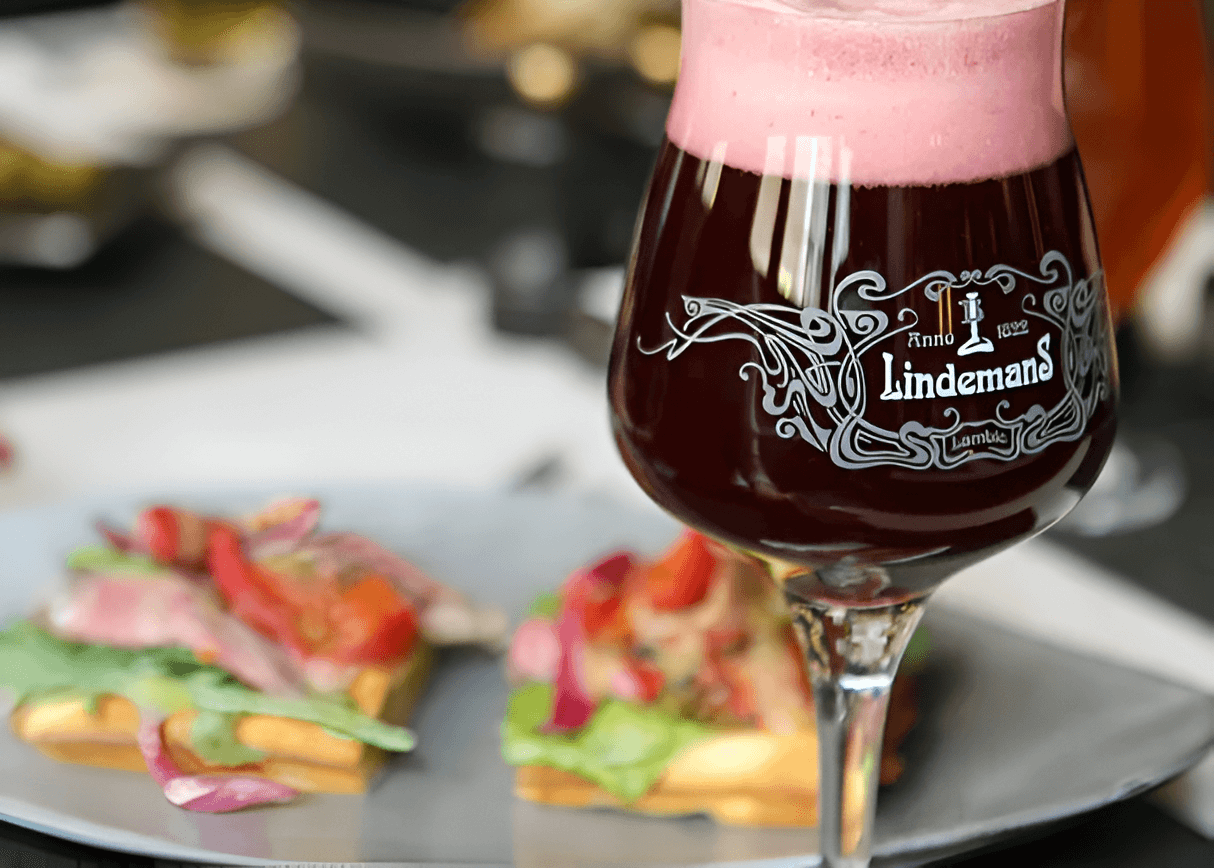
Cherry flavored: Belgian classic Lindemans Kriek
16 May 2024
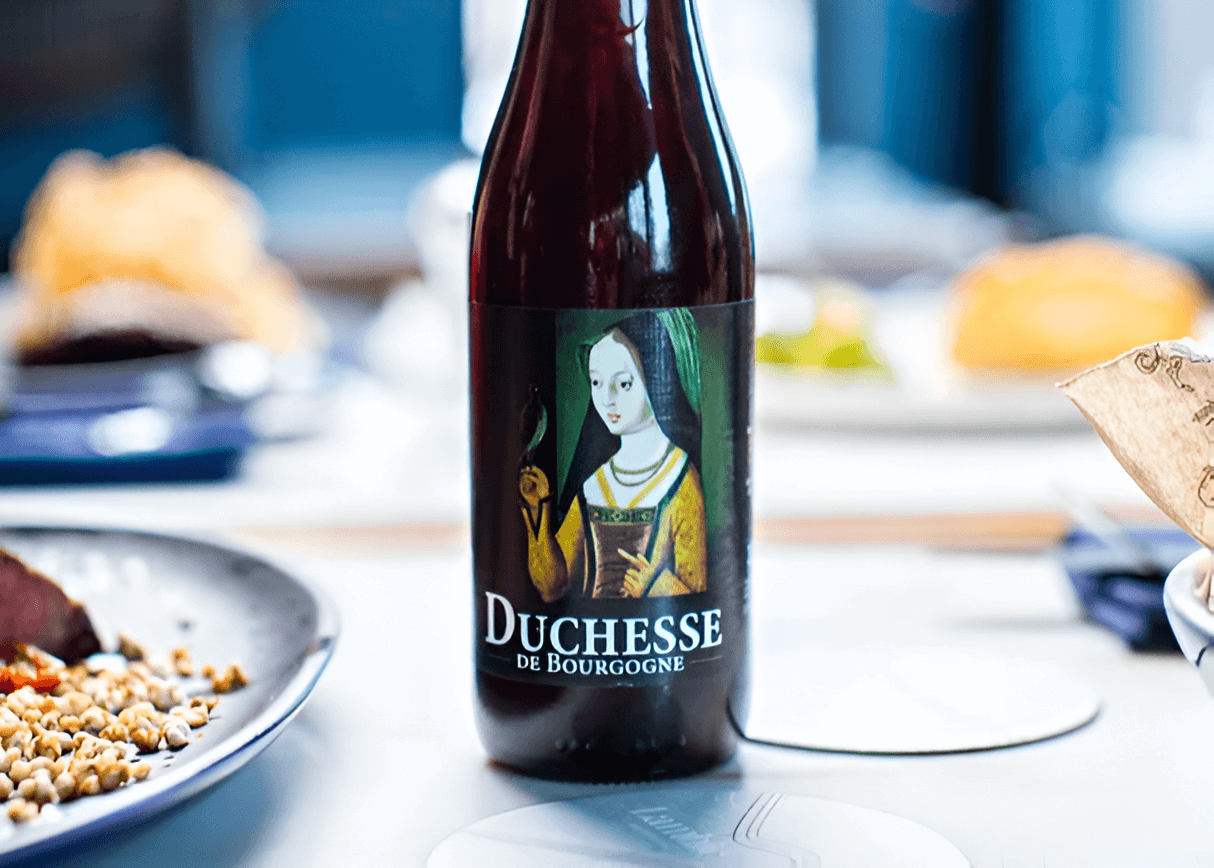
Flemish or Flanders ales
16 May 2024

How did business lunch historically come about?
10 May 2024
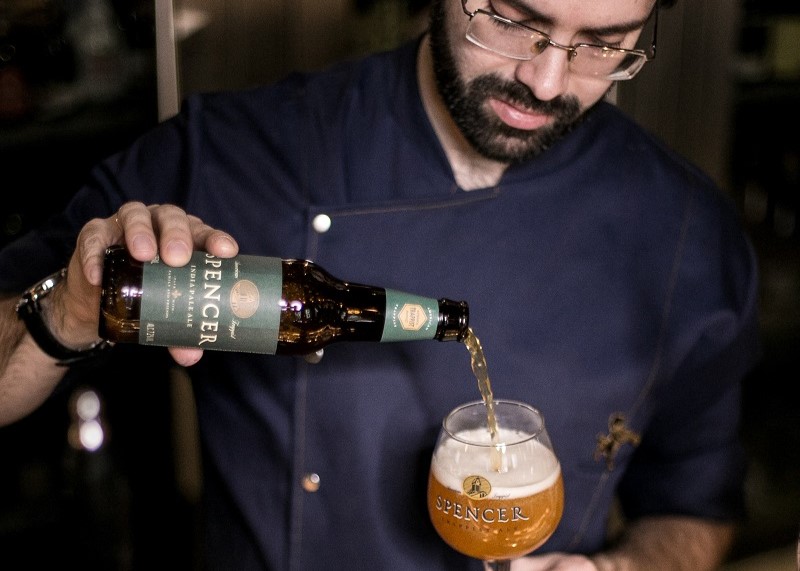
It's a match: how to taste beer properly to love it
10 May 2024
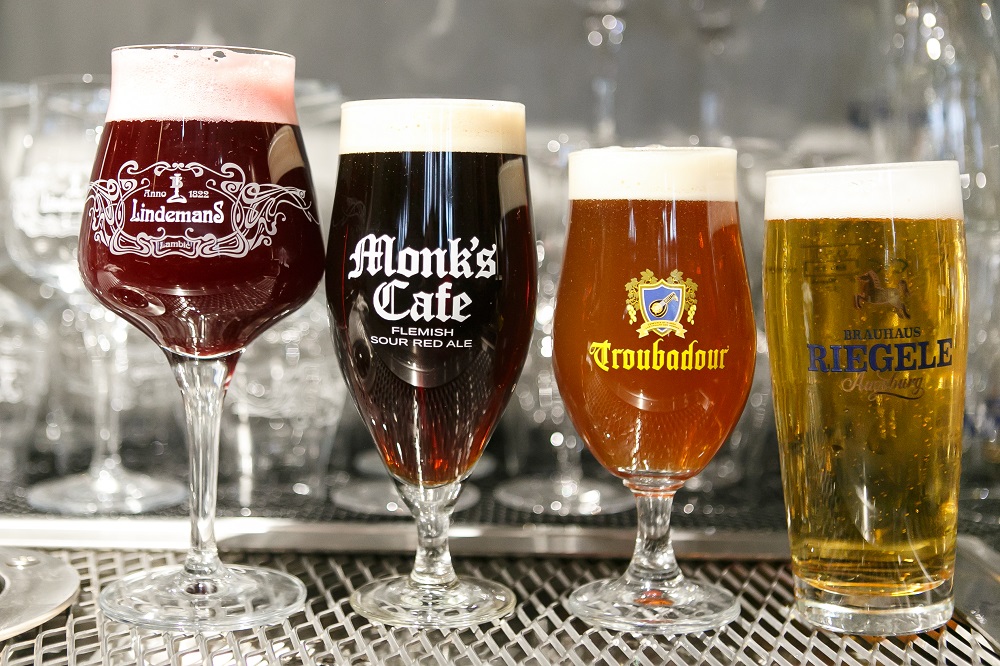
A detailed guide to beer: composition, varieties and characteristics
10 May 2024
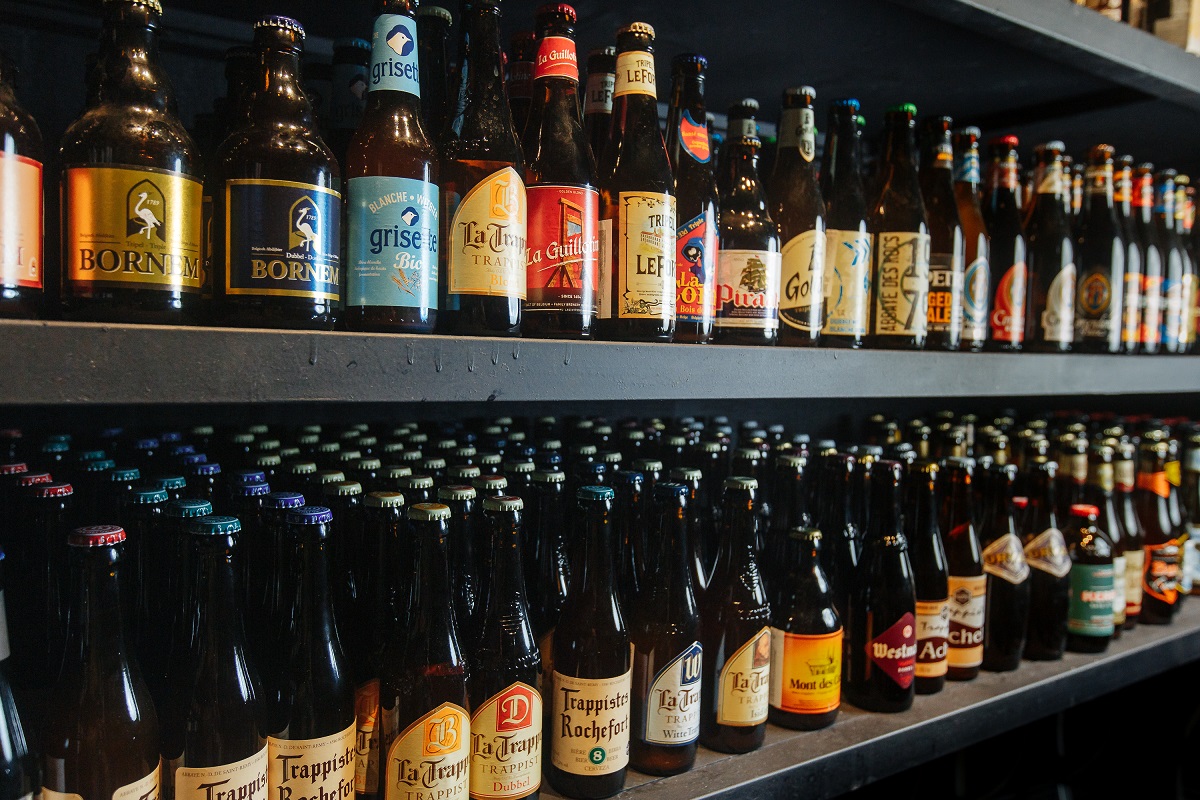
Learning how to properly store beer so it doesn't lose its flavor
27 March 2024
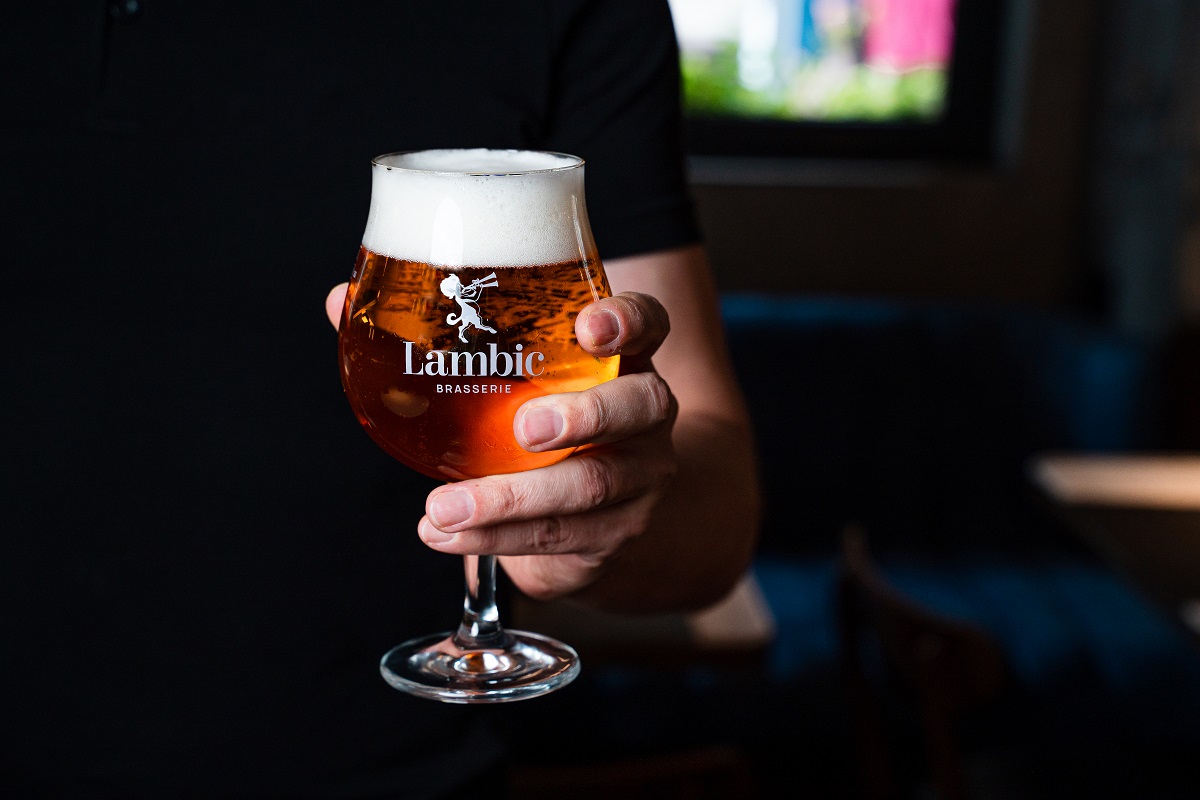
Craft beer glasses: your guide to serving beer properly
27 March 2024
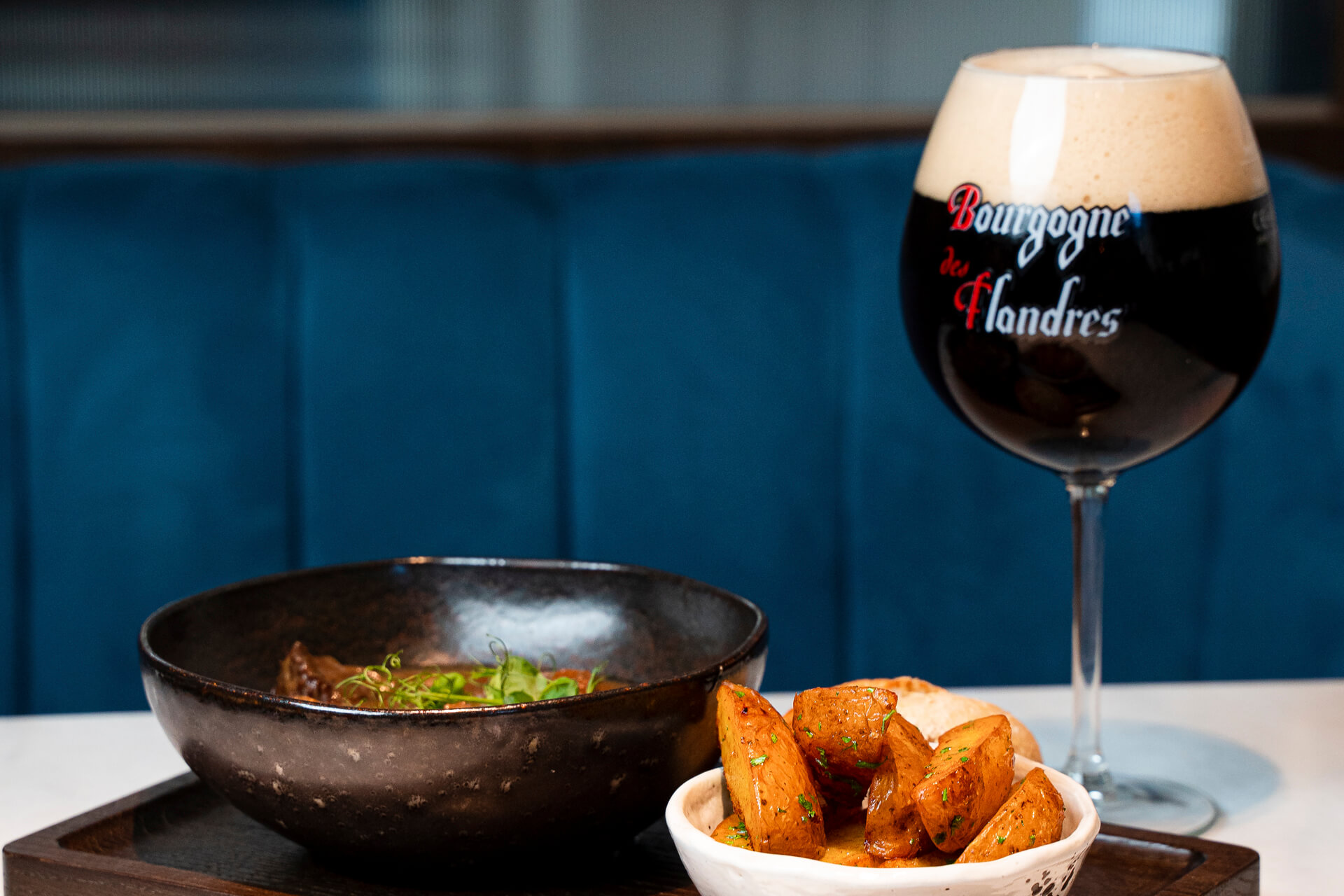
Belgian draught beer: legendary brews in your glass
19 October 2023
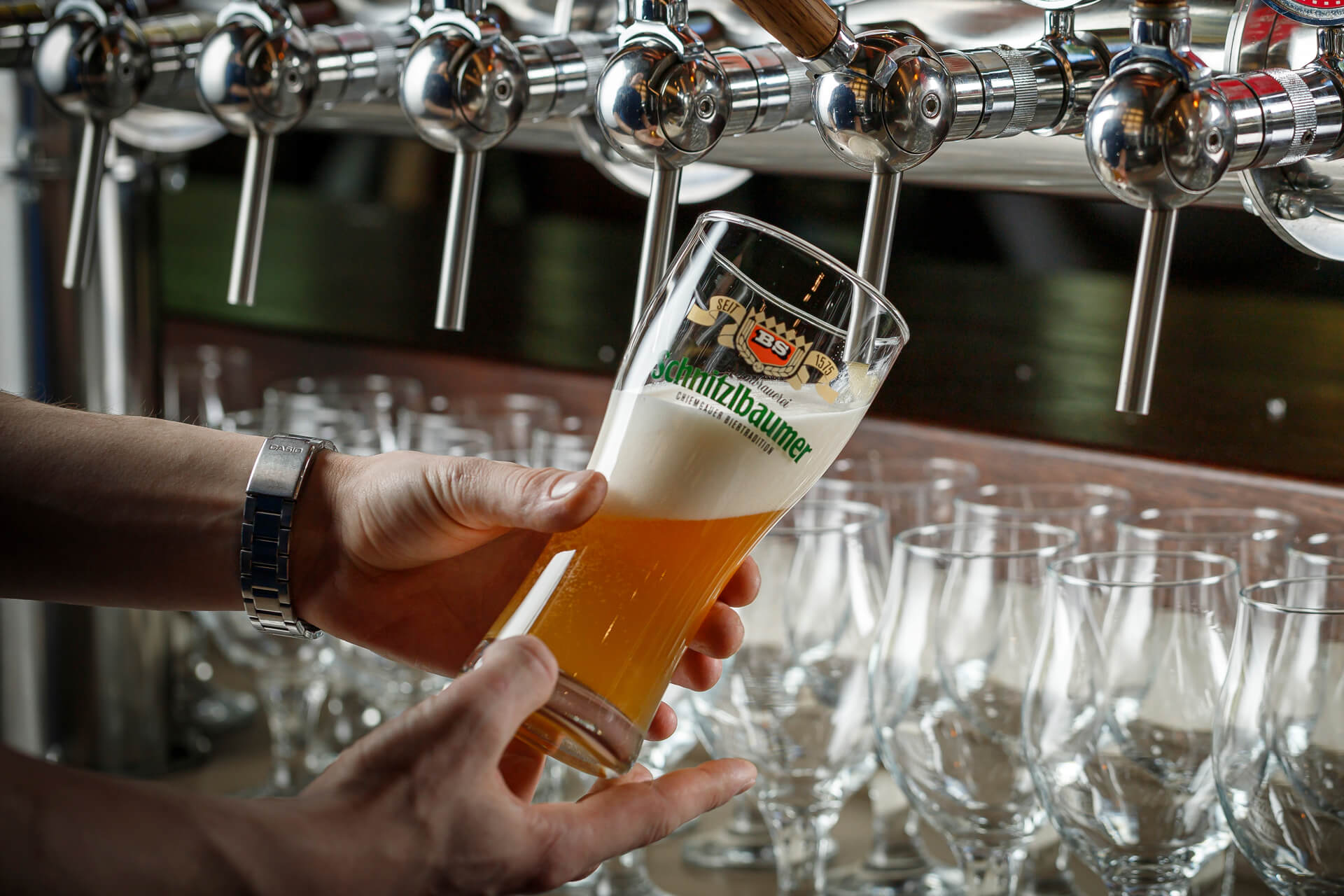
Mood color yellow: light draught beer in Lambic restaurants
19 October 2023
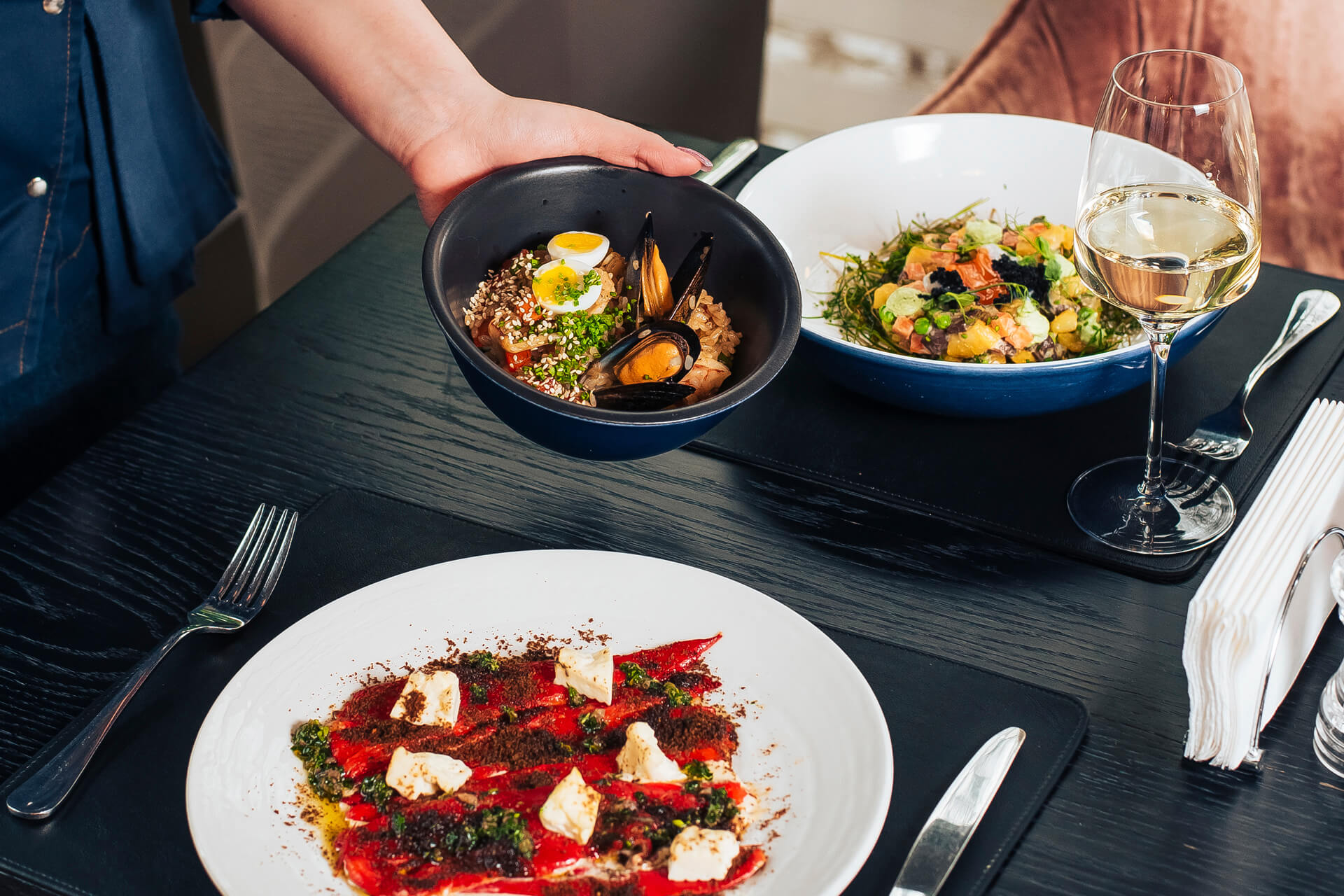
Business dinner at Lambic restaurant: when atmosphere decides
19 October 2023
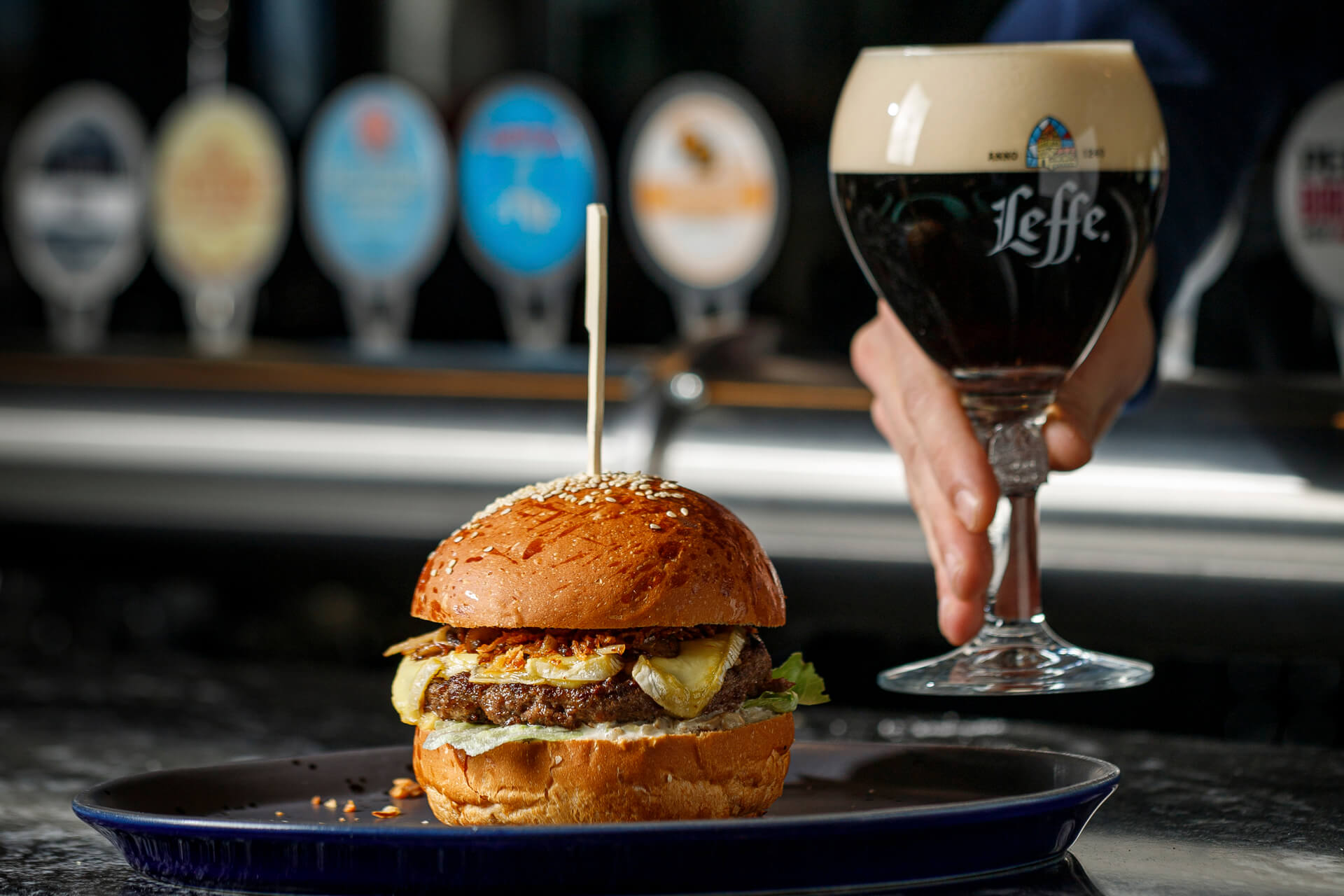
Hardcore only: dark draft beer at Lambic restaurants
19 October 2023

The blue moon is to blame: the story of the Belgian beer Blue Moon
28 August 2022
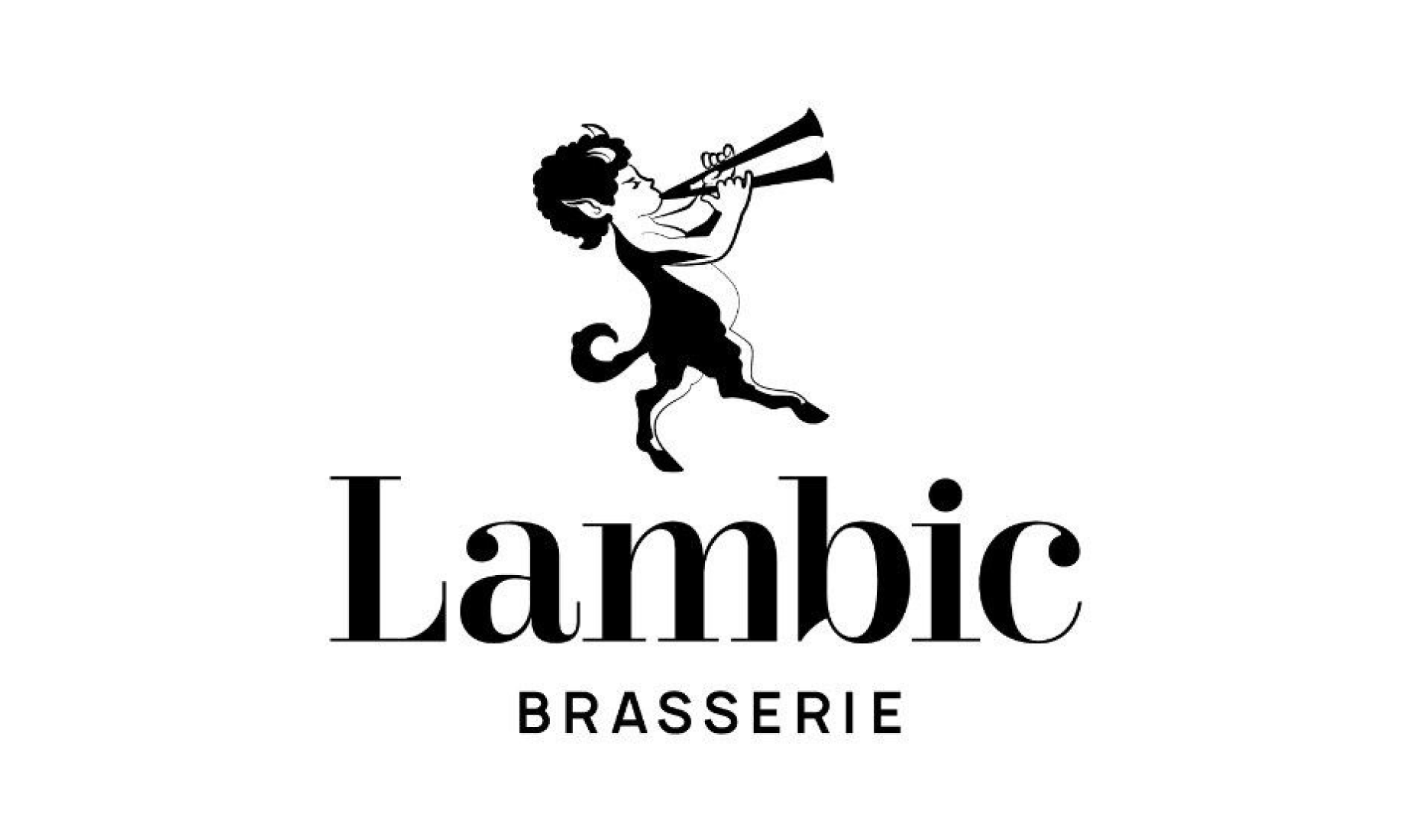
Where to go on New Year's Eve in Moscow: 5 ideas for a magical feast
25 November 2021
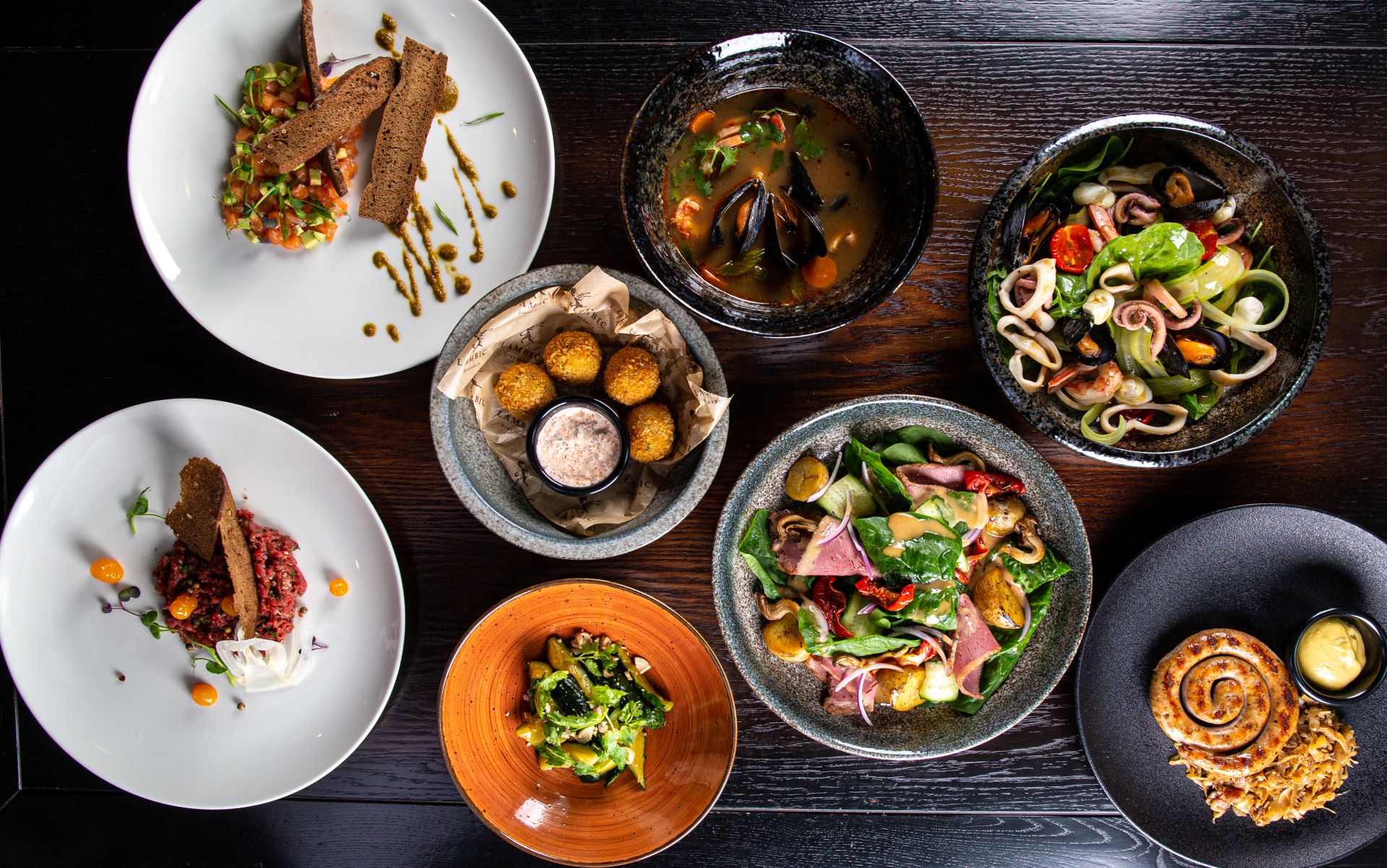
Eat, love, enjoy: a romantic dinner at Lambic restaurant
18 October 2023

Belhaven McCallum's Stout: Your Perfect Harbor
13 October 2021
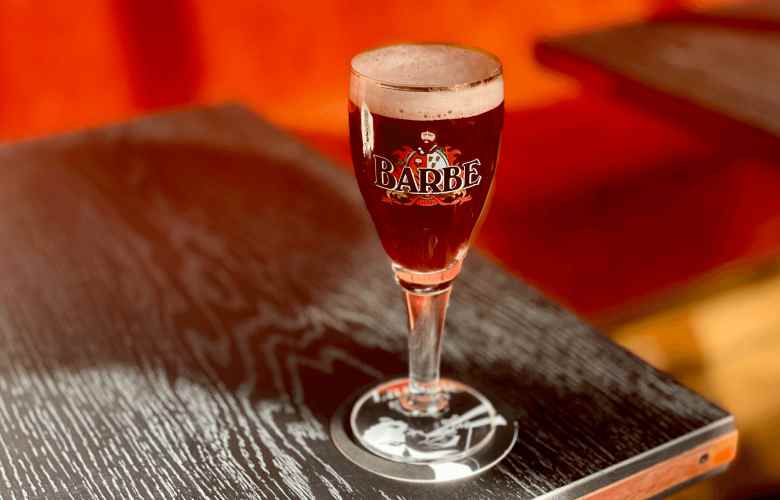
Fruit "beard": what Barbe Ruby is famous for
08 September 2021
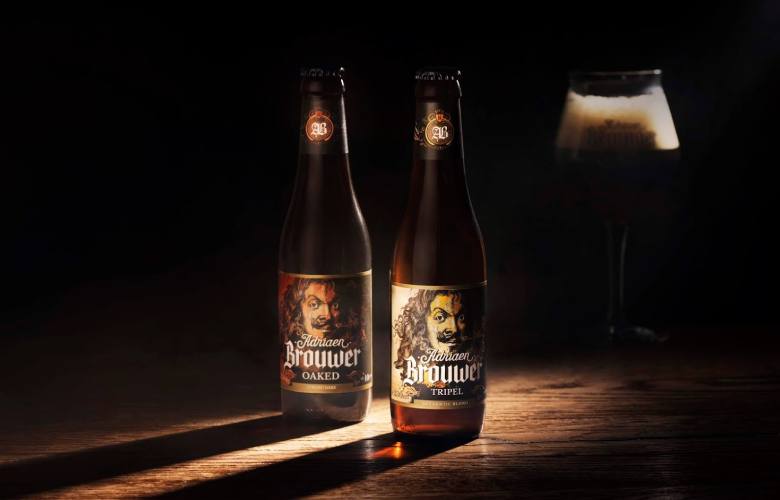
Adriaen Brouwer beer: history and characteristics
07 September 2021
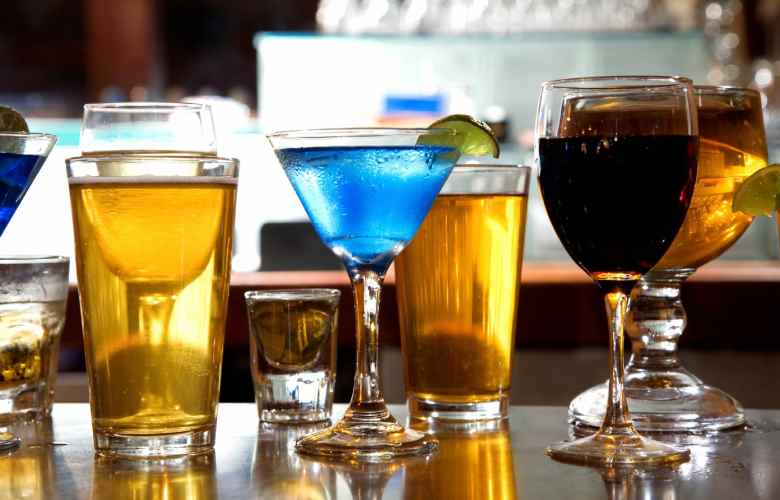
What can your favorite alcohol tell you about a person's character?
07 September 2021

To drink or not to drink: should I drink non-alcoholic beer while driving?
22 August 2021
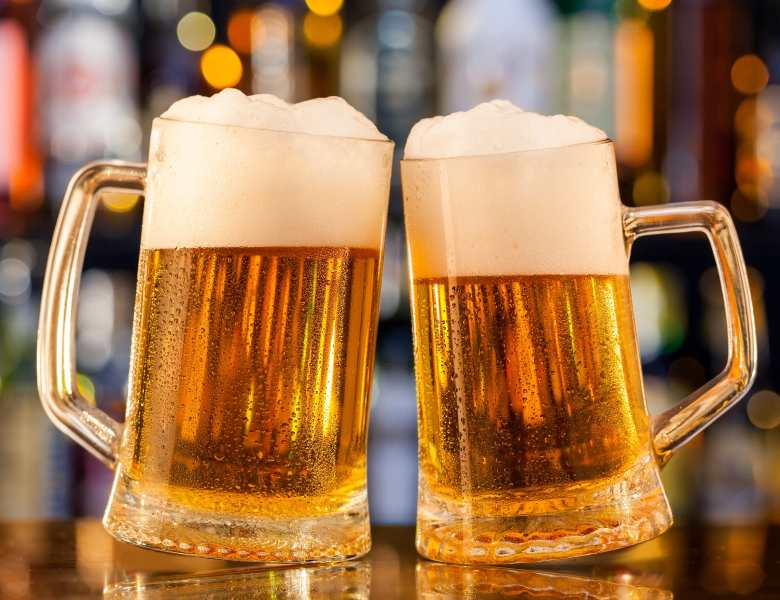
How long does it take to weatherize beer from the body and can this process be accelerated?
22 August 2021

On a hot topic: can I drink beer before and after the coronavirus vaccination?
22 August 2021
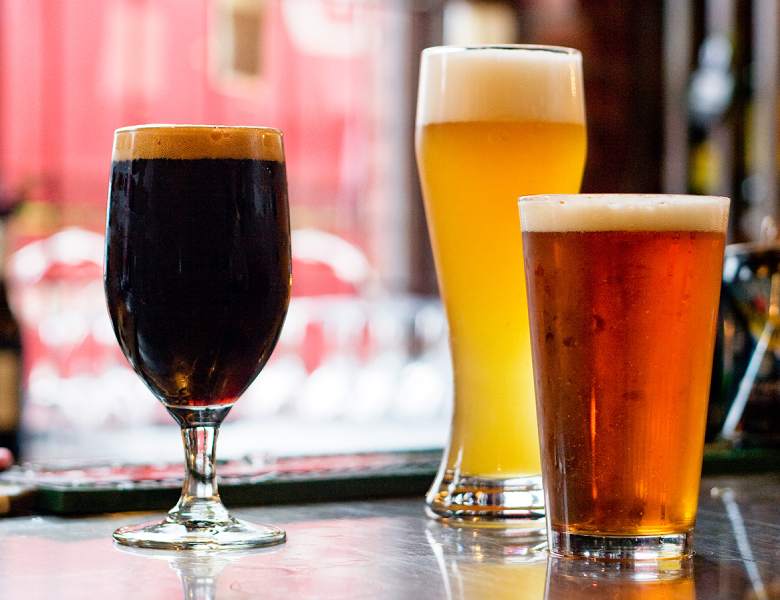
Both trendy and tasty: all the interesting things about craft beer
21 April 2021
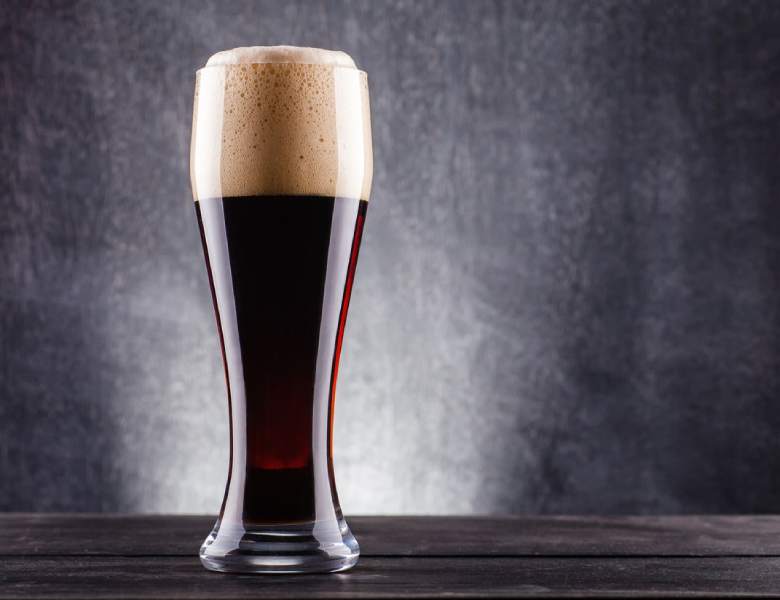
Dark ales as they are: Characteristics of the oldest family
21 April 2021
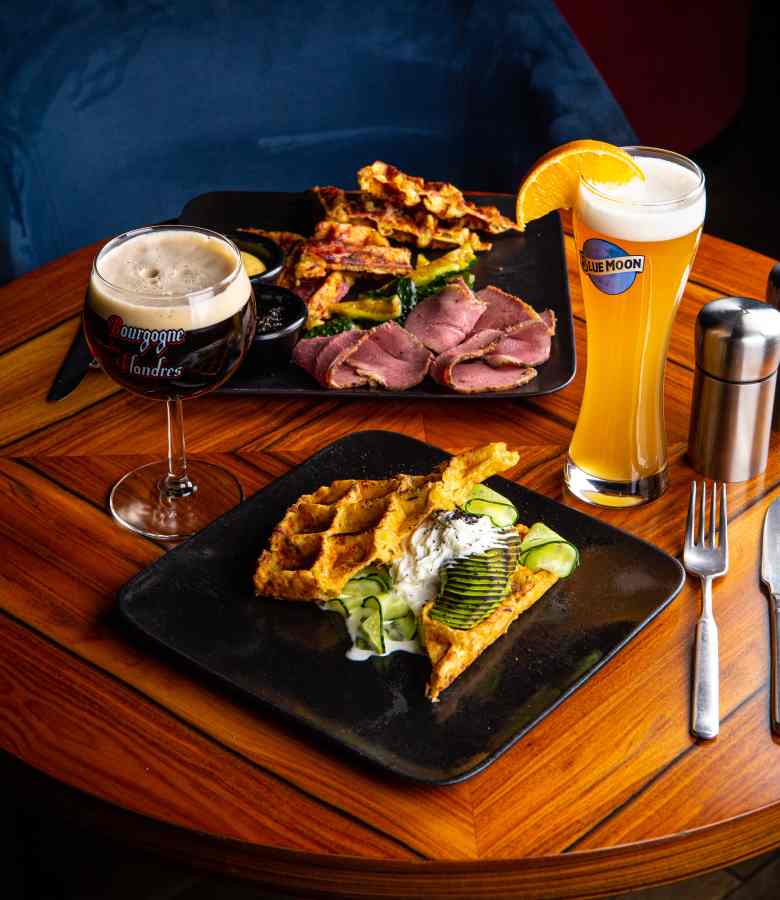
How Beer Affects the Body: Truth and Misconceptions
21 April 2021
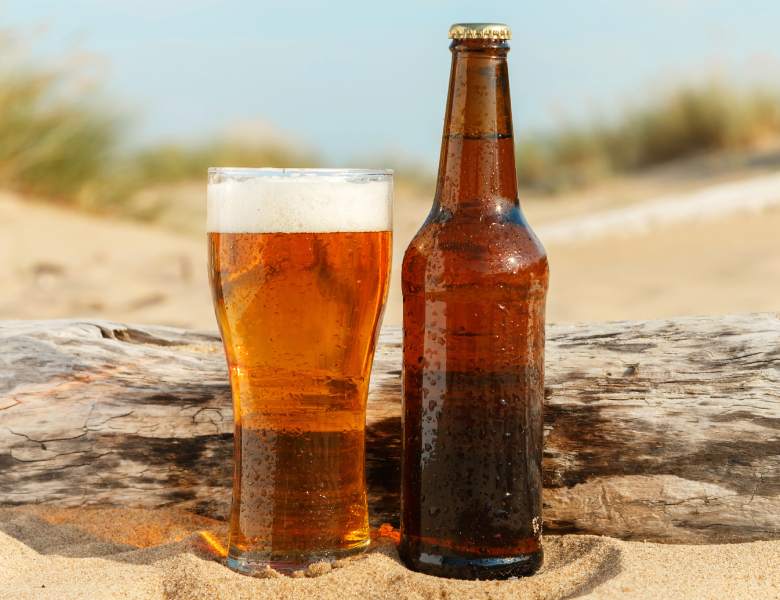
Bottled or draft: which beer is better?
21 April 2021
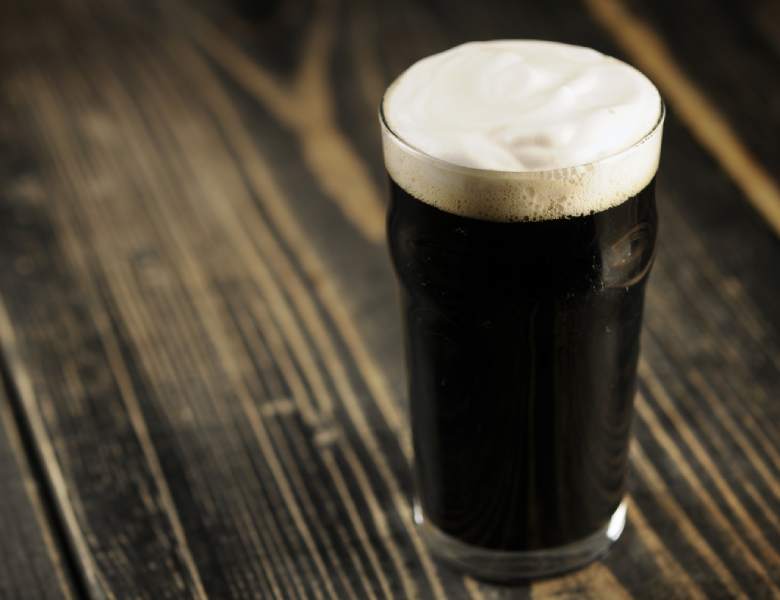
The Style of Stout Beer: All About Ireland's Most Irish Beer
21 April 2021
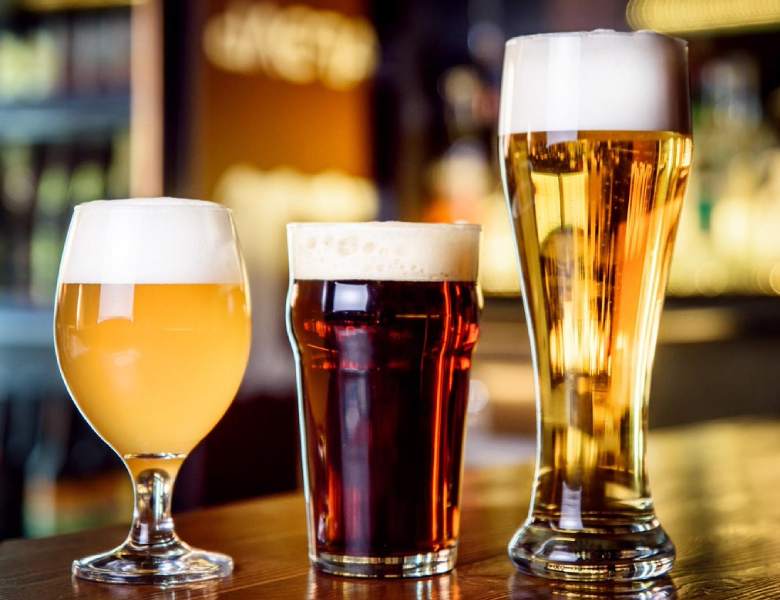
Taste and color: the choice between filtered and unfiltered beer
21 April 2021
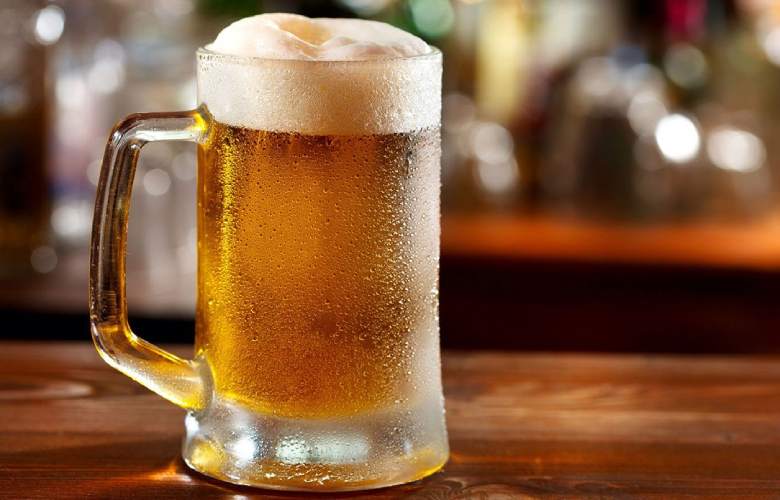
How to know if the beer is of high quality: 5 important nuances
21 April 2021
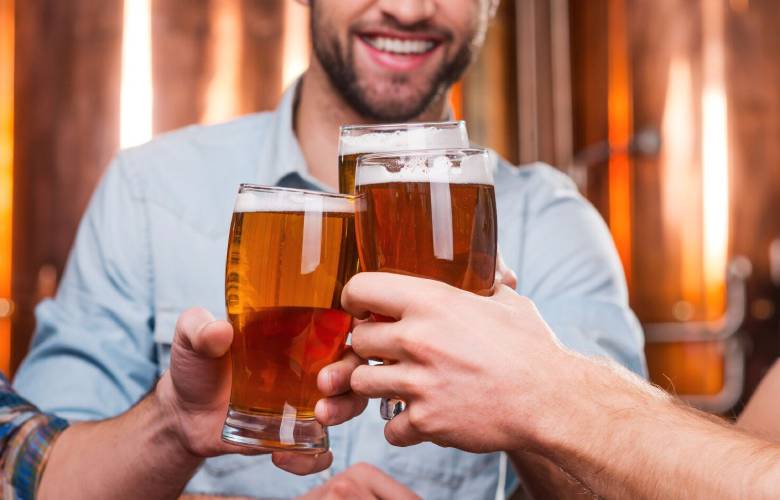
Can I drink beer after working out: pros and cons
21 April 2021

Beer and antibiotics: enemies or friends?
21 April 2021
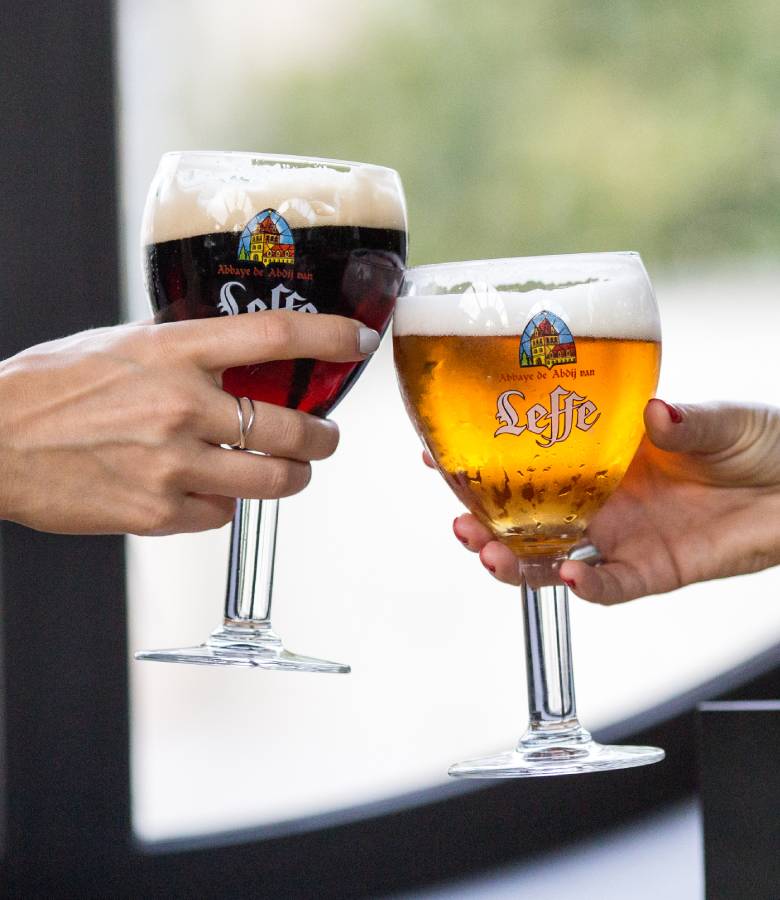
Unbelievable but true: the loudest beer-related world records
21 April 2021

Cider: the history and characteristics of the most apple beverage
29 March 2021
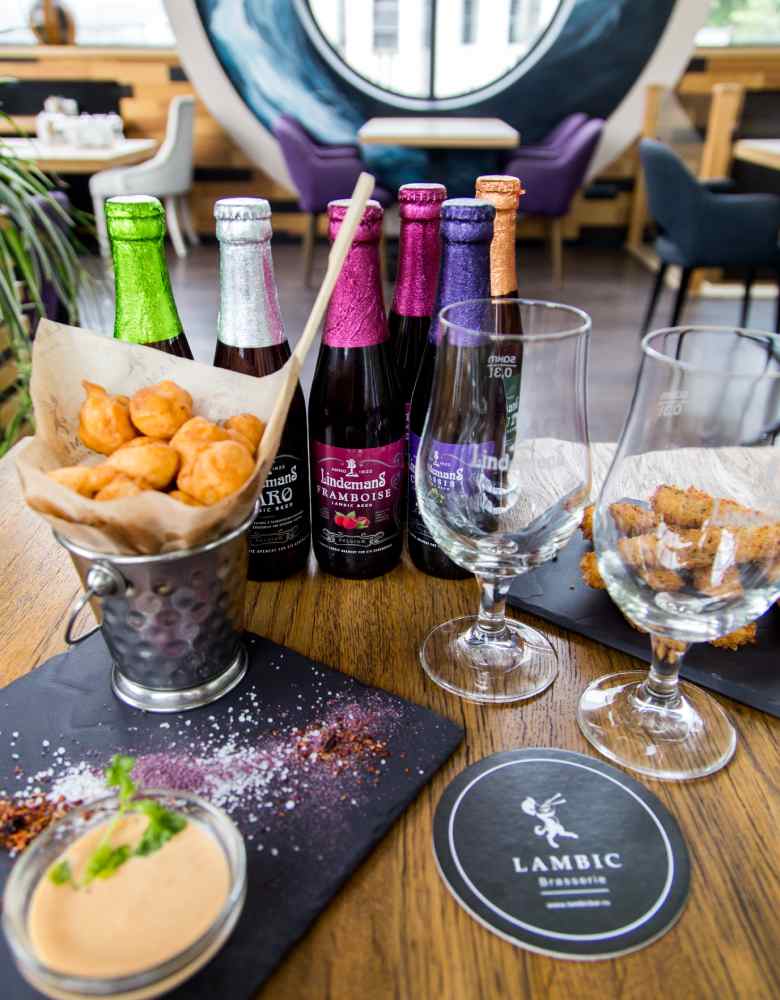
Fruit and Berry Lambic: A History of Succulent Flavor
29 March 2021
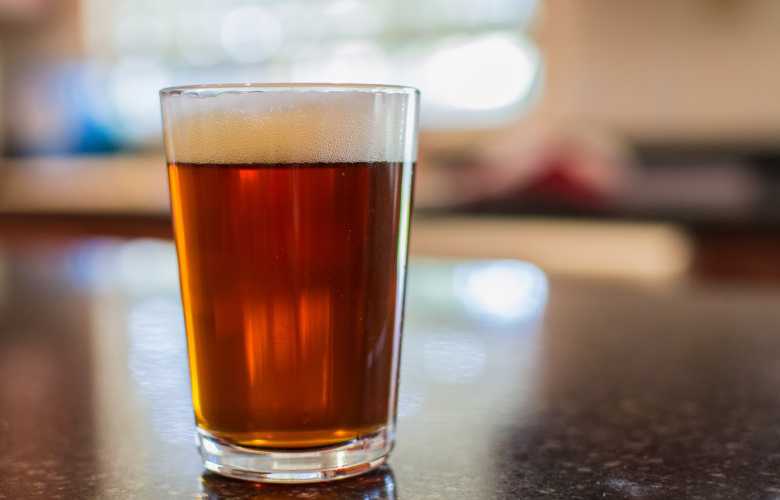
Amber ale: the secret of bright taste
29 March 2021
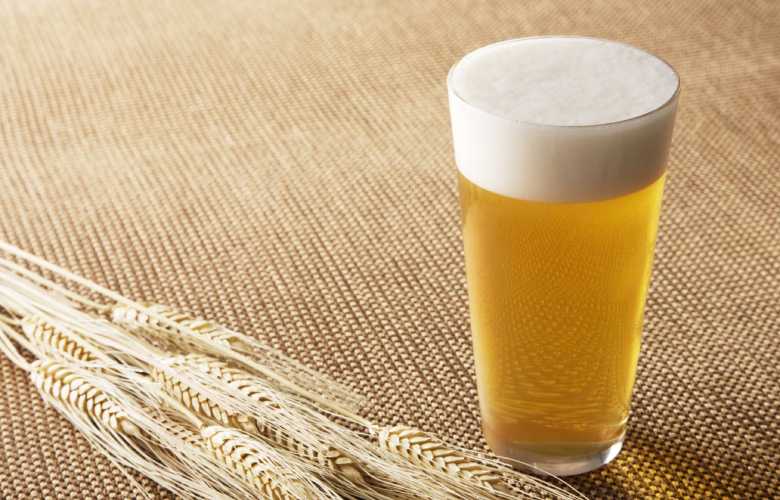
Belgian wheat ale - a light beer with a unique taste
29 March 2021
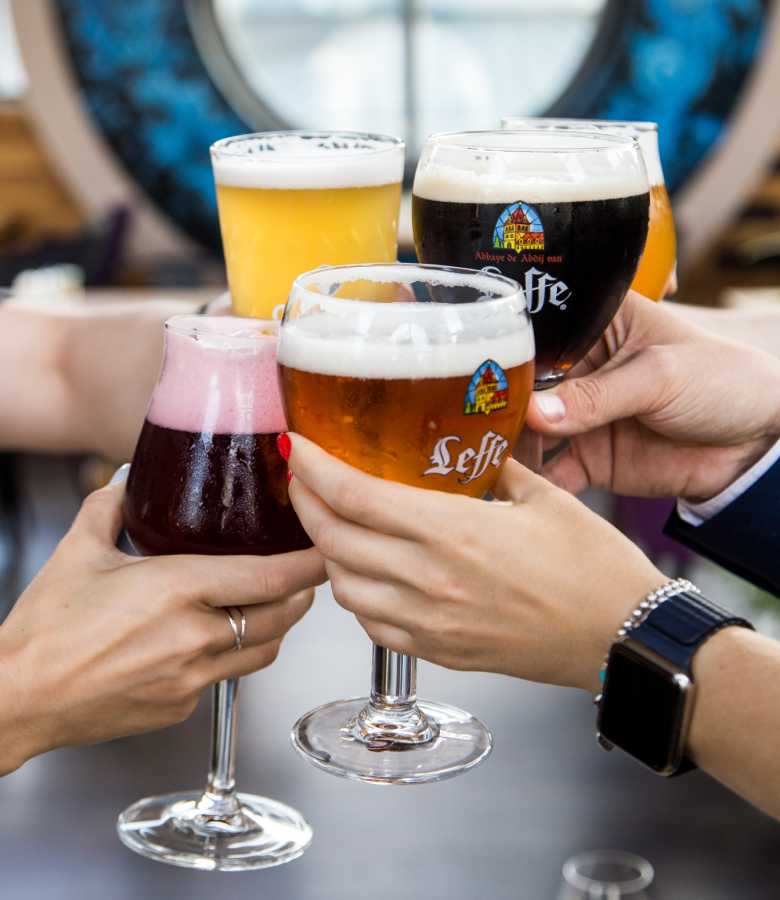
Features of Belgian beer: tradition and modernity
29 March 2021
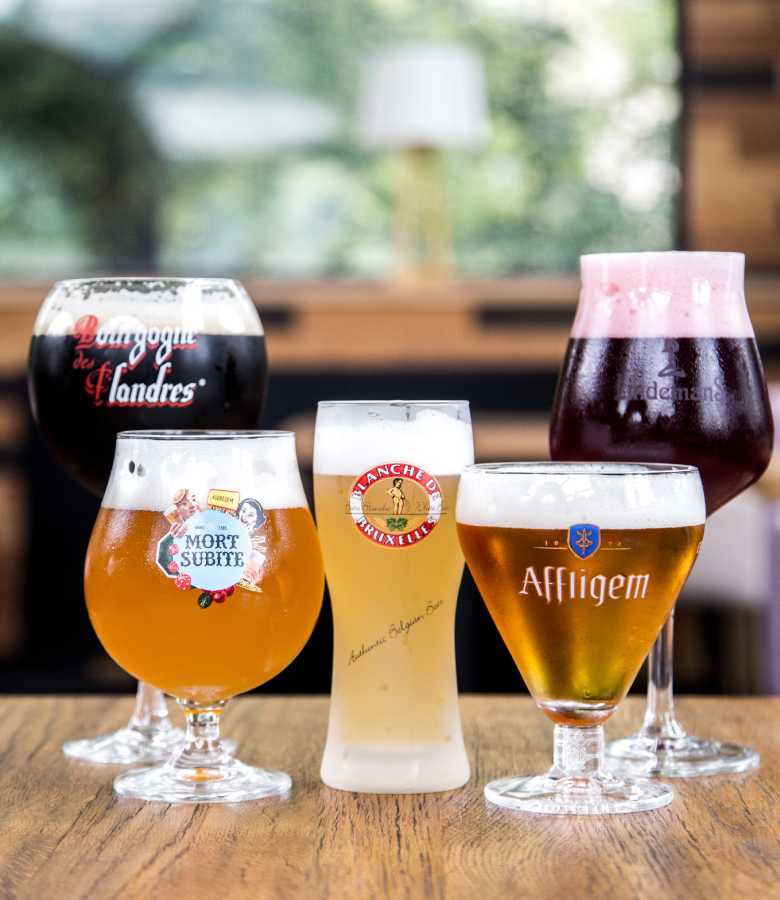
Every style of beer has its own glass: finding the perfect match for your favorite drink
29 March 2021
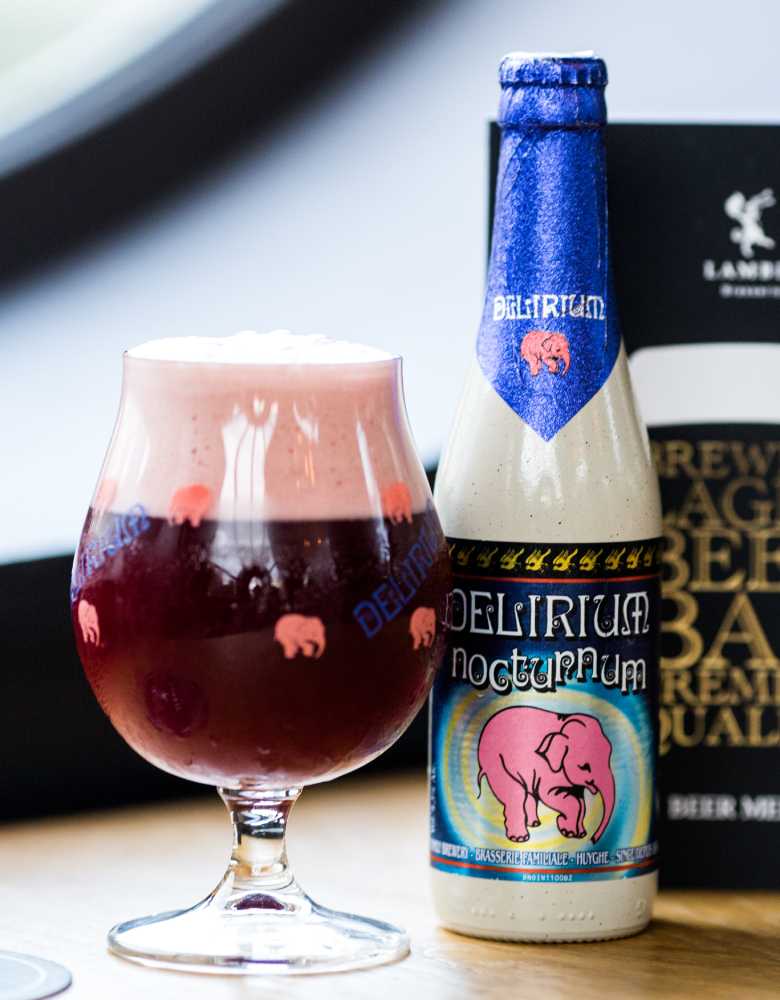
What is the shelf life of beer in different containers?
29 March 2021

Brussels Champagne: what it really is
29 March 2021
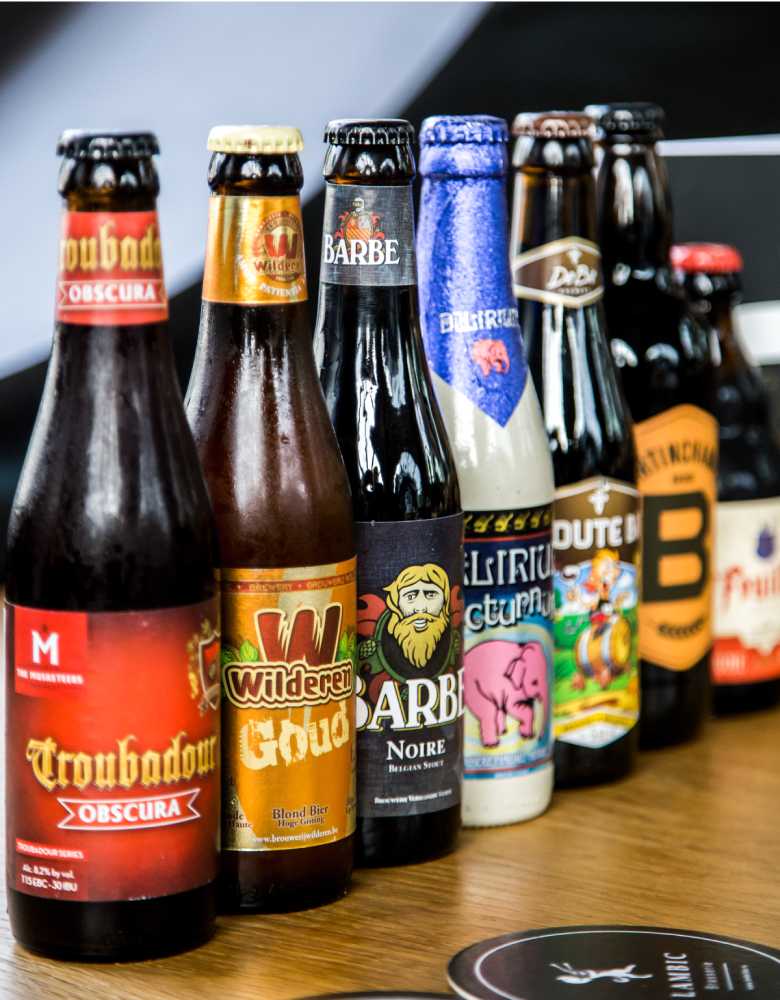
History of the origin of beer: all the most interesting things about the favorite drink
29 March 2021
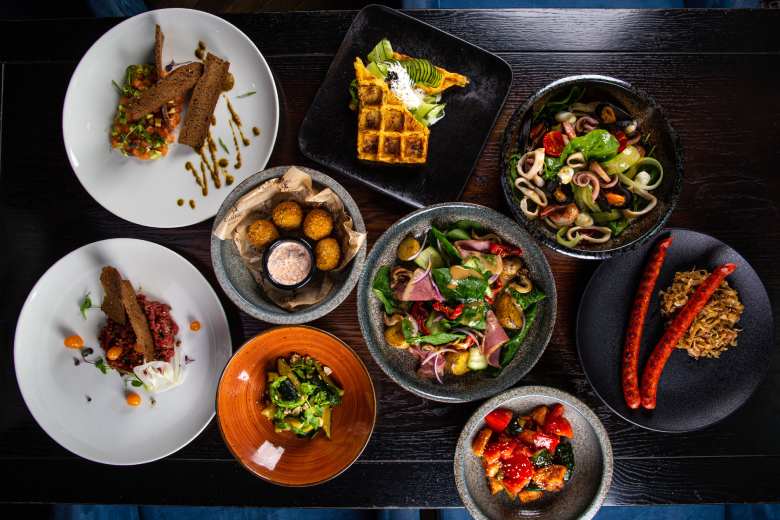
What appetizers will go with ale: looking for the right combinations
28 March 2021
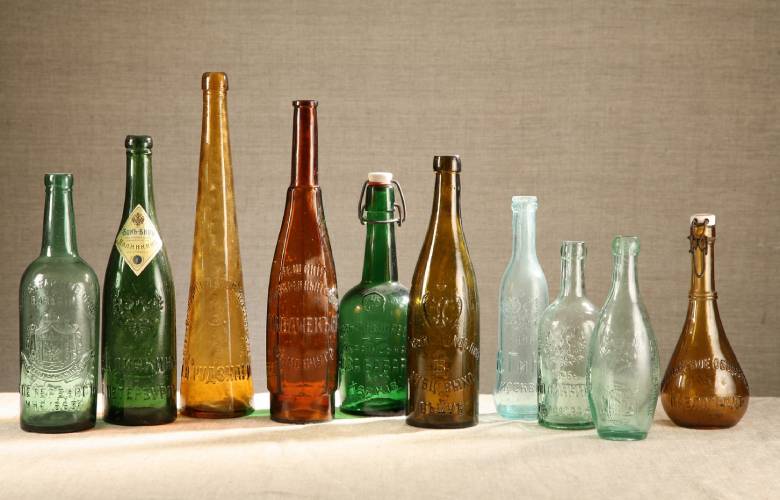
How the beer bottle appeared: the history of the most popular container of our time
28 March 2021
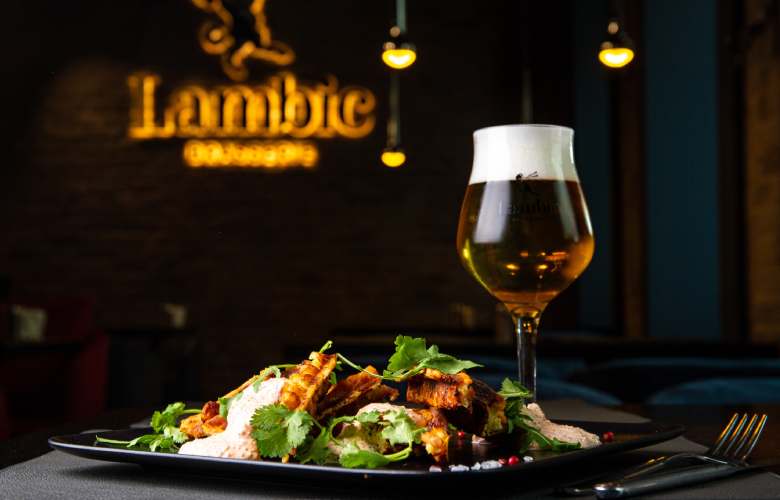
Not like the rest: peculiarities of hop-free beer production
23 March 2021
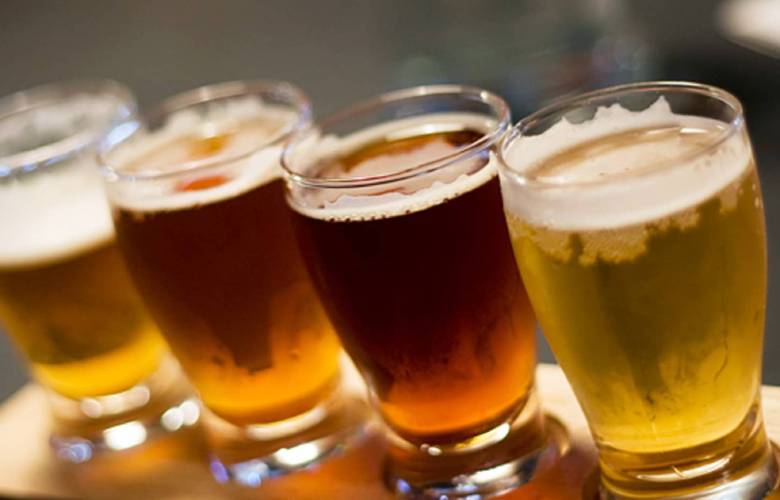
What is the difference between lager and ale: let's understand the nuances
28 March 2021

Leffe beer: the brand that everyone knows
23 March 2021
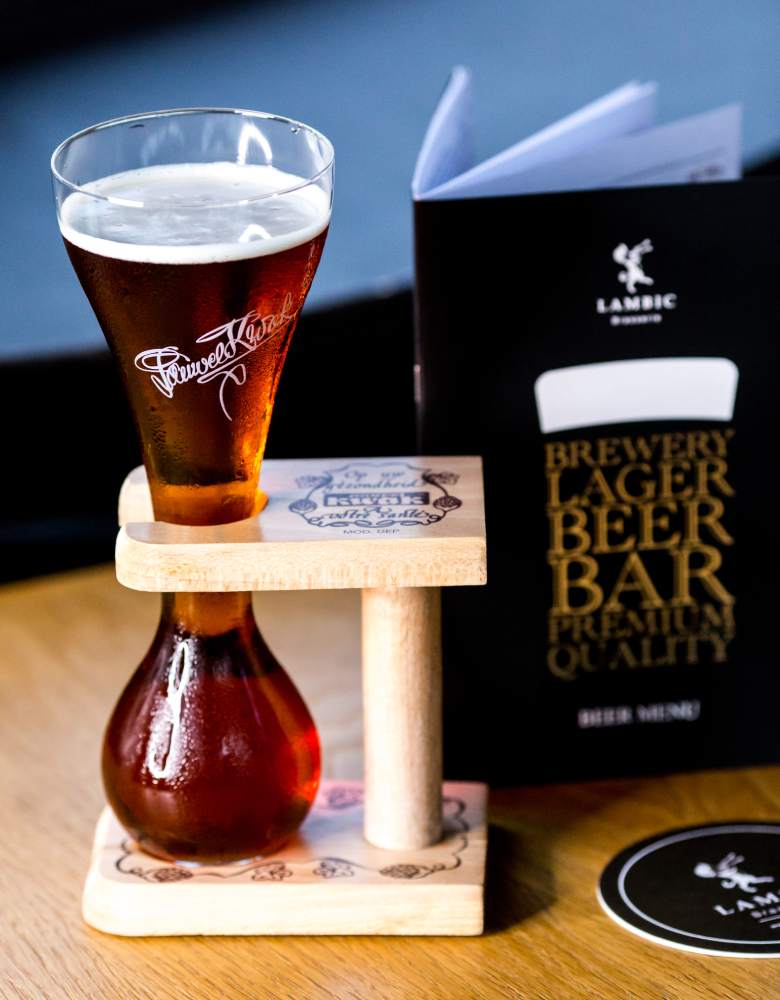
The legendary Kwak: It's not even about the glass
23 March 2021
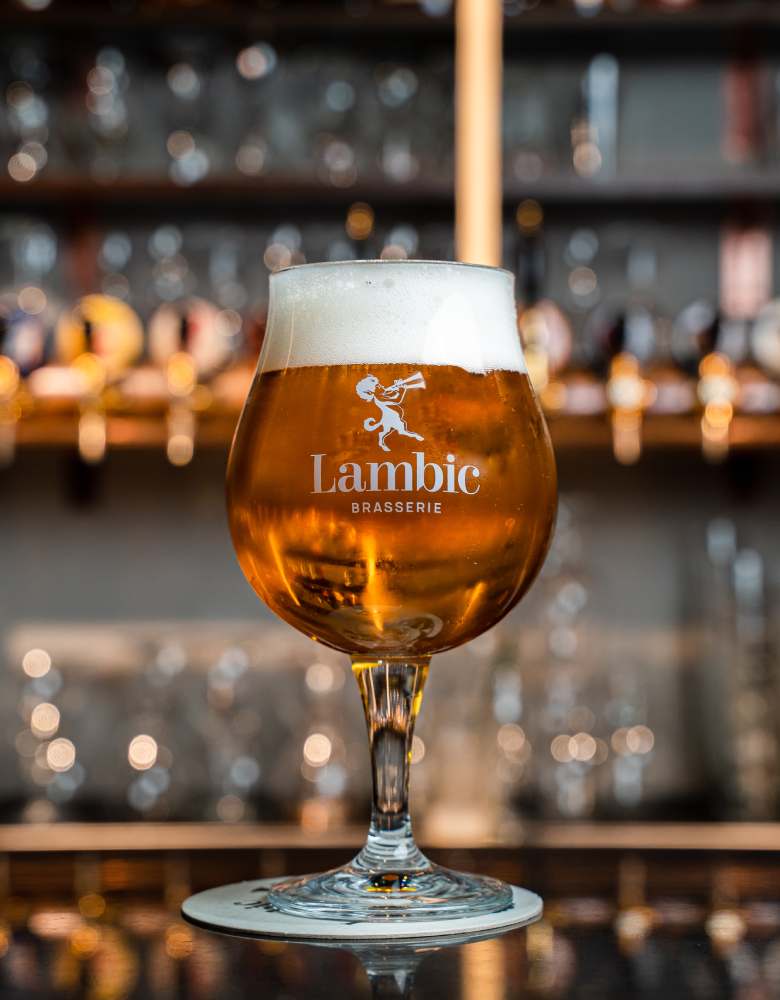
Non-Alcoholic Beer: When Degree Doesn't Matter
23 March 2021
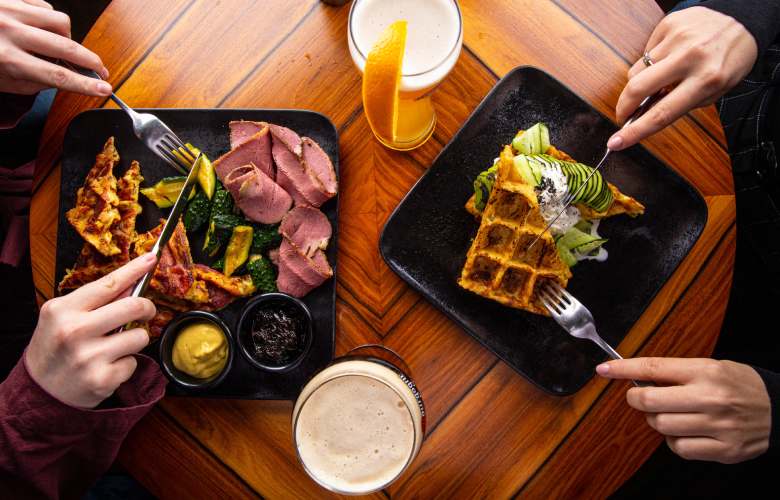
What to drink beer with: peculiarities of the choice of appetizers for different beers
22 March 2021
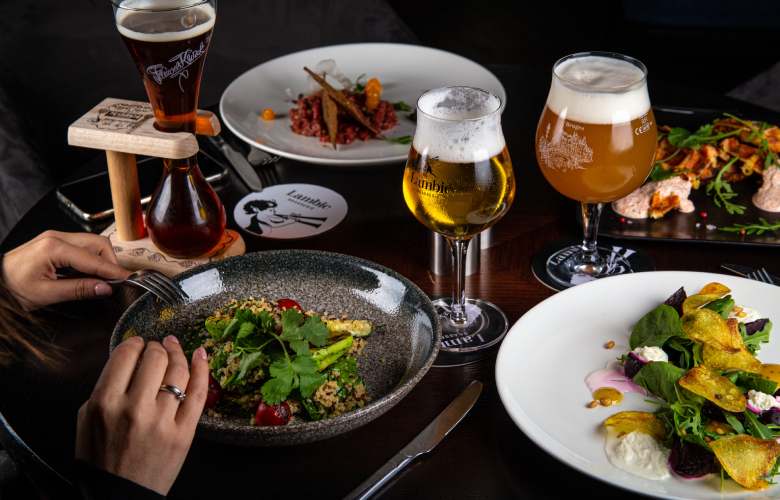
The benefits and harms of beer: an objective assessment
21 March 2021

The Most Popular Beer Styles: A Quick Guide for Beginners
21 March 2021
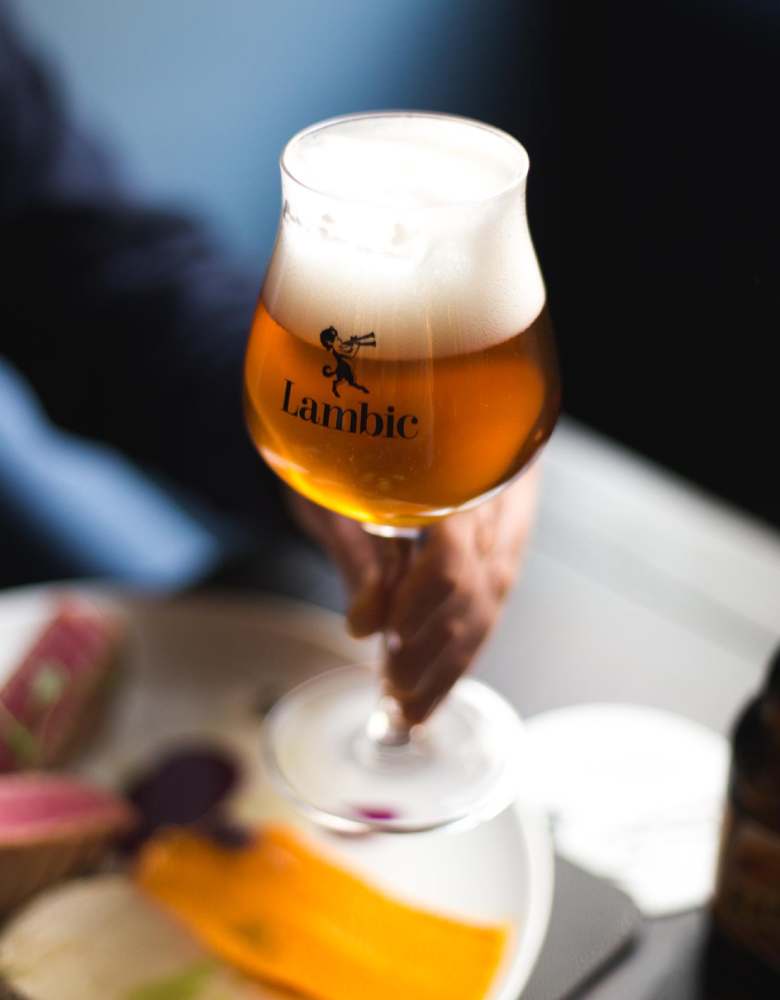
Lager: what kind of beer it is and how to drink it properly
21 March 2021
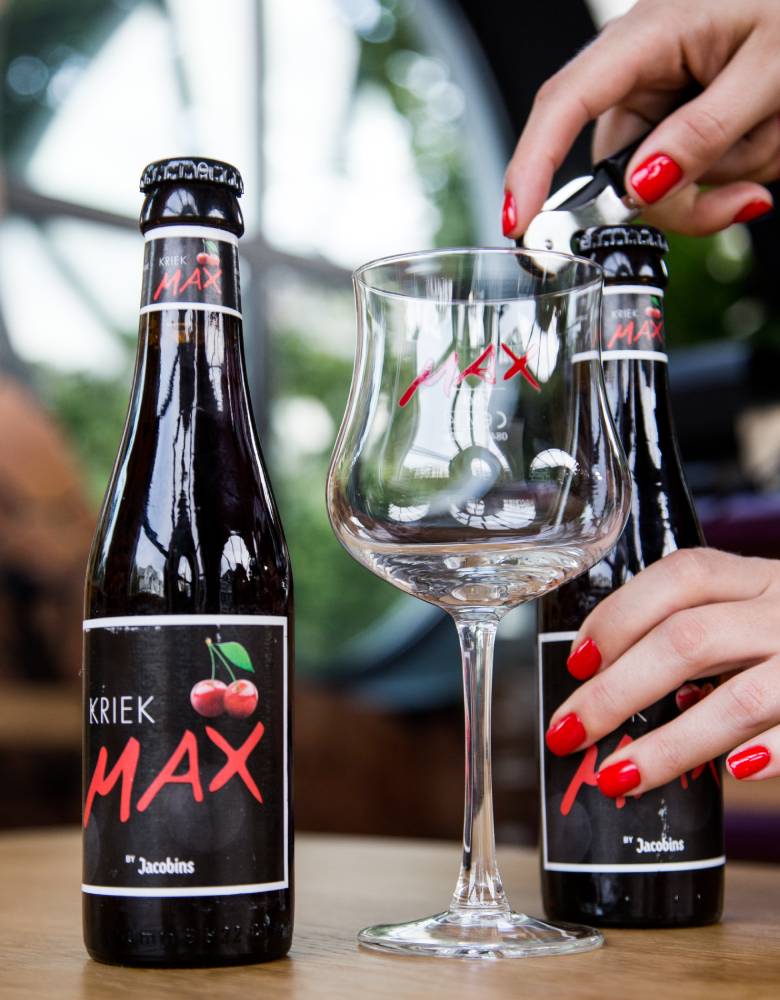
Belgian Kriek-style beer: more than just a cherry
15 March 2021
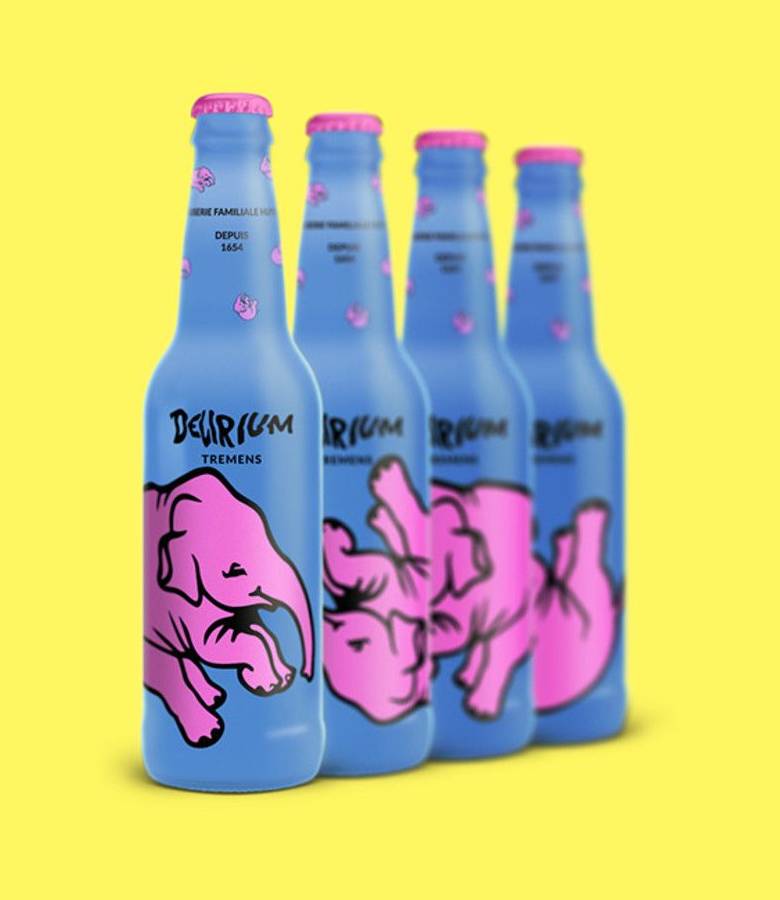
Delirium tremens - a beer with an elephant on the label that the whole world knows
01 March 2021

Belgian beer that everyone should try
01 March 2021
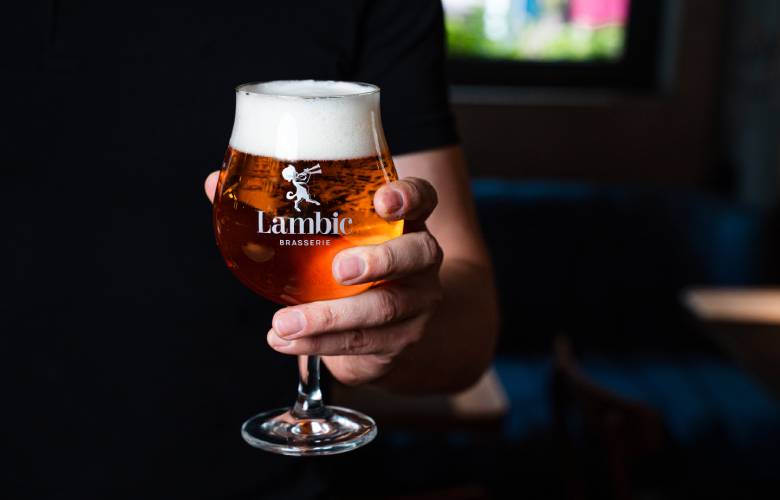
Lambic: beer for real connoisseurs
01 March 2021
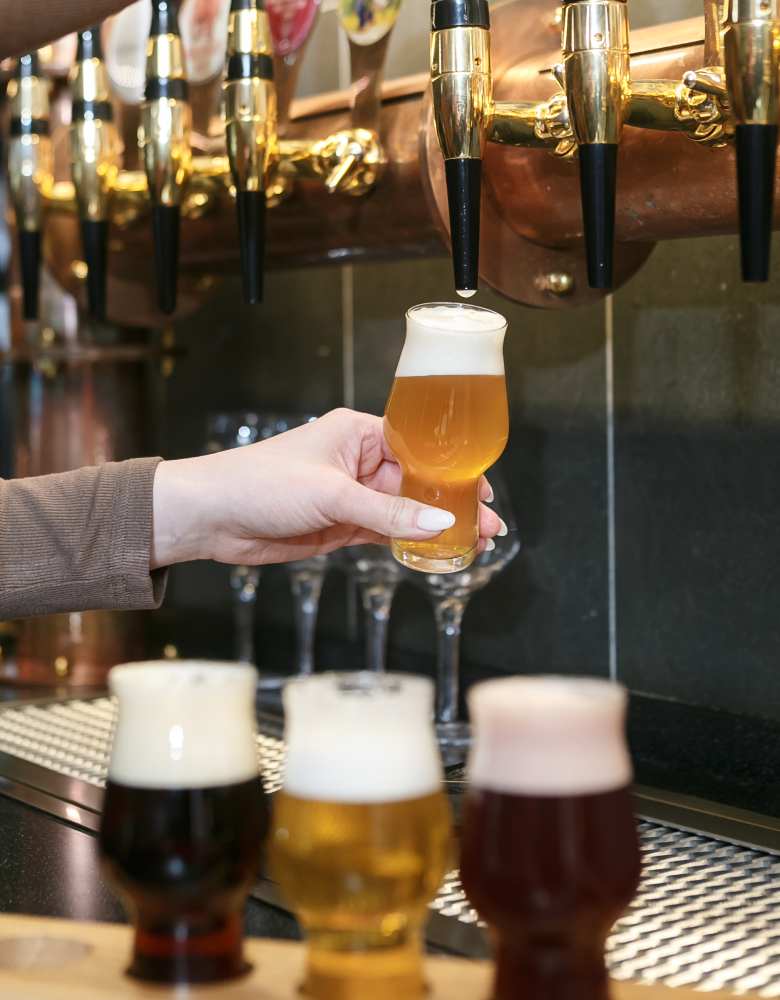
Draft beer and its peculiarities: what you need to know not to lose in taste
01 March 2021

Blanche de Bruxelles with a boy on the label: two symbols in one bottle
01 March 2021
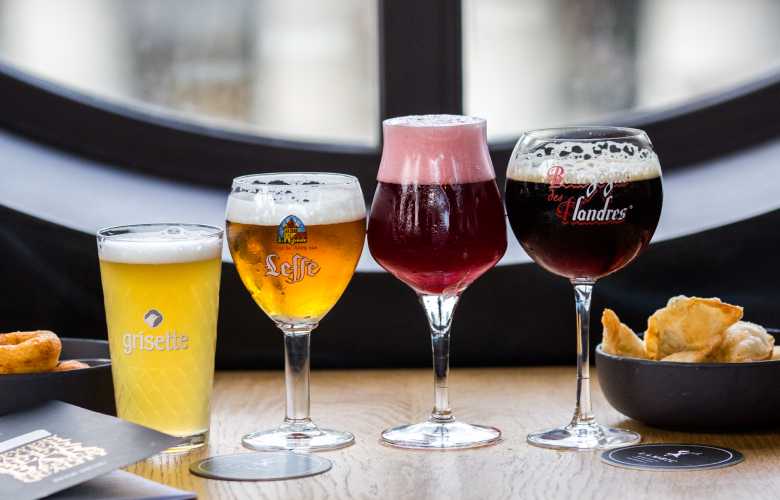
Myths about beer: what exactly you should not believe
01 March 2021
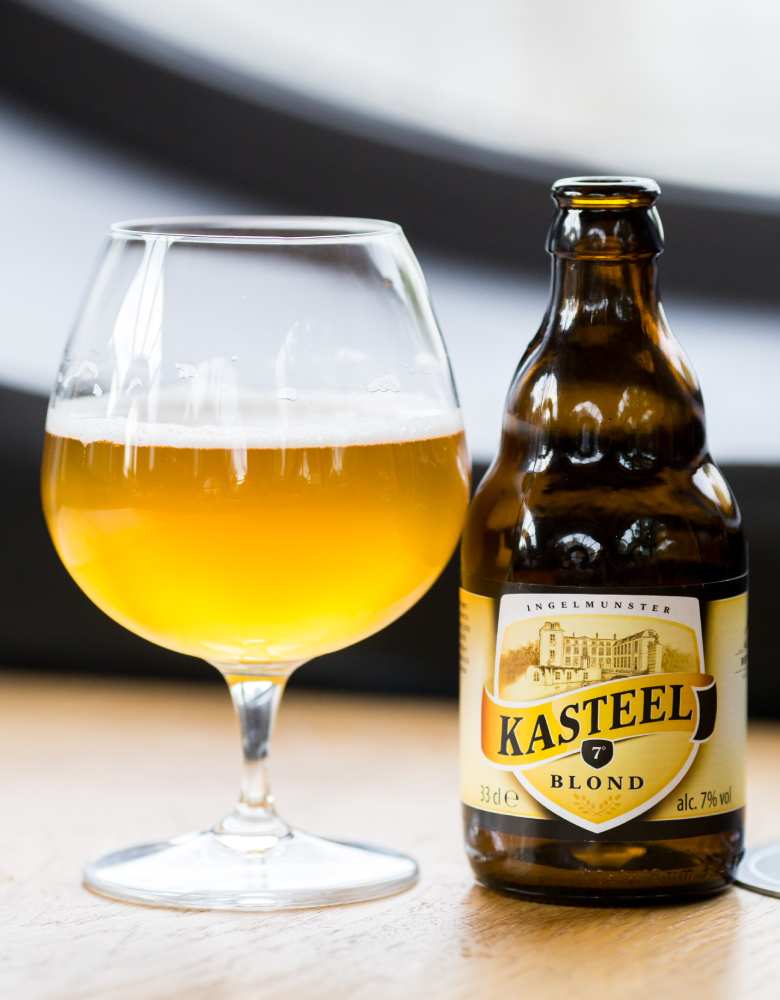
Elle: the complete history of the most famous style
01 March 2021
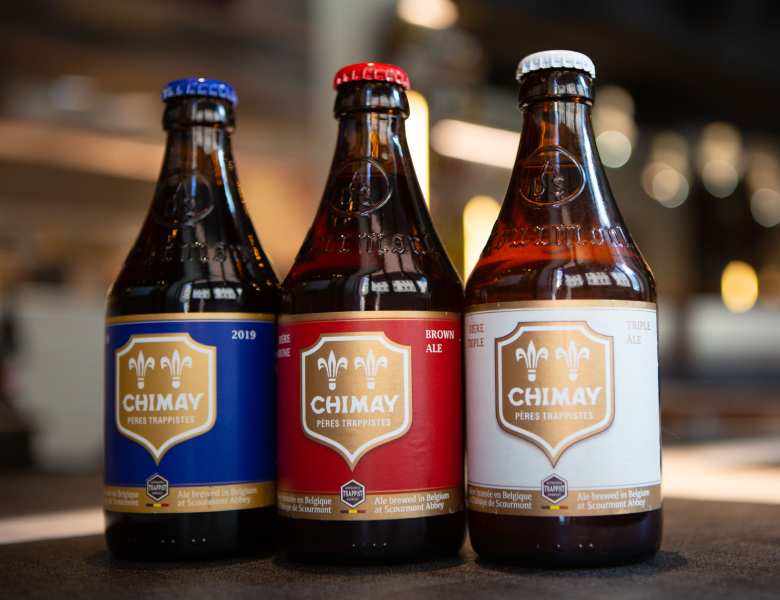
Trappist beer: a legend to be tasted
01 March 2021
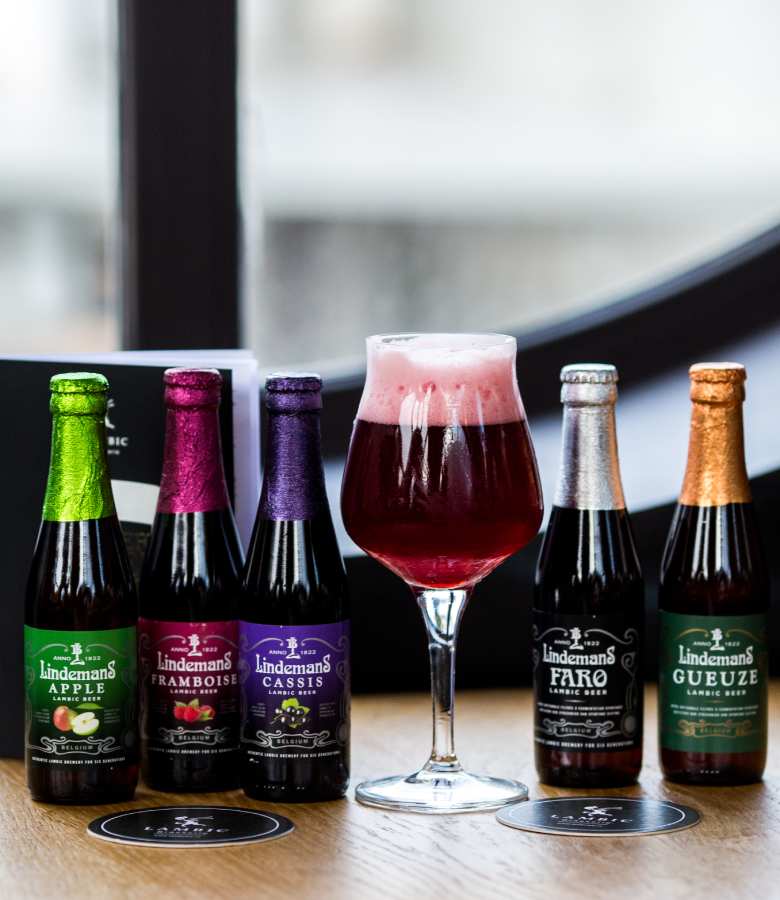
Fruit beer: how it is brewed and why it is loved
01 March 2021

Veranda at Lambic in Bolshoi Cherkassky Lane
27 February 2021

Lubyanka Restaurant
28 August 2022